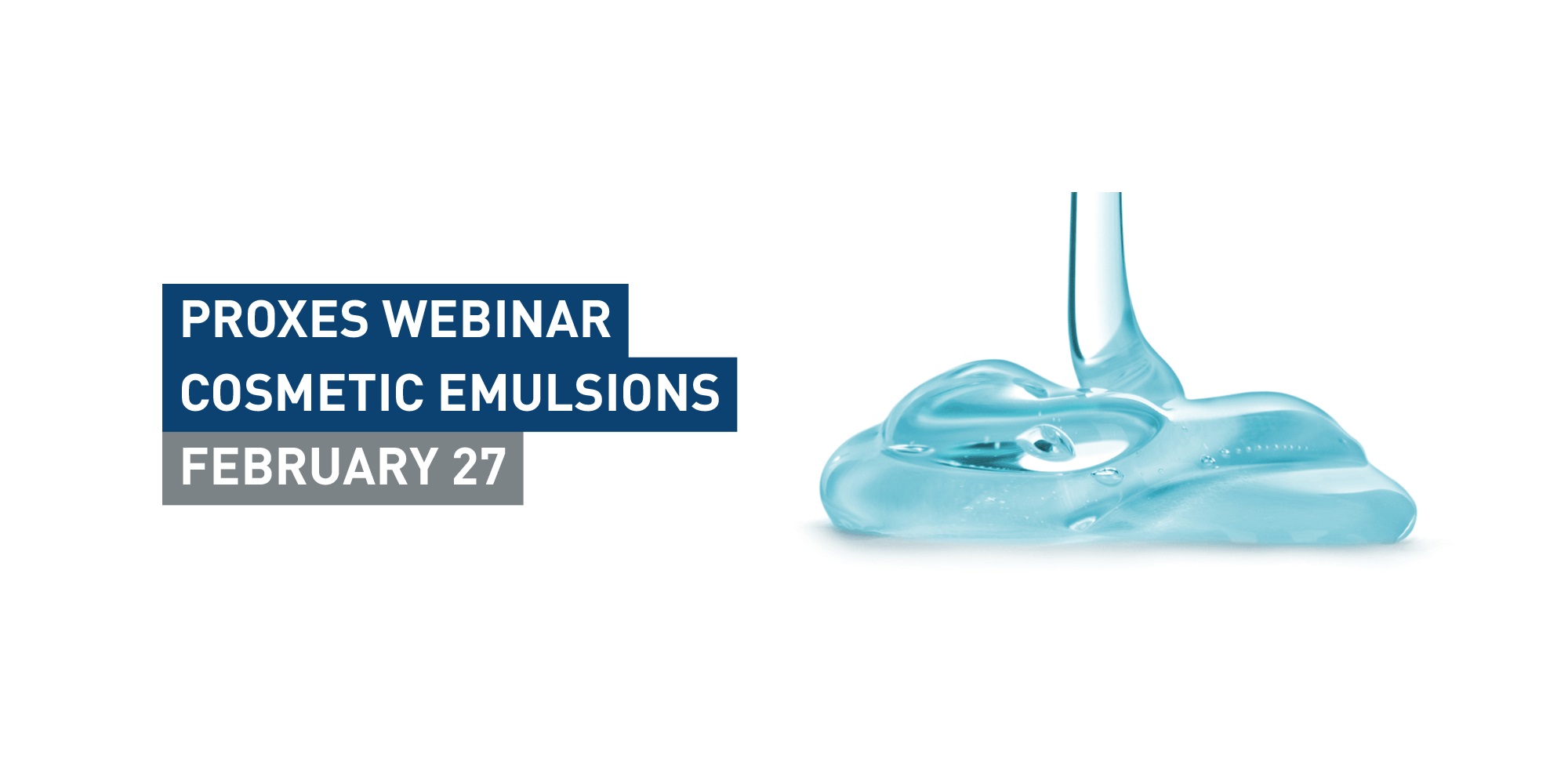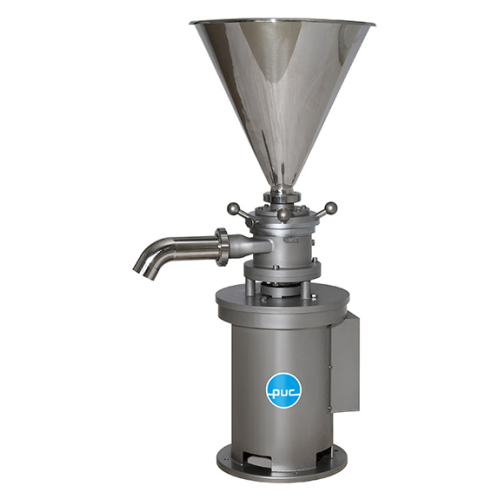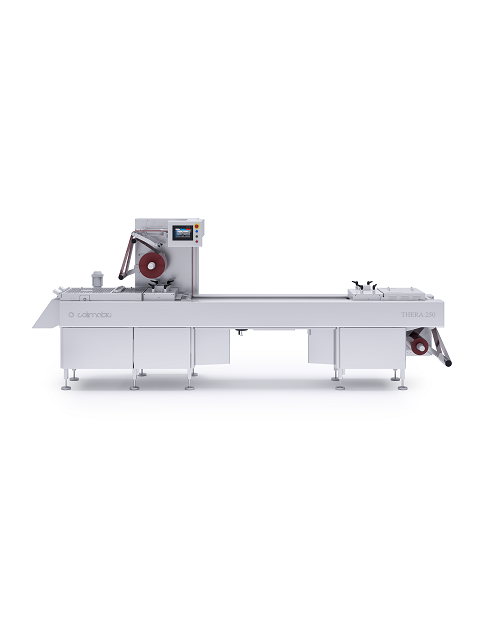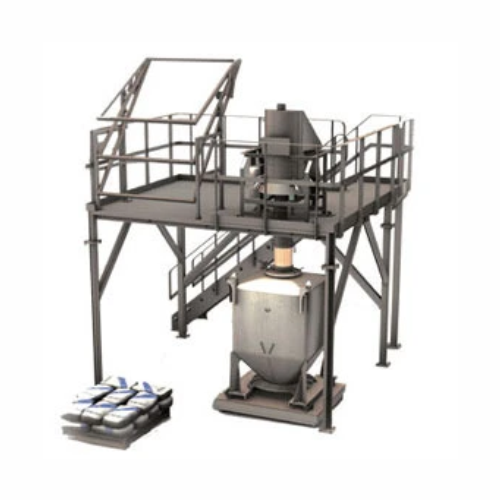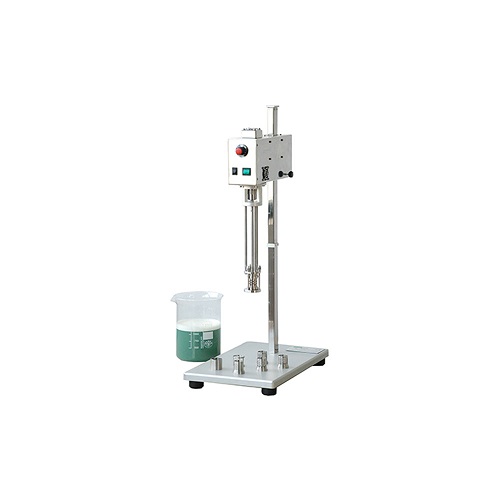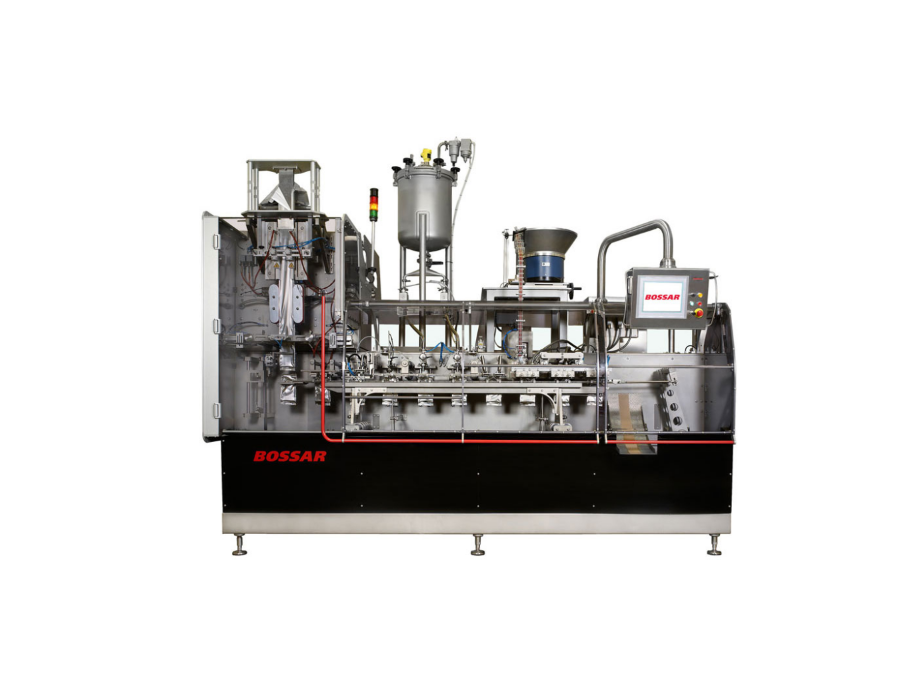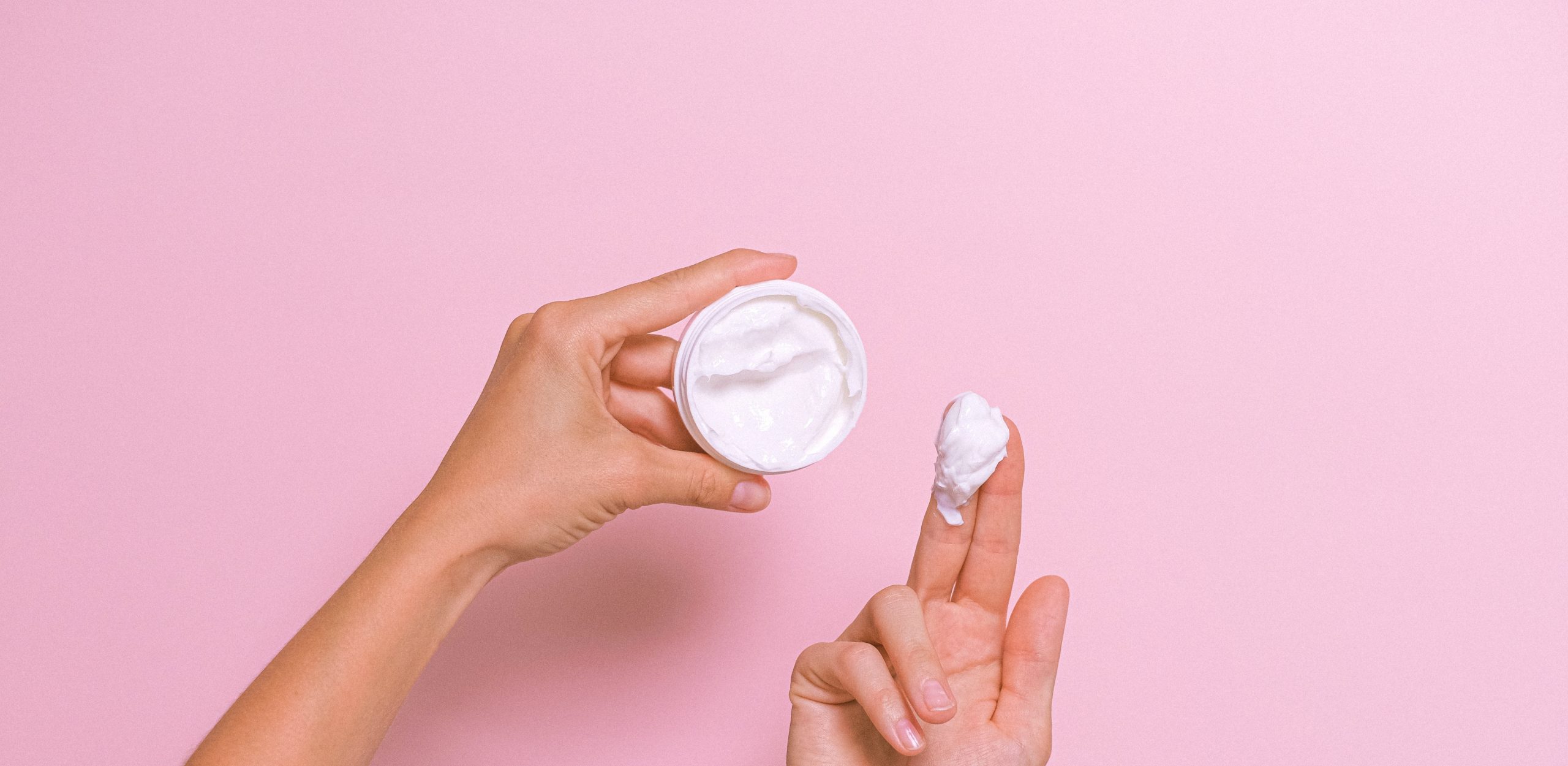
Making Cosmetic Creams
Find innovative production technology for making cosmetic creams and connect directly with world-leading specialists
Did you know that in the 30s, cosmetic creams that contained radioactive material were booming on the market because they promised to reduce wrinkles? Thank God that's no longer the case. To make a cosmetic cream today, you need to create a stable mixture of oil and water and add an emulsifier to join these otherwise immiscible substances.
Stories about cosmetic creams
Tell us about your production challenge
Let’s dive into the cosmetic cream manufacturing equipment
Producing cosmetic creams involves two major stages. The first is the independent mixture of water and oil-soluble ingredients, while the second involves the combination of the two in a homogenizer for a uniform emulsion. The first stage typically utilizes elevated temperatures to facilitate even dispersion of constituents.
The combination phase permits the addition of more heat-sensitive elements, such as essential oils, and requires a slower, more delicate homogenizing system to finesse the desired consistency and potency. Selecting effective cosmetic cream manufacturing equipment requires an understanding of the properties of your ingredients to optimize the time required from start to finish.
Employing emulsifiers for effortlessly incorporating elements
Emulsifiers are an essential inclusion in your body lotion formula. The beauty of emulsifiers is that the molecules contain an aspect for binding to both polar substances, like water, and nonpolar substances, like oil. As a result, oil in water suspensions will see tiny droplets of oil bound by emulsifiers and dispersed into water. This formulation leaves minimal residue when applied to the skin. Water in oil suspensions will naturally see the opposite.
These heavier creams are excellent for people with dryer skin needing greater skin barrier protection to maintain good moisturization. The oil will usually carry most of the active ingredients, and you can regulate the viscosity or thickness of the cream by the amount of water included. Preservatives are essential in preventing degradation, as microbes are keen to grow in any well-hydrated environment.
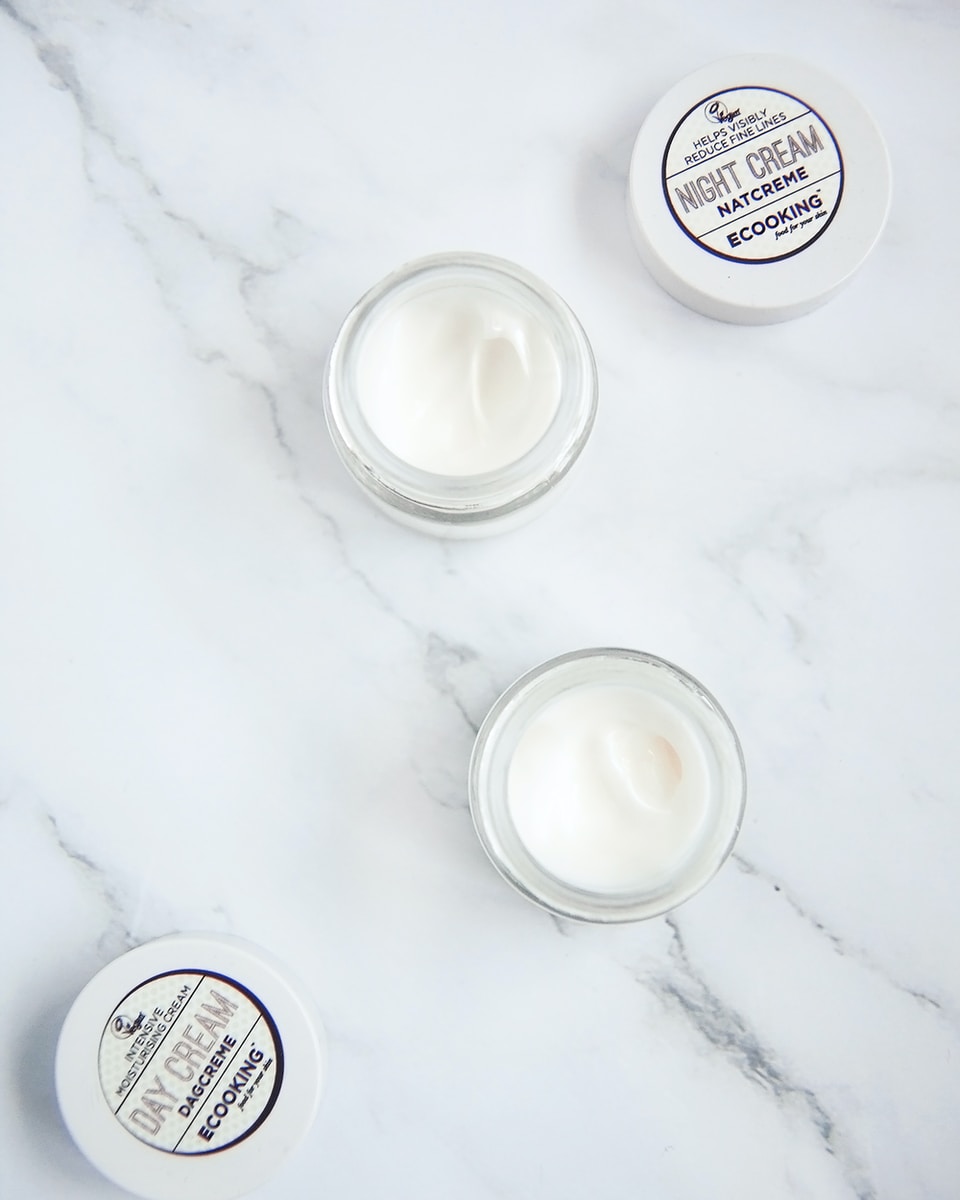
The incredible variety of cosmetic creams and their constituents
Cosmetic creams may differ in their constituents according to their desired effect and time of application. Day creams, for example, tend to be lighter and less prone to clogging up pores in the presence of pollutants. On the other hand, nights creams can be heavier in the absence of environmental irritants and provide an extended window to buffer and rejuvenate the skin. Care must be taken to consider the biochemical requirements of active ingredients to ensure optimal bioavailability.

Blocking blue light, an aging accelerator?
With the majority of industry moving indoors, and a growing understanding of the dangers of UV rays, people are ever more careful to protect themselves from the harsher habits of sunlight. Even so, another contender has taken its place as the most prevalent threat. Phones and laptops have become as ubiquitous as the air we breathe, and the blue light they produce may provoke undesirable consequences in those frequently exposed to it. Research has shown that blue light may lead to the loss of cell mass and even cell death, so modern cosmetic creams have begun to offer protection against such undesirable consequences. Blue light cosmetics typically invoke antioxidants and ingredients that preferentially block such wavelengths of light, so formulas including them must invariably take care to ensure they lose no potency during incorporation.
Processing steps involved in cosmetic creams making
Which cosmetic creams technology do you need?
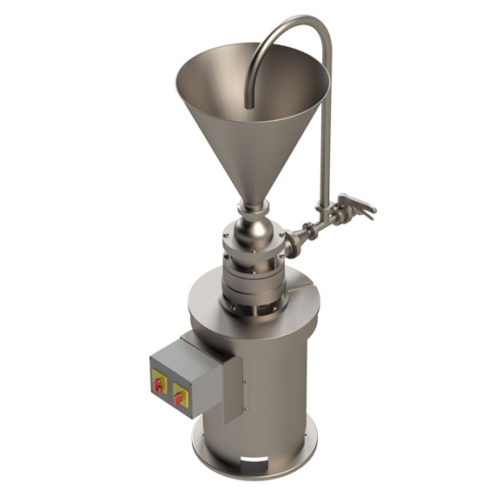
Perforated disc mill for pre-comminution and mashing
Achieve precise granulating and mashing of diverse materials with th...
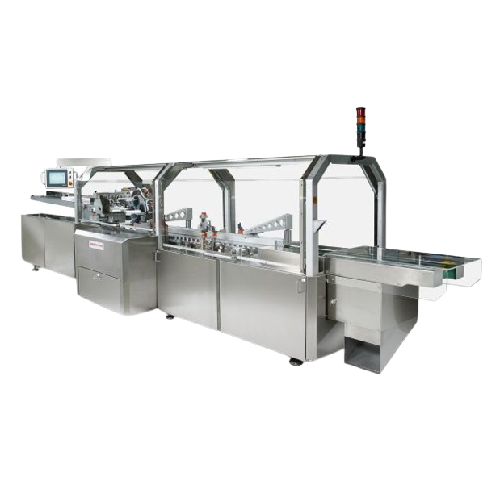
Hig Speed Tube Cartoner
Achieve seamless integration into your high-speed packaging line with a cartoning solution that ensur...
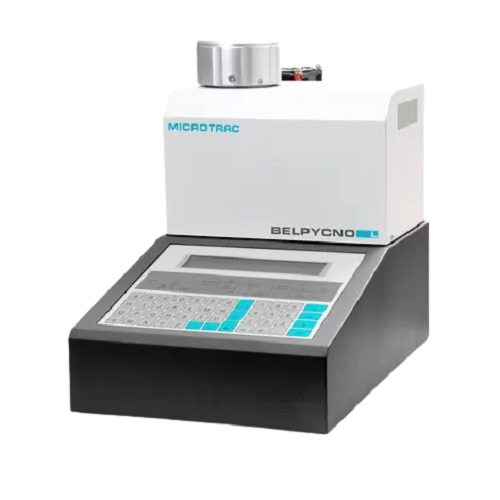
Gas pycnometer for precise density determination
Achieve accurate and reliable density measurements for a diverse range of...
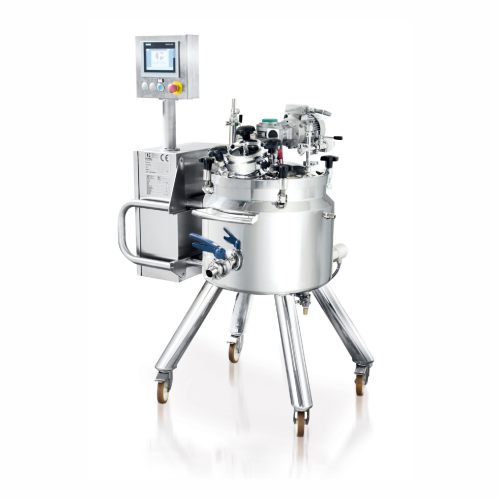
Industrial melter for cosmetic product processing
Streamline your production with this versatile melter, designed to effi...
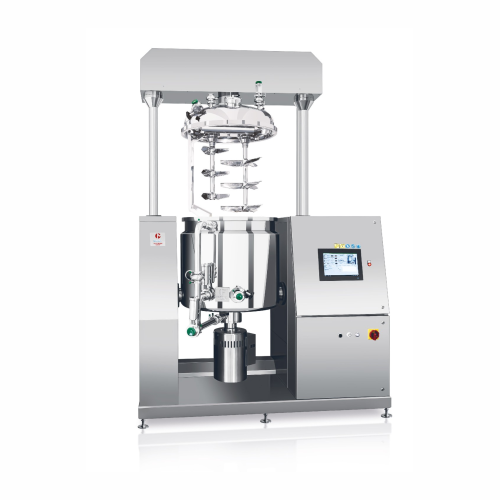
Vacuum turboemulsifier for medium-scale production
Achieve precise emulsification and consistent quality in liquid and cr...
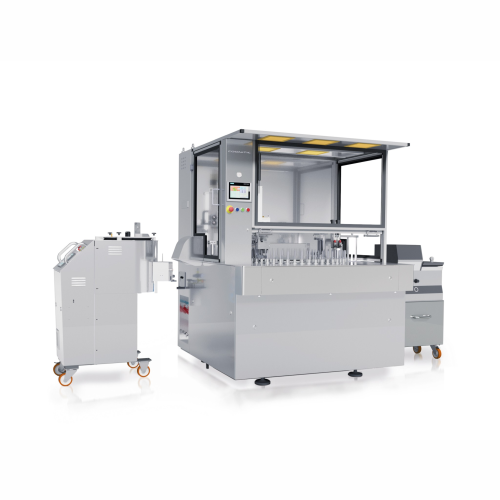
Cosmetic pencil filling system
Streamline your cosmetic production with high-speed filling and precise molding capabilities,...
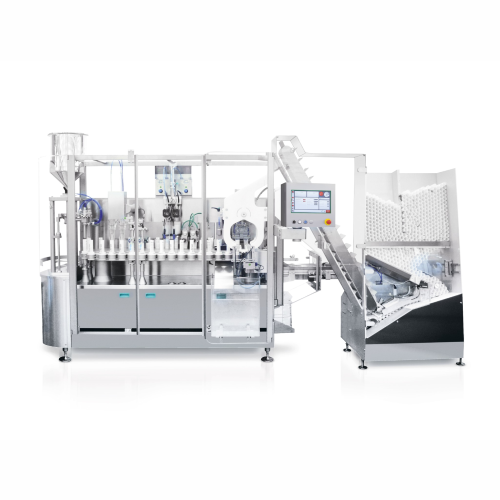
Automatic tube filling and closing for metal, plastic, and laminate tubes
Enhance your production efficiency with a hi...
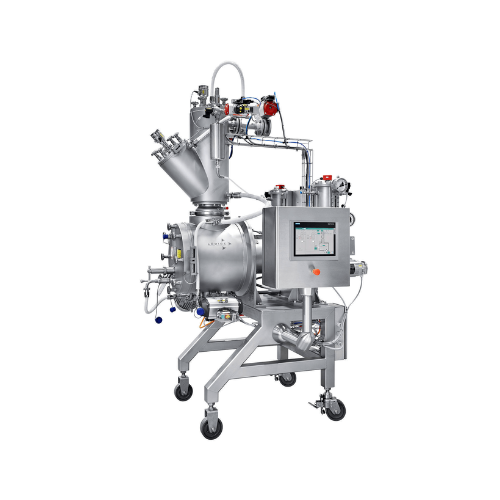
Vacuum paddle dryer for laboratory use
Achieve precise temperature and moisture control in your batches with this vacuum sh...
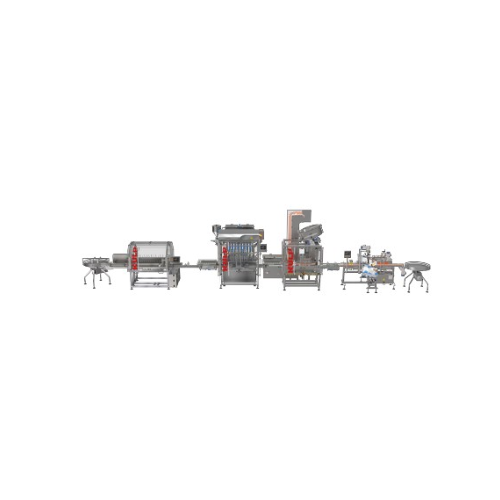
High capacity filling line for jars and bottles
Need to streamline your packaging line? This high-capacity solution proces...

Large container filling line
Optimize your production line with a seamless solution for efficiently filling large containers...
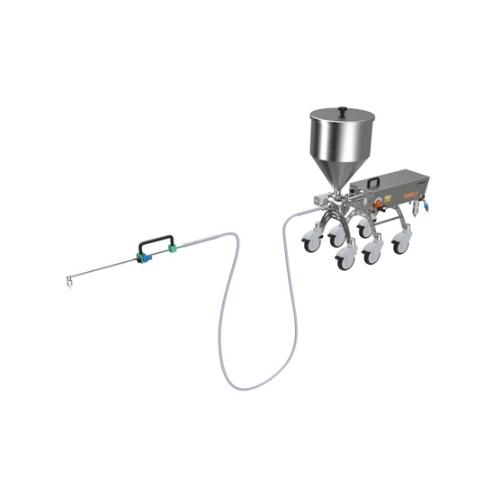
Volumetric filling technology for cosmetic and food products
Achieve precise and contamination-free filling of liquid an...
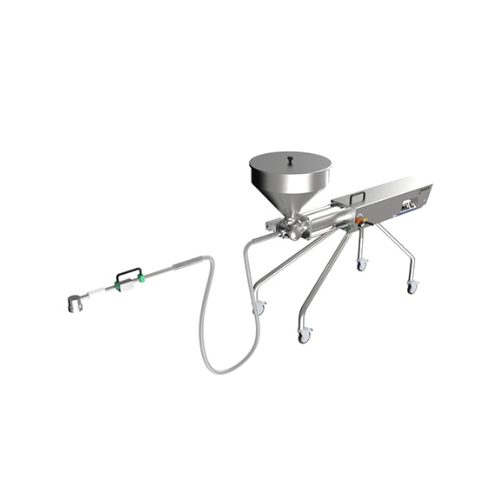
Volumetric filler for packaging liquids and semi-solids
Optimize your filling process with precision control and adaptabl...
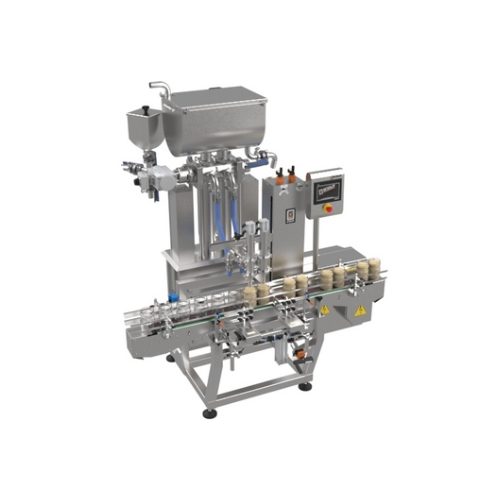
2-head liquid and viscous product filling system
Streamline your filling operations with precision and versatility designe...
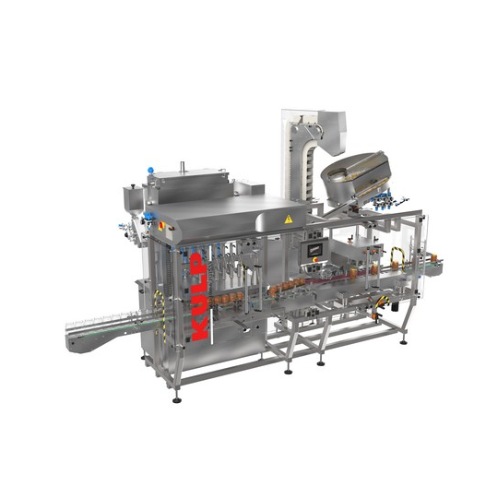
Volumetric filling and capping solution for liquids and viscous products
Effortlessly integrate high-precision filling ...
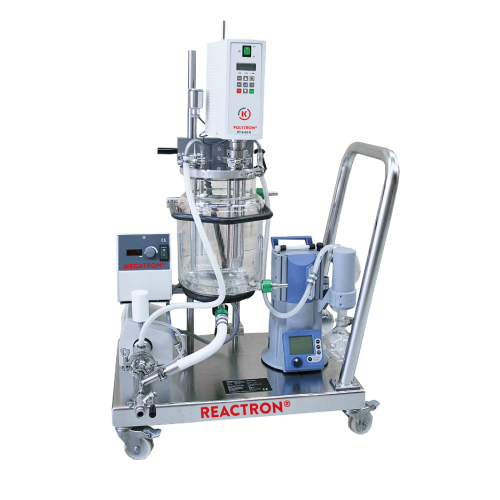
Highly scalable reactors for chemical synthesis
Optimize your production line with versatile reactors designed for seamles...
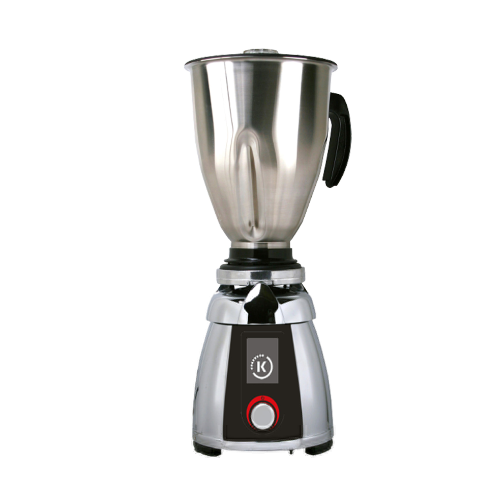
Laboratory mixer for homogenizing and mixing samples
Achieve precise sample preparation and efficient mixing with this ve...

Powder induction system for high solid concentrations
Optimize your production line with this advanced system designed to...
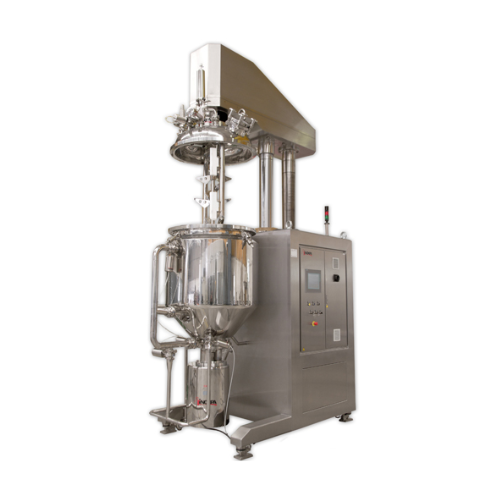
Counter-rotating blender for cosmetic and pharmaceutical mixing
Achieve precise mixing and homogenizing of complex formu...
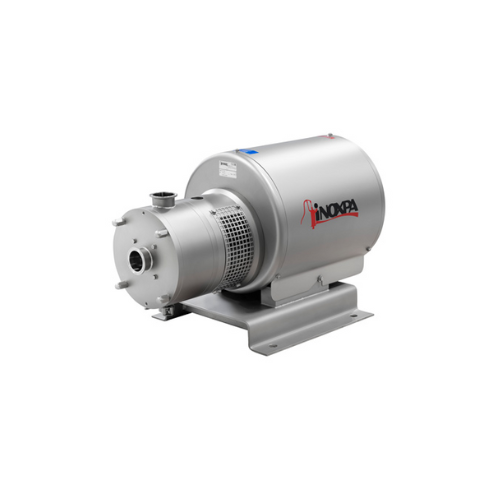
In-line high shear mixing solution
Achieve precise emulsification and particle size reduction with high shear capabilities,...
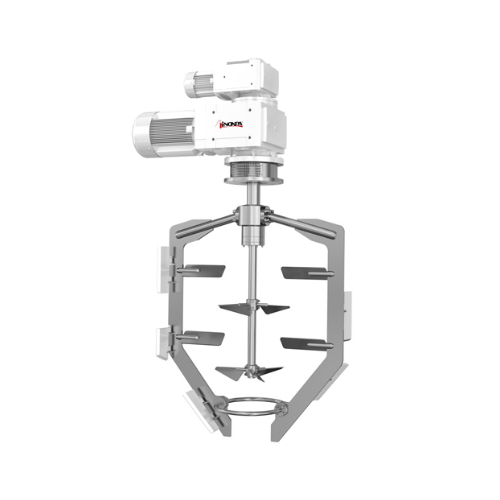
Counter-rotating agitator for high viscosity products
Achieve seamless heat transfer and precise mixing with a counter-ro...
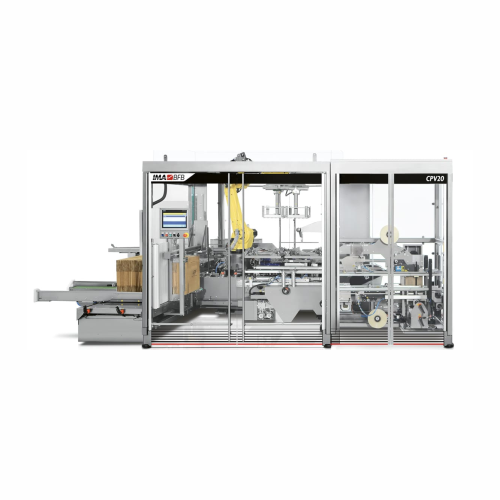
Top-loading case packer for pharmaceutical and cosmetic products
Ensure precision and flexibility in packaging with this...
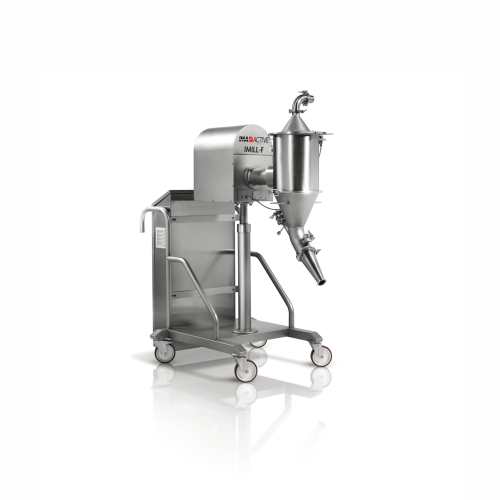
Cone mill for particle size reduction
For precise particle size reduction, the cone mill offers flexible screening options ...
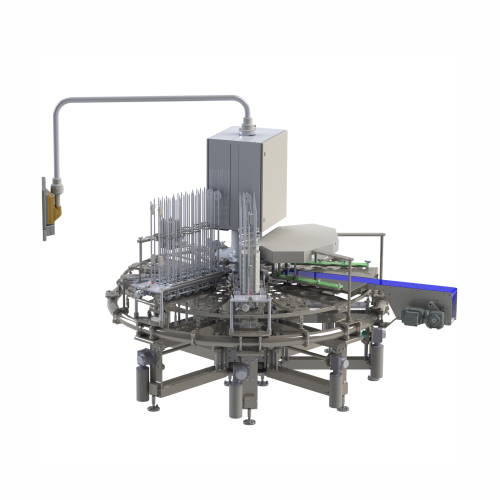
Rotary filling and sealing for liquid to pasty products
Boost production efficiency with a flexible rotary solution that ...
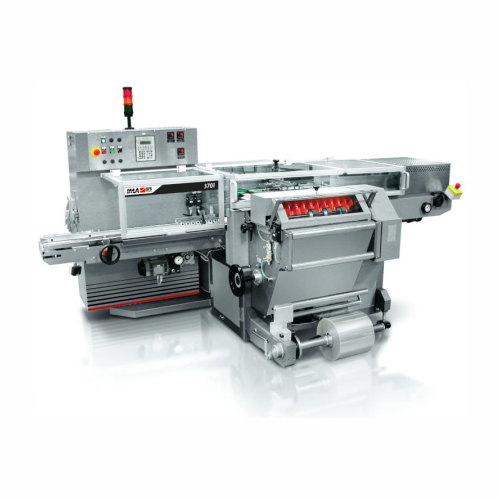
Overwrapping system for cosmetic and toiletry items
Ensure precise overwrapping of cosmetic and toiletry items with advan...
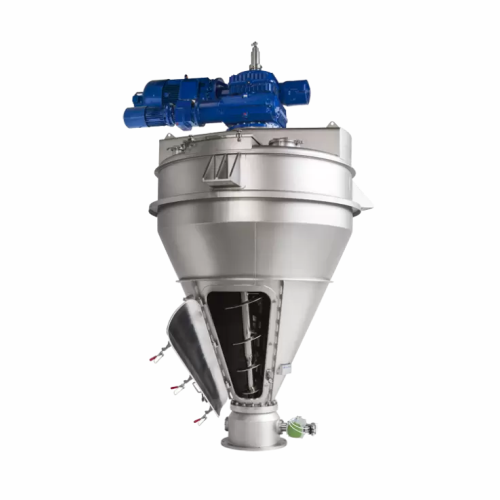
Mid-shear mixer for powders and bulk solids
Achieve ultra-short mixing cycles and superior homogeneity without the need fo...
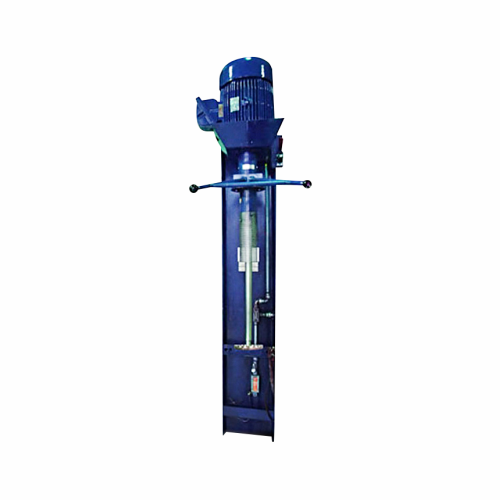
Drum mixer for dispersions & agitations
Achieve seamless fluid formulation and agitation with a compact, high-speed drum mi...
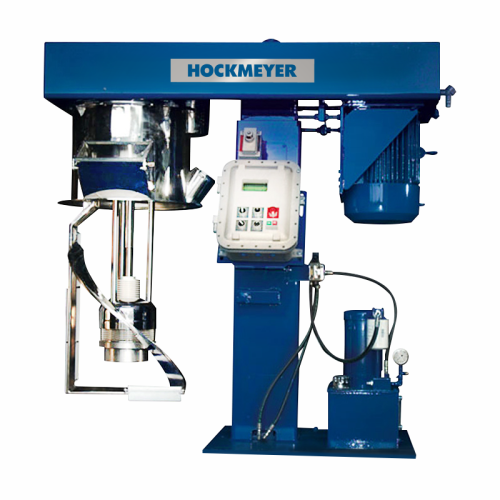
Immersion mill with sweep blade for high-viscosity products
Optimize your production line with this immersion mill desig...
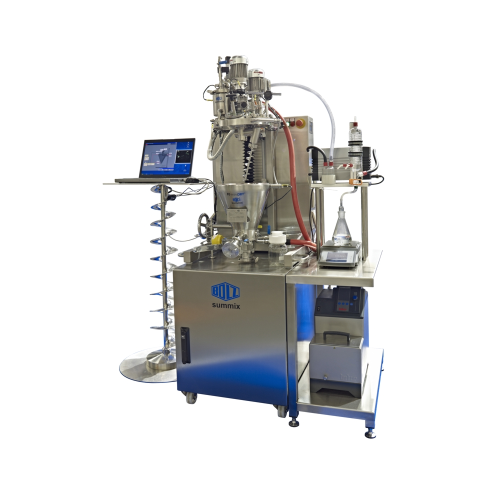
Laboratory system for drying and mixing processes
Enhance your R&D capabilities with precise drying and mixing contr...
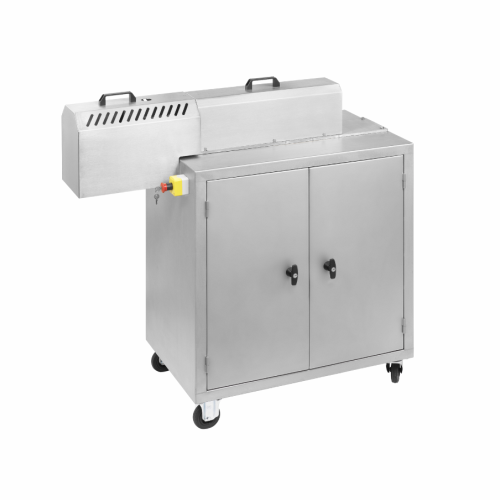
High-viscosity continuous industrial kneader for small volumes
Achieve consistent high-viscosity material processing wit...

Mascara and lip gloss filling system for cosmetics
Optimize your cosmetic product filling operations with precision, hand...
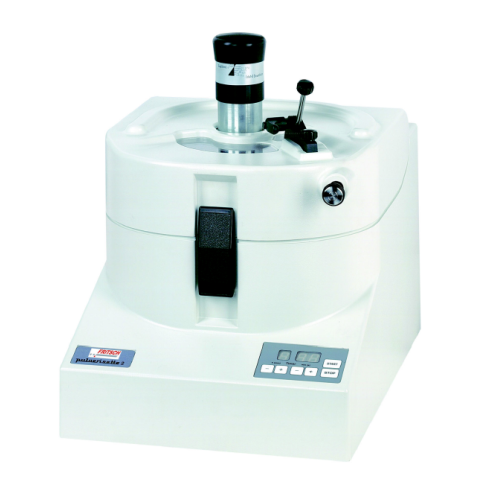
Laboratory mortar grinder for wet and dry grinding
Ensure precise blending of fine powders, pastes, and creams with contr...
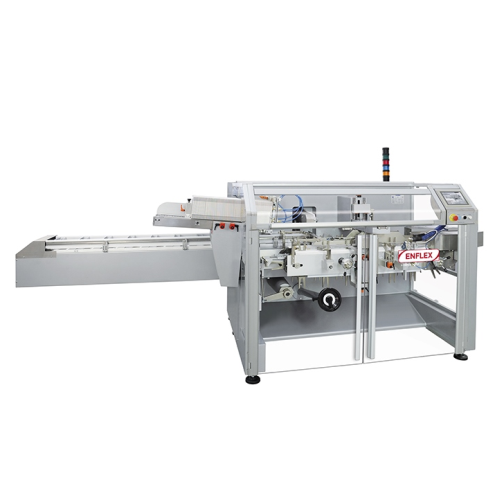
Intermittent side-load cartoner for pouches or stick packs
Optimize your packaging process with an intelligent side-load...
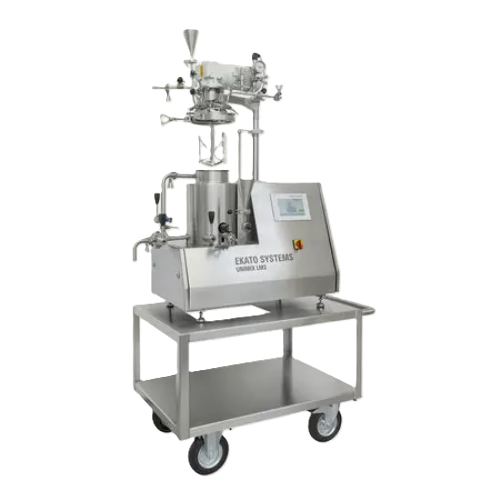
Vacuum processing units for lab scale applications
Optimize the development and scaling of cosmetic and pharmaceutical pr...
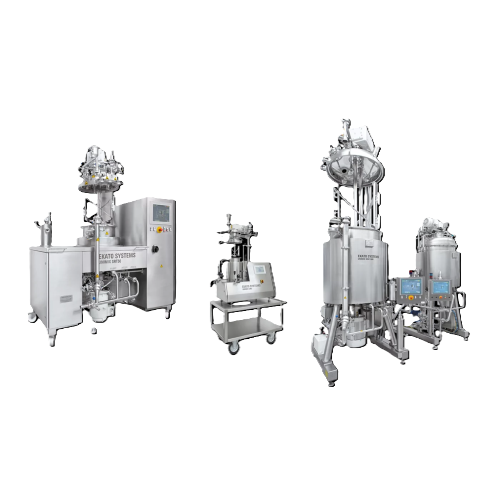
Vacuum processing units for high-viscosity products
For manufacturers seeking to streamline production of high-viscosity ...
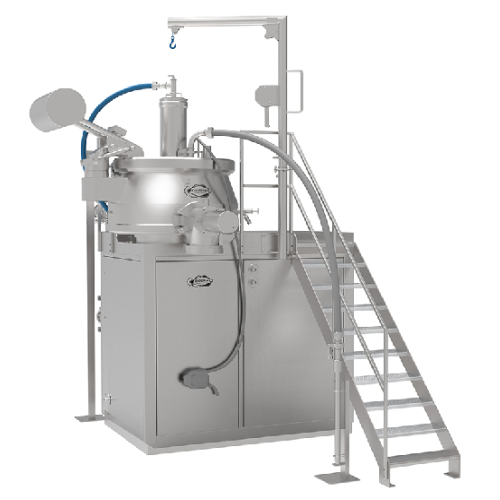
Pharmaceutical high-shear mixer granulator
Enhance your production efficiency with a high-shear mixer granulator, designed...
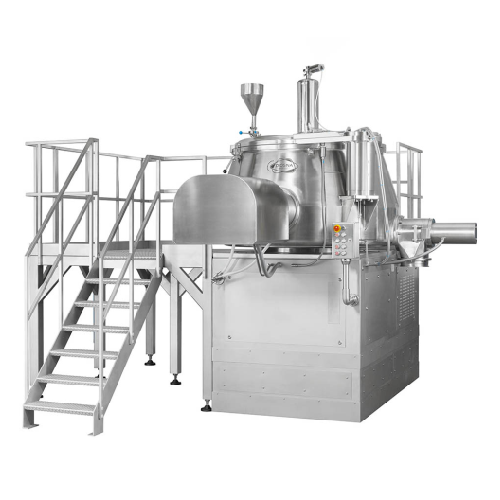
High-capacity universal mixer for industrial applications
Optimize your batch processing with a versatile high-speed mix...
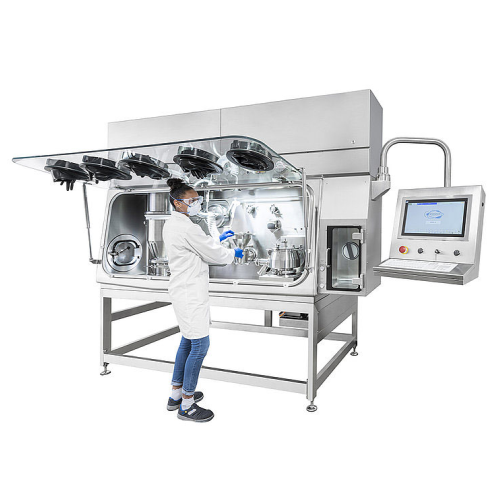
Containment solutions for pharmaceutical production
Enhance operator safety and product integrity with advanced containme...
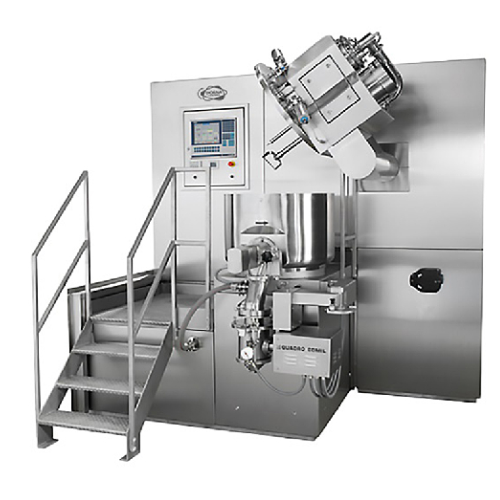
Single-pot processor for wet granulation and vacuum drying
Achieve efficient mixing, granulation, and swift vacuum dryin...
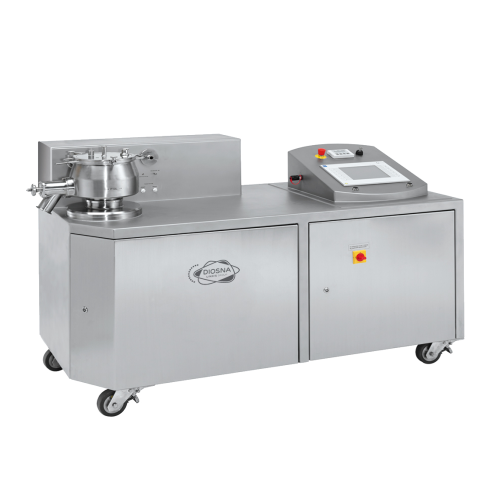
Laboratory unit for mixing, granulating, and vacuum drying
Achieve precise mixing, granulating, and drying in laboratory...
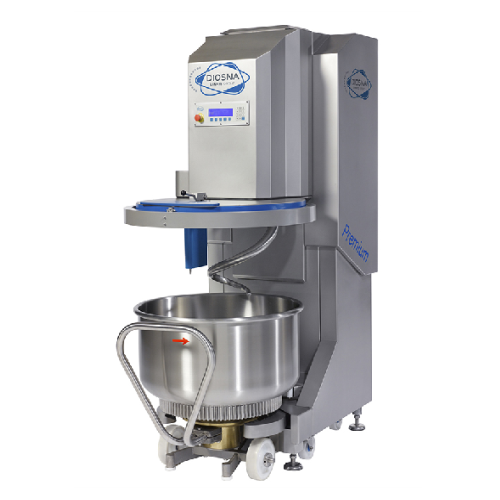
Interchangeable tool stainless steel kneader
Streamline your batch processing with this flexible mixing technology that of...
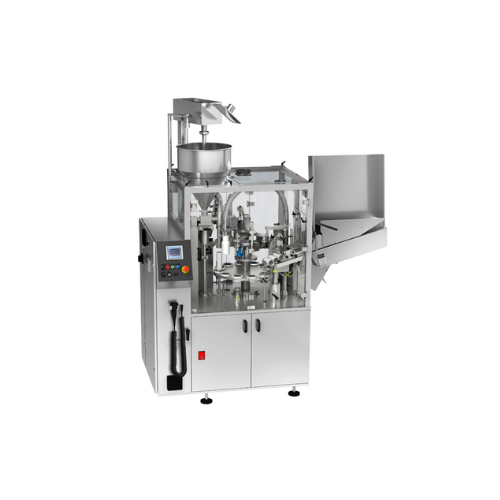
Tube filling solution for health and beauty applications
Achieve consistent quality and efficiency in tube filling operat...
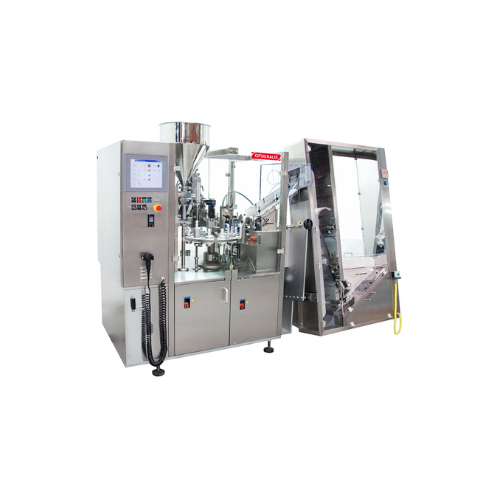
Tube filling solution for health and beauty products
Achieve rapid production with precision in tube filling for personal...
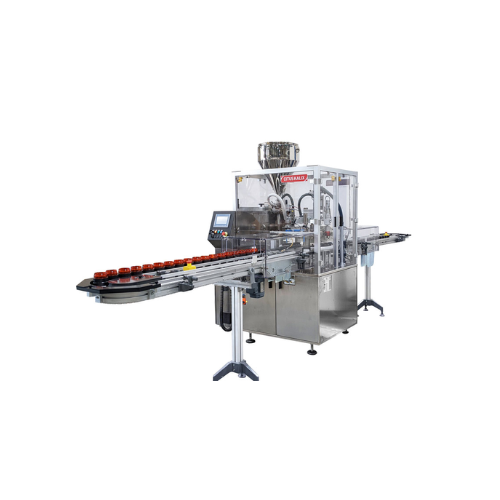
Cosmetic jar filling solution
Reduce product contamination and ensure precise filling with an intermittent jar filling solut...

Linear intermittent motion filling system for high-density liquids
Ensure precise dosing of high-density liquids like c...
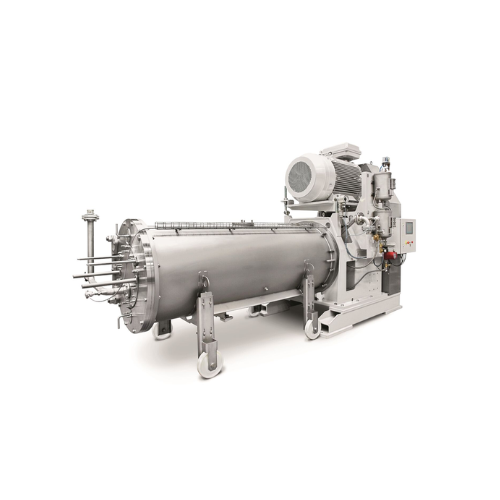
Full-volume bead mill for wet grinding applications
Achieve superior dispersion and particle size consistency with advanc...
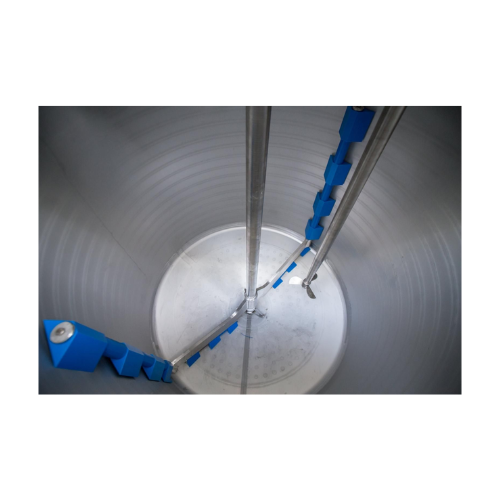
Vertical mixer for creams and desserts
Achieve uniform mixing and precise temperature control for diverse creamy and liquid...
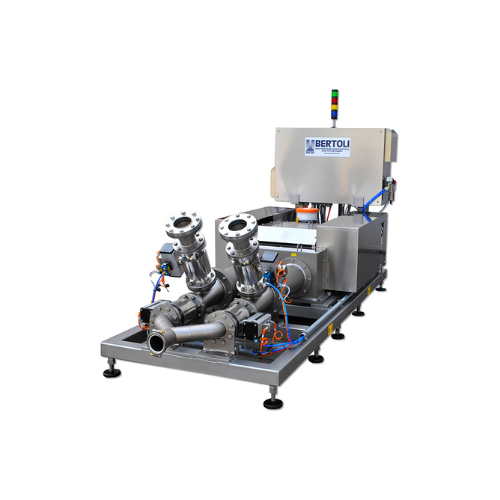
Industrial homogenizer for food and beverage applications
For manufacturers seeking consistent quality, this homogenizer...
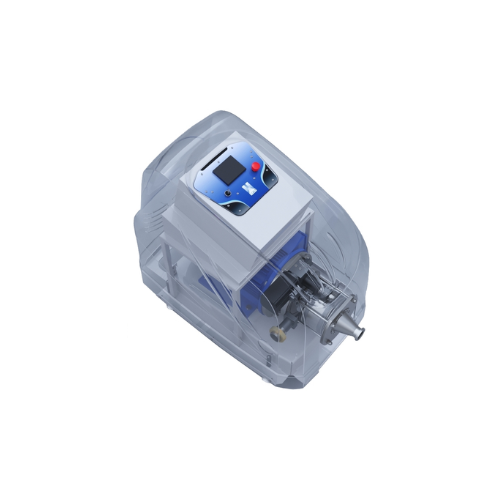
Colloidal mill for industrial homogenization
Achieve consistent emulsification, size reduction, and uniform particle distr...
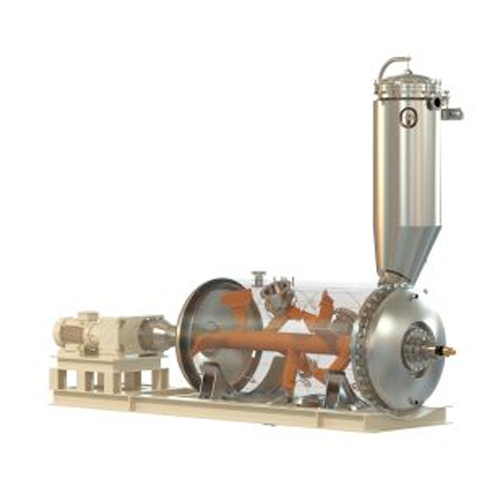
Horizontal vacuum paddle dryer for thermosensitive products
For high-viscosity products like active pharmaceuticals or p...
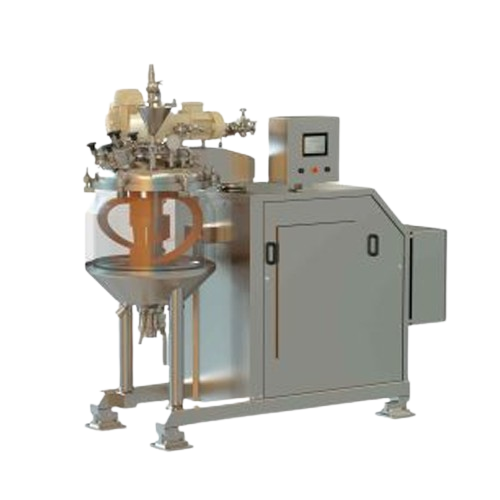
Vacuum mixer for liquids and semi-solids
Achieve precise mixing and homogenization of liquid and semi-solid formulations wi...
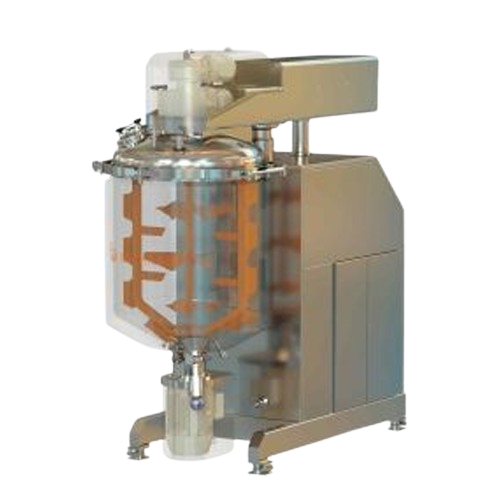
Vacuum mixer reactor for liquids and semi-solids
Achieve precise mixing and emulsification of complex liquid formulations ...
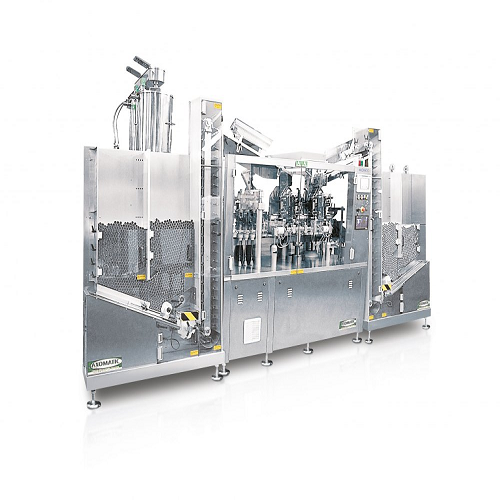
Automatic tube filling and closing system
Enhance production efficiency with a high-speed tube filling and closing system ...
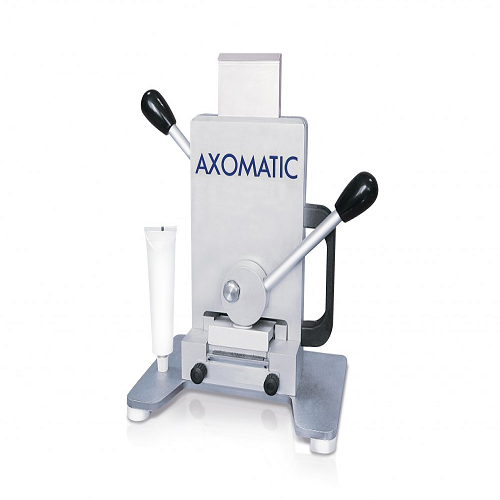
Manual sealing machine for aluminum tubes
Ideal for laboratories and small-scale production, this compact manual sealing m...
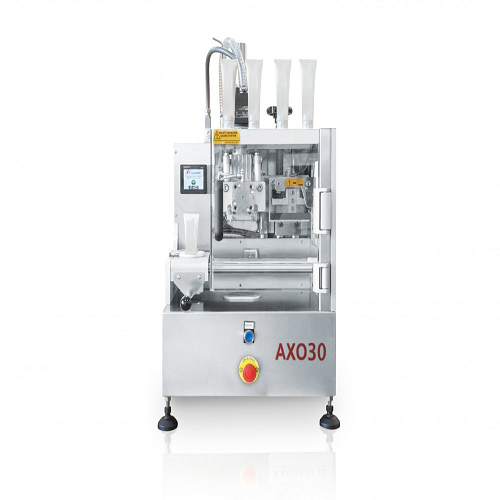
Manual tube sealer for plastic and laminated tubes
Secure precise and reliable seals on plastic and laminated tubes with ...
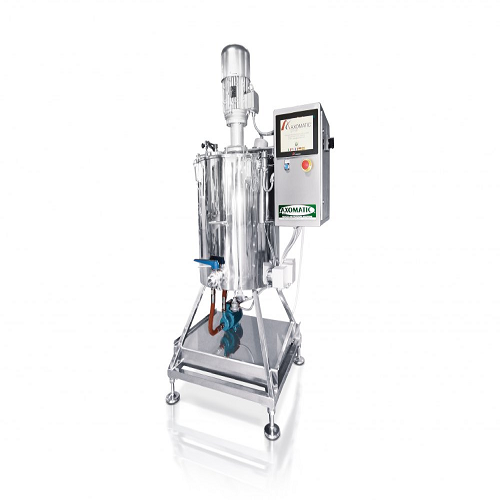
Melter for vacuum turboemulsifiers
Achieve optimal mixing, dispersion, and temperature control with precision-engineered me...
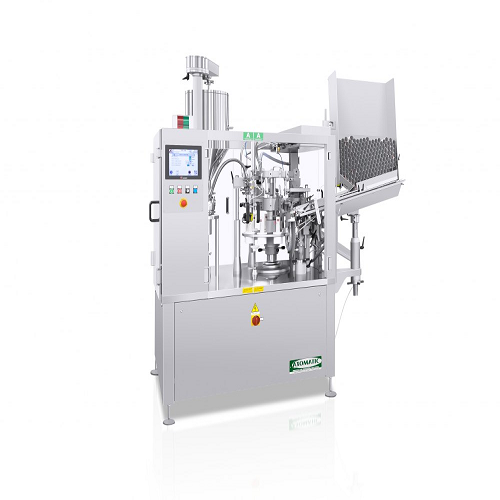
Automatic tube filling and closing solution
Optimize your production line with a high-speed machine for precise tube filli...
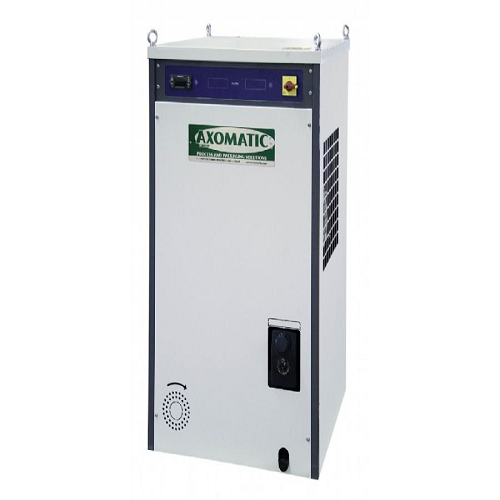
Industrial water chiller for homogenizers and filling machines
Optimize your production line with customizable water chi...
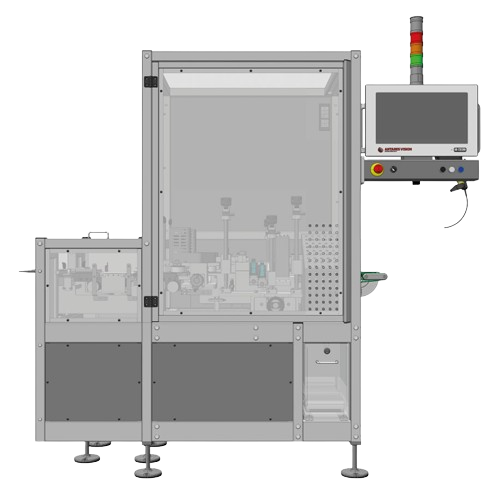
In-line checkweighing and printing system for cartons
Ensure precision and efficiency in your packaging line with a compa...
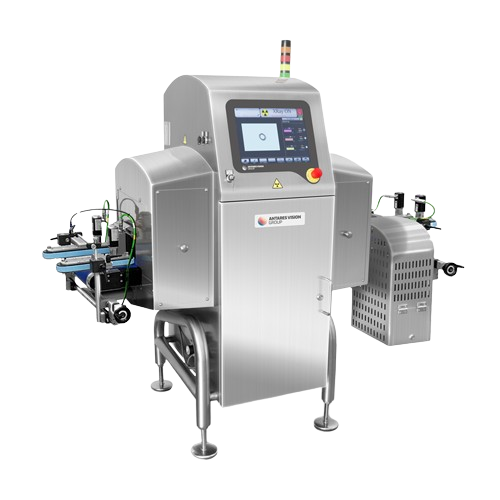
X ray inspection for unstable cosmetic products
Ensure product integrity by detecting contaminants in unstable packaging w...
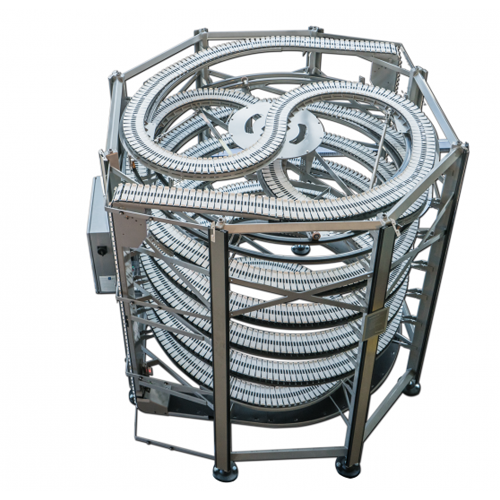
Non-contact accumulator for packaging lines
Experience seamless integration and reduced product interference with this inn...
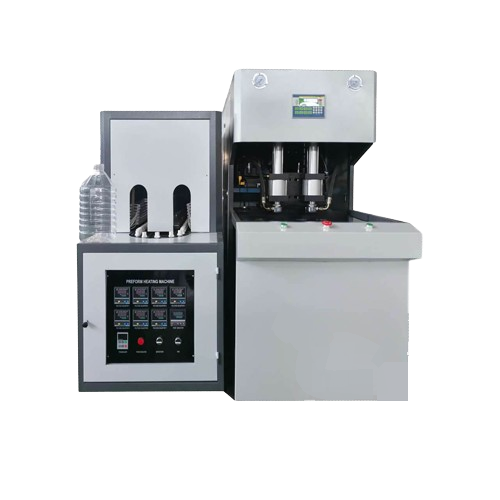
Semi automatic Pet bottle blow molding for 5l bottles
Maximize production efficiency by precisely forming PET containers ...
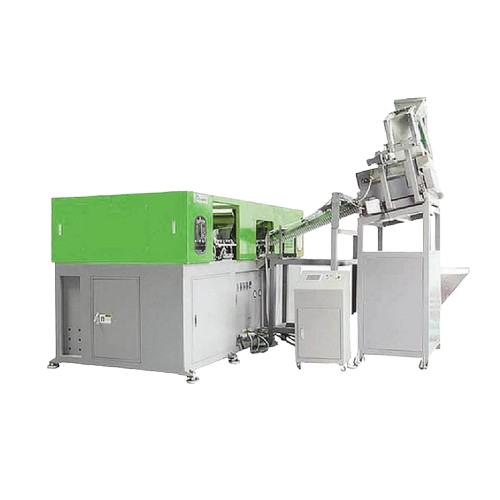
Automatic servo Pet bottle blower
Elevate your production capabilities with a PET bottle blowing machine designed for high-...
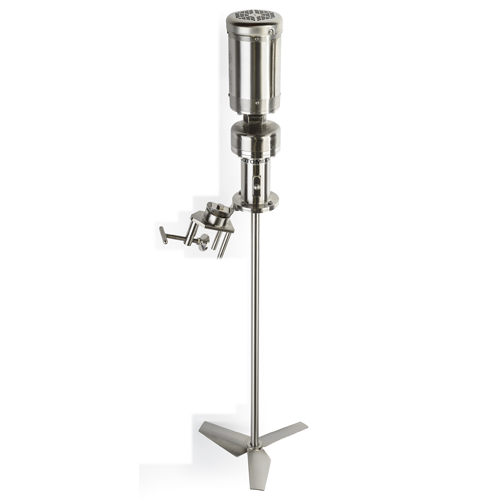
Low-shear portable mixer
For processes demanding strict hygiene, this mixer eliminates rust and chipped coatings by offering ...
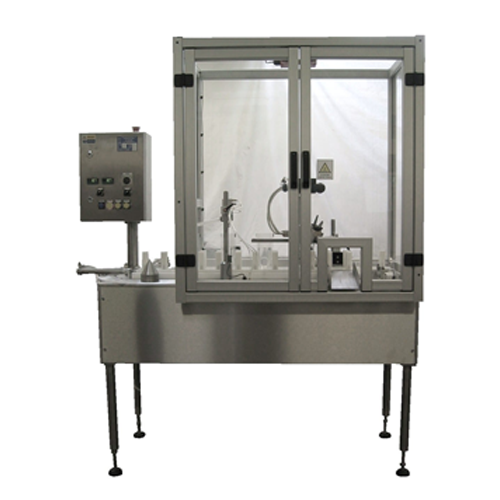
Bag and pouch filling solution for liquid products
Efficiently package diverse liquid products with precision and speed, ...
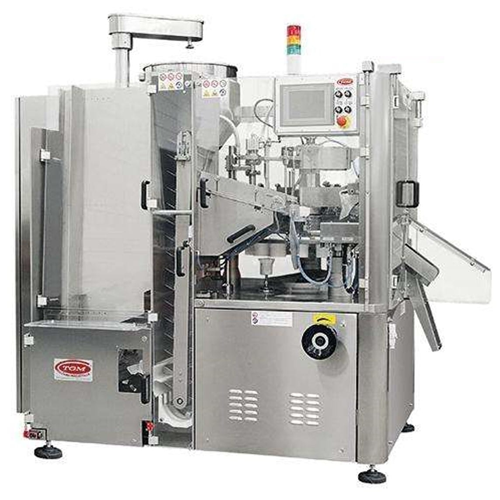
Tube filler & sealer for metal and plastic tubes
Streamline your production line by efficiently filling and sealing metal ...
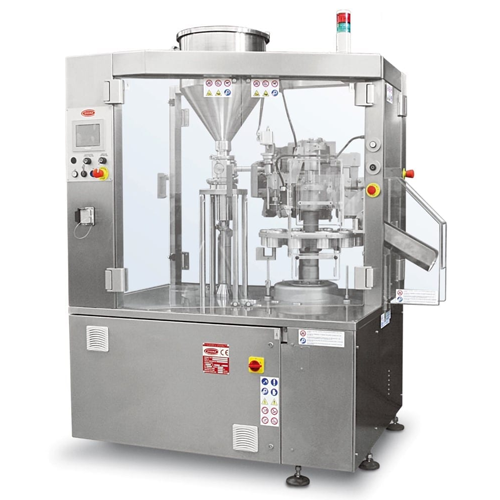
Efficient tube filler and sealer
Optimize your production line with a semi-automatic tube filling and sealing solution, desi...
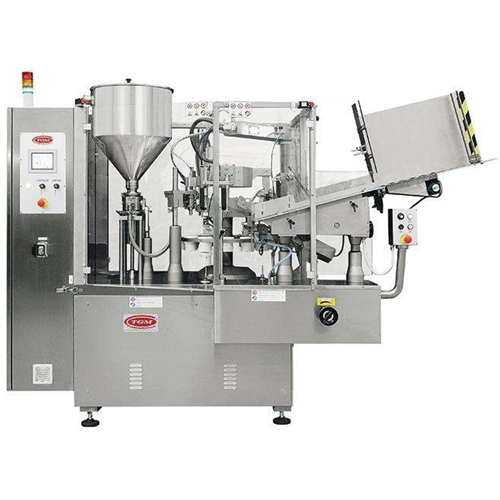
Tube filling and sealing for metal and plastic tubes
Achieve precise tube filling and sealing with high speed and efficie...
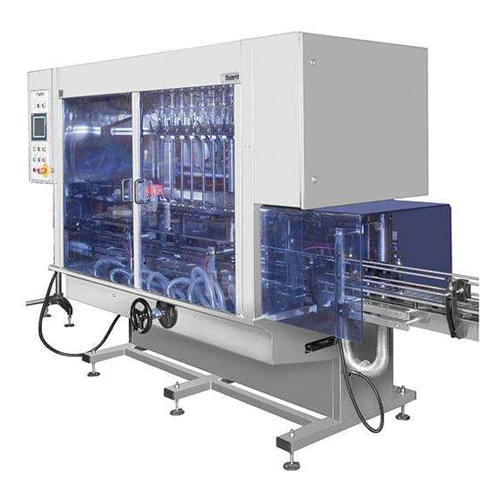
Automatic flowmeter filler for liquid packaging
Streamline your liquid production with precise filling capabilities, reduc...
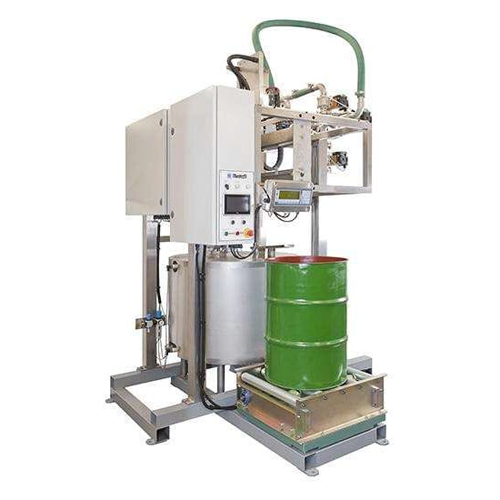
Drum decanting unit for high viscosity liquids
Efficiently decant high viscosity liquids like solvent-based paints and ess...
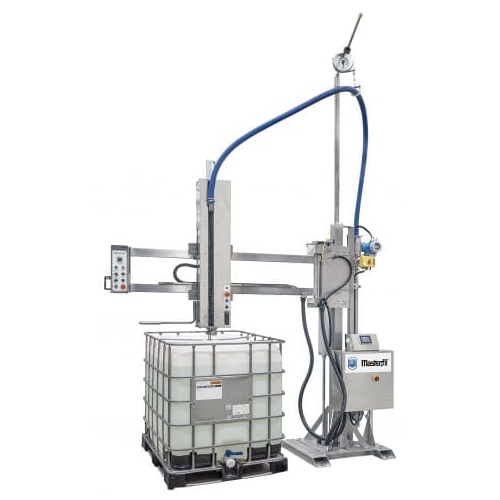
Semi-automatic flowmeter boom filler for large volume containers
Effortlessly handle large volume liquid filling with pr...
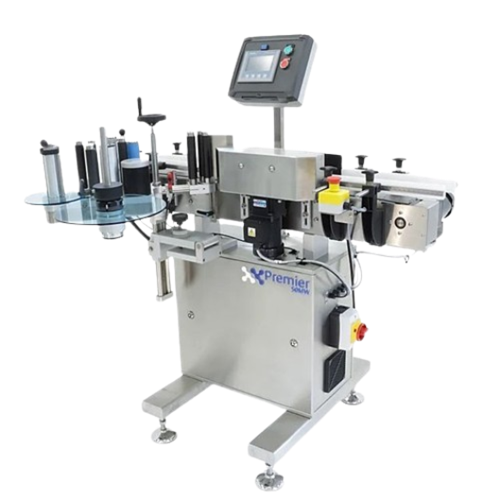
Compact wraparound labelling system for bottles
Streamline your packaging process with a fast and reliable wraparound labe...

High precision three-roller wraparound labeller
Achieve precise label placement on round containers effortlessly with a th...
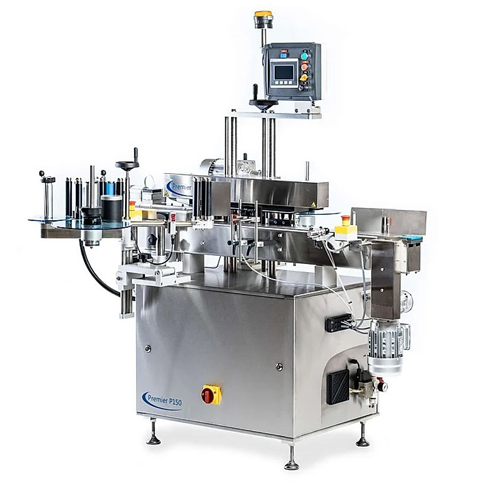
Front and back labelling for small production lines
Streamline your labelling process with precise front and back applica...
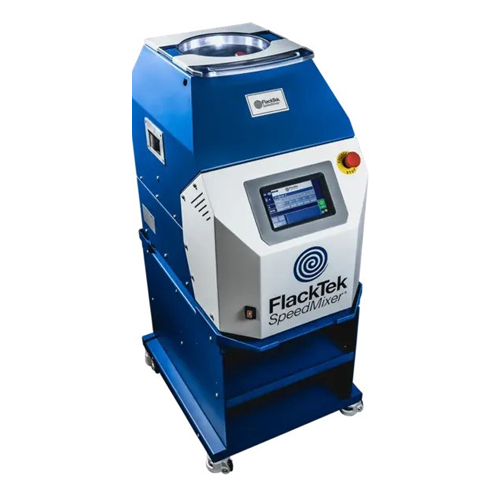
Dual asymmetric centrifugal mixer for epoxy and slurry mixing
Achieve precise mixing and consistency in your formulation...
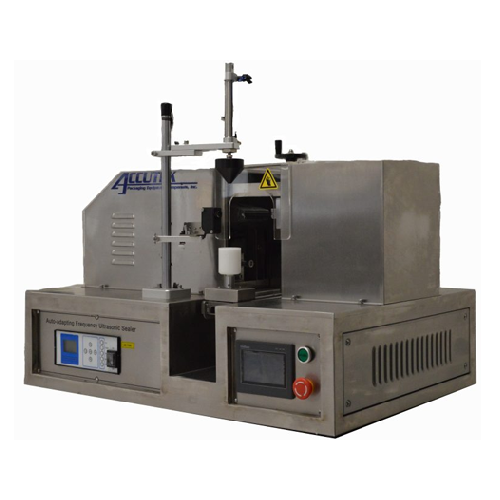
Ultrasonic tube sealer for plastic tubes
Seal plastic tubes with precision and speed using our ultrasonic technology, ensur...
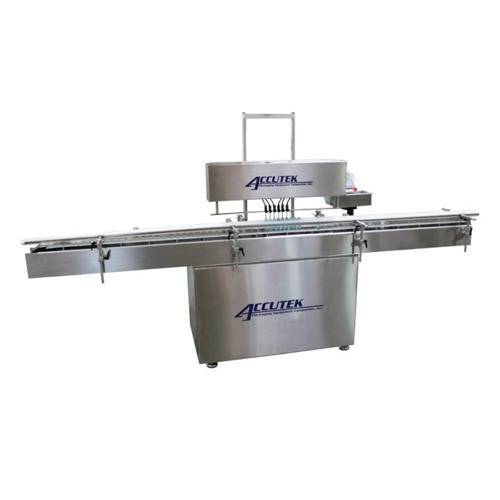
Automatic timed flow volumetric filling machine
Streamline your liquid packaging process with precise volumetric filling o...
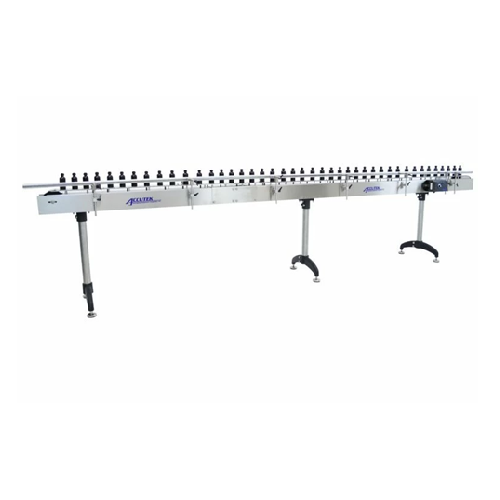
Customizable sanitary conveyor systems
Efficiently transport and handle diverse products with a sanitary conveyor system de...
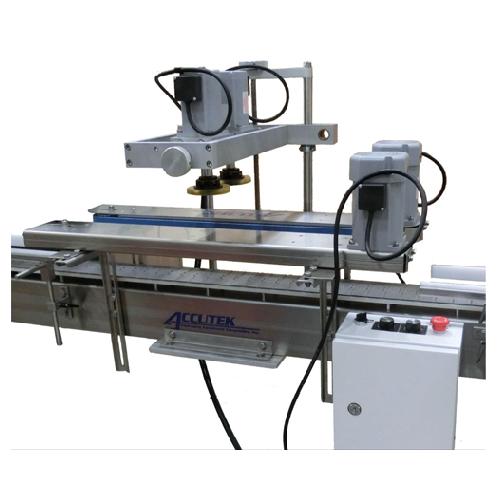
Retorquer for tamper-evident bottle caps
Ensure seal integrity and maintain tamper-evidence in high-speed production lines ...
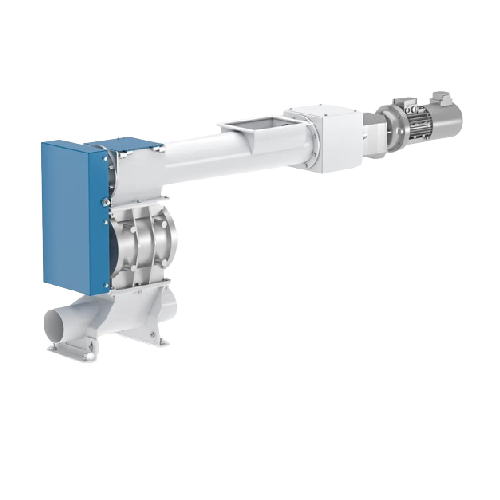
Continuous raw material distribution screw doser
Optimize your material flow with a screw doser designed for precise and c...
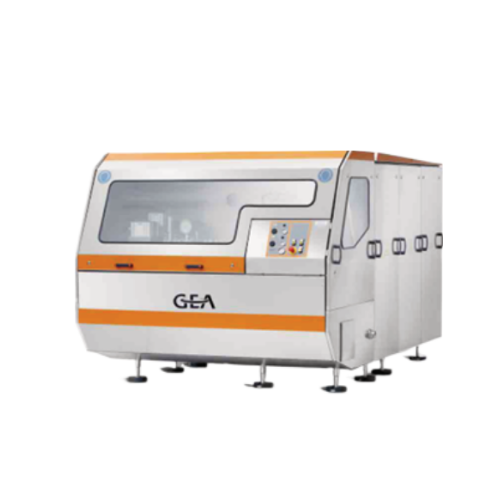
Industrial homogenizer for dairy, beverage, and pharmaceutical applications
Enhance your production efficiency with a ...
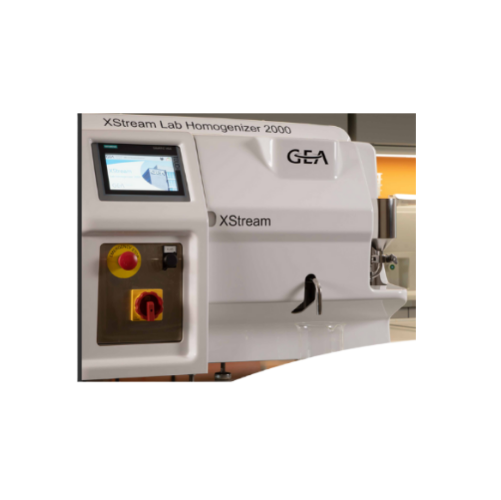
Laboratory homogenizer for scaling nisox-valve benefits
Achieve reliable scaling from lab to production with this precise...
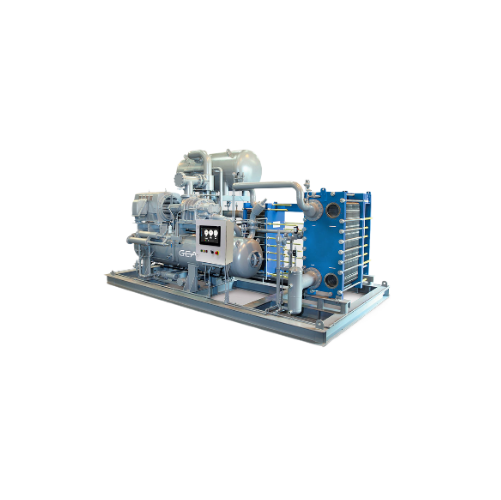
High-efficiency ammonia chiller package for industrial applications
Optimize your cooling and refrigeration processes w...
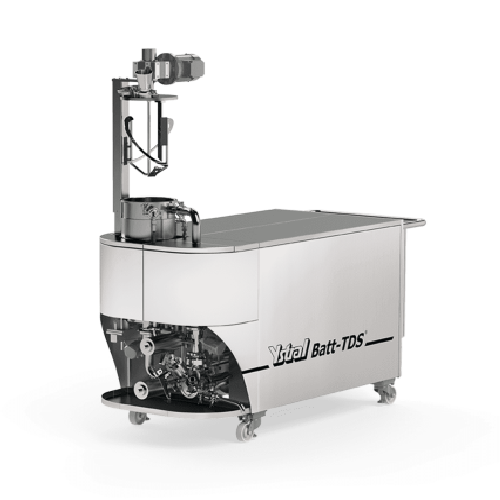
Inline disperser for lithium-ion electrode slurry mixing
Achieve highly efficient dispersion and homogeneity for battery ...
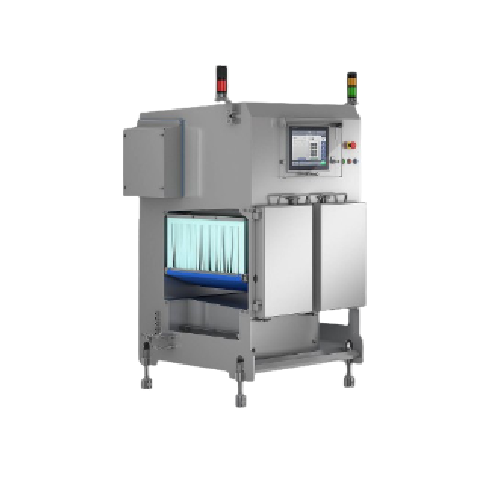
X-ray inspection system for wet environments
Ensure unparalleled product inspection under extreme cleaning conditions with...
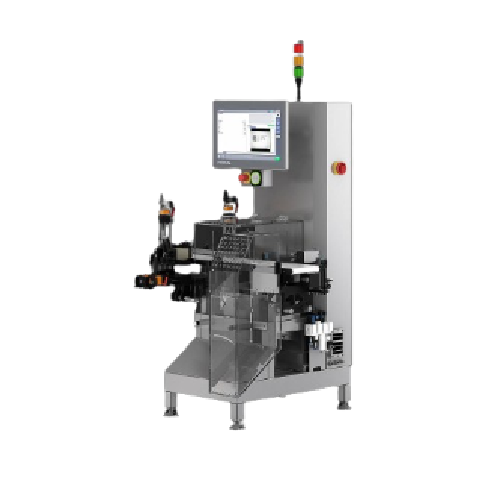
Batch coding system for product verification
Optimize your production line with an integrated system that accurately marks...
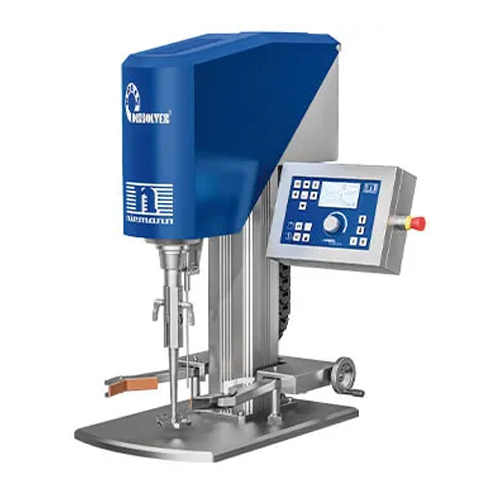
Laboratory disperser for high-viscosity products
Optimize your laboratory processes with precise mixing and dispersing of ...
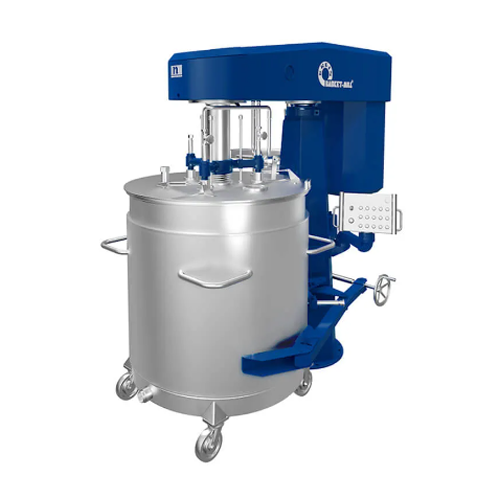
High-performance mill for paint and varnish industry
Achieve superior fine dispersing and grinding efficiency for liquid ...
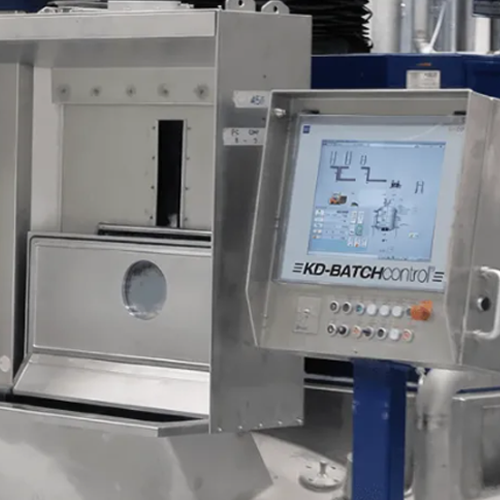
Batch-control system for dosing, mixing, and weighing processes
Enhance your process control by automating dosing, mixin...
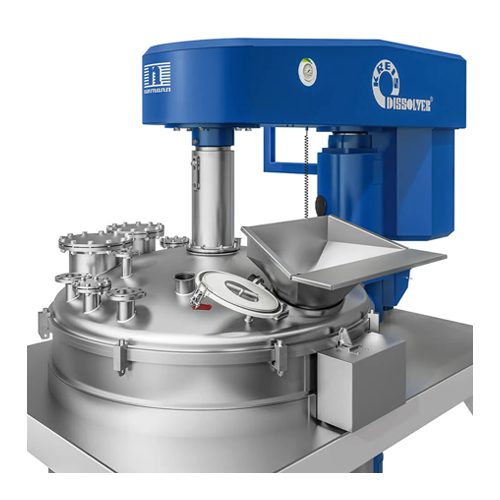
Advanced dissolver for high-viscosity products
Handle ultra-high viscosity mixing challenges effortlessly with this advanc...
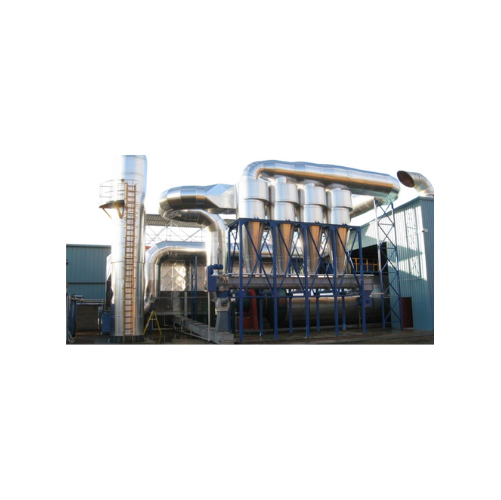
Shaftless spiral conveyor for waste water treatment
Efficiently handle challenging materials like de-watered sludge and s...
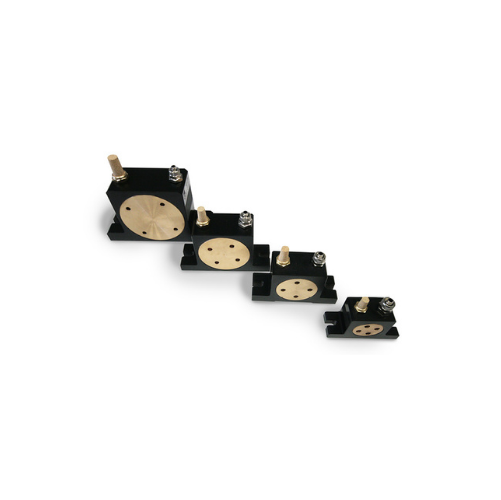
Rotary roller vibrators for material flow assistance
Enhance material flow efficiency in your production line with high-f...
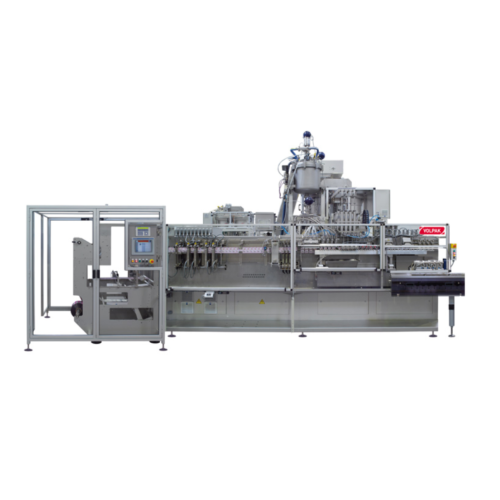
Horizontal flat pouching for top-cap pouches
For manufacturers aiming to streamline pouching operations, this high-speed h...
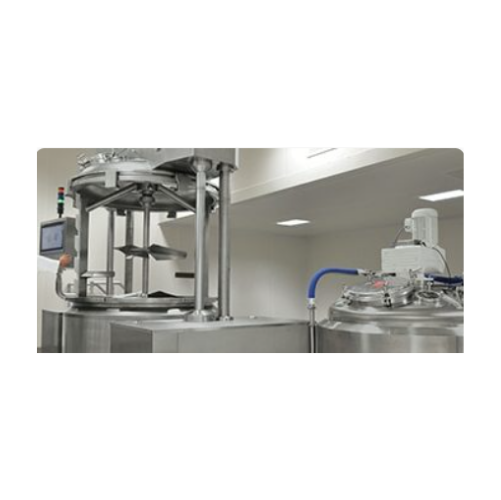
Vacuum homogenizer for cosmeto-pharma applications
Optimize your formulations with our vacuum homogenizers, ensuring prec...
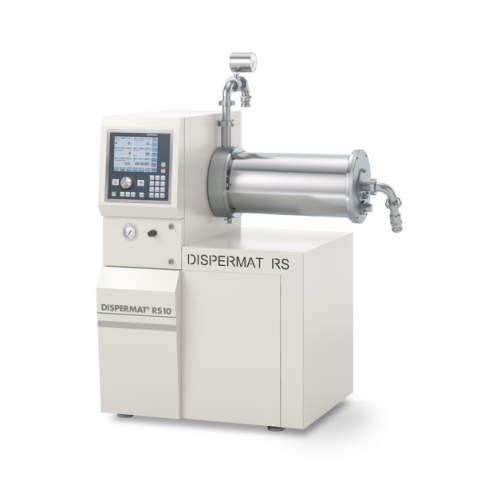
Horizontal bead mill for industrial production
Ensure ultra-fine particle size reduction in high-demand processes with thi...

Atex horizontal bead mill
Ensure precision and safety in explosive environments with a robust solution that finely grinds an...
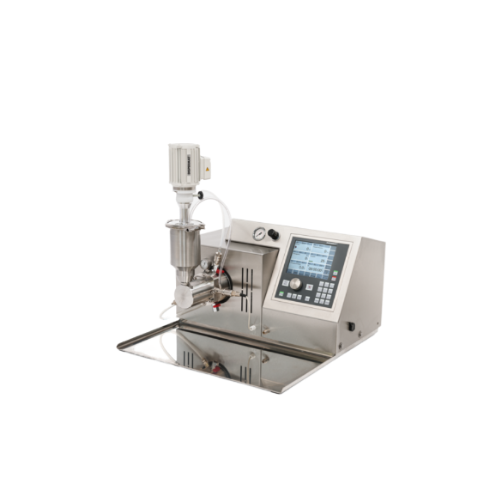
Laboratory and pilot plant horizontal bead mill
Achieve precision milling with minimal product waste, ensuring consistent ...
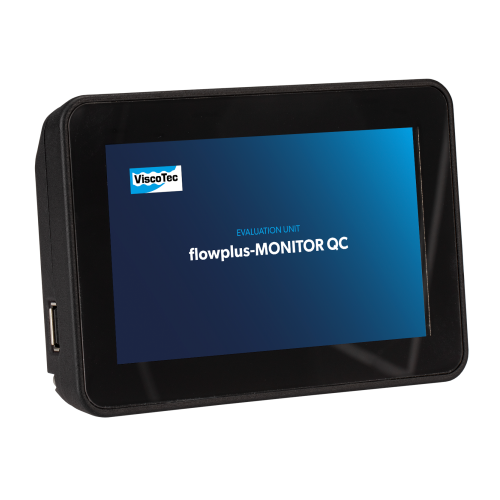
Pressure monitoring solution for dosing processes
Optimize your production line by ensuring precise pressure monitoring, ...
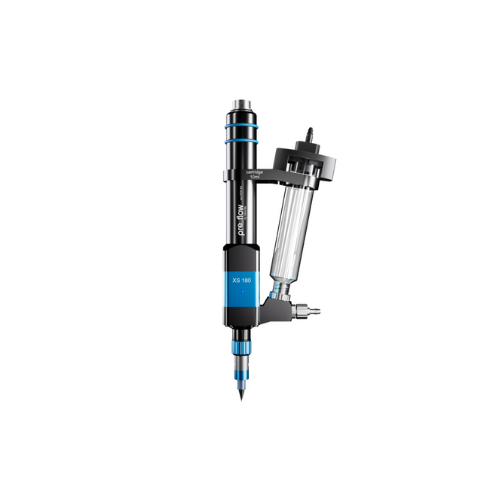
1-component industrial dispenser for precision dosing
Achieve unparalleled precision in microdispensing across diverse ap...
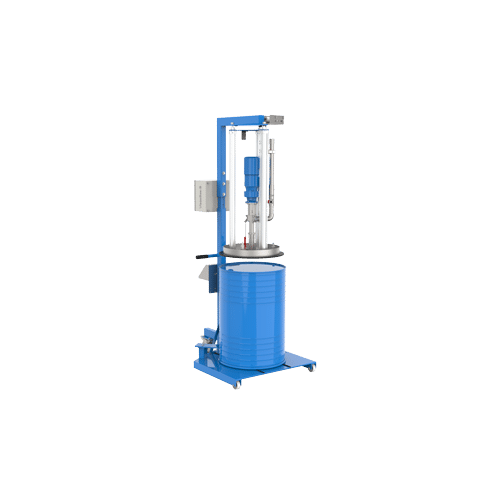
High-volume dispensing for single-component fluids and pastes
Enhance your production line with a pump that delivers lar...
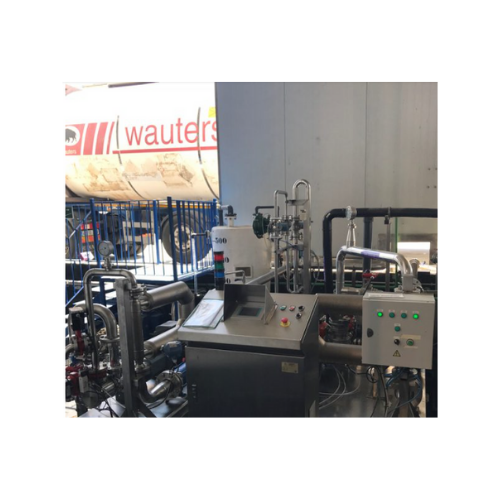
Complete mixing solutions for food, chemical, and cosmetic industries
Enhance your production line with precision mixin...
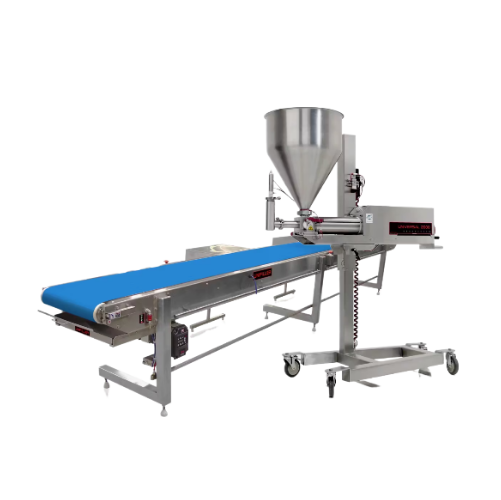
Industrial food portioning system
Optimize your production flow with precision portioning equipment designed to handle a di...

Servo multi depositor for food portioning
Achieve precise portion control and high-speed depositing with versatility acros...
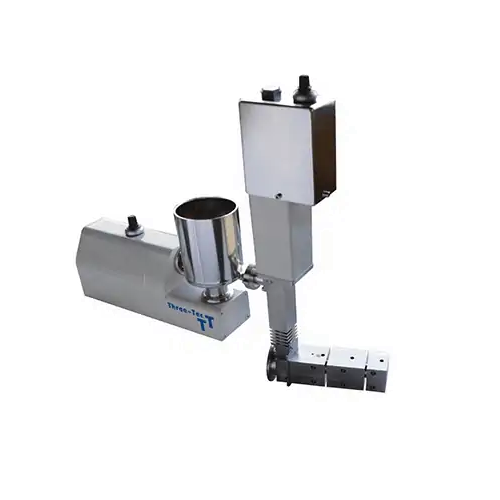
Stuffing feeding device for extruders
Efficiently feed cohesive or lightweight powders into extruders to enhance product qu...
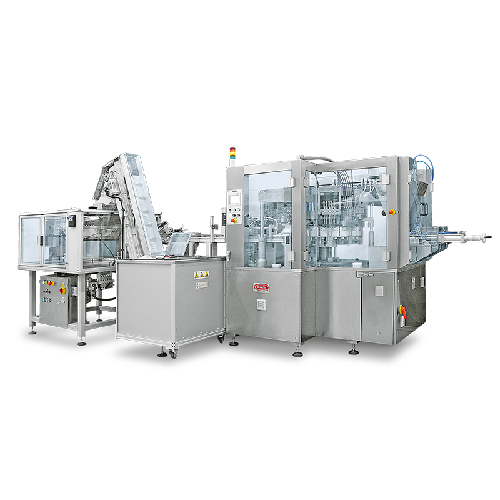
Automatic mono-dose strip filling system
Optimize your liquid product packaging with a multi-functional system designed for...

Automatic tube filler for multi-color coextruded products
Achieve precise dual- or tri-color product designs with except...
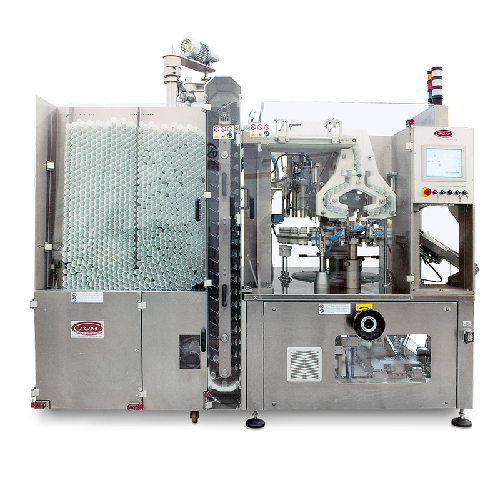
Automatic tube filling for coextruded products
Maximize efficiency in high-volume production with precision co-extruding c...
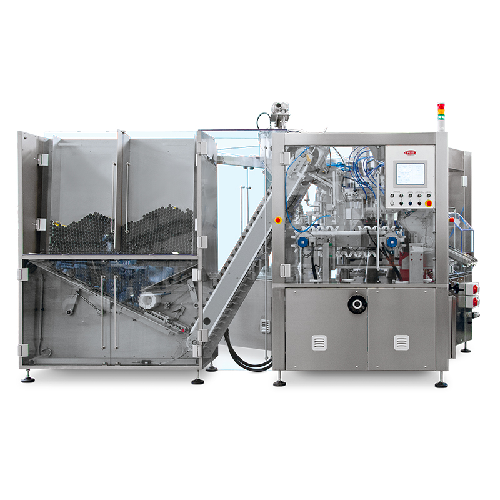
Automatic tube filling solution for high-volume production
Effortlessly streamline your production with this high-speed ...
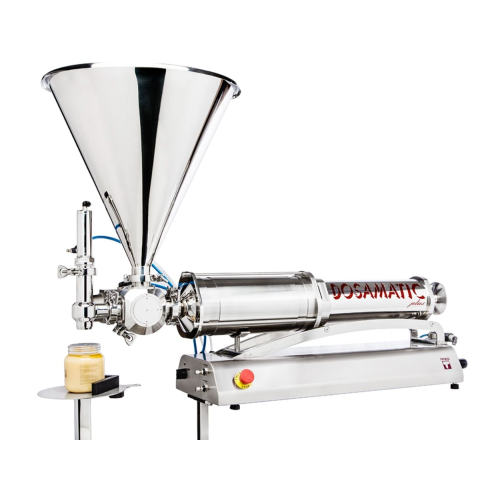
Volumetric piston fillers for dense liquid products
Ensure precise filling of liquids and dense products with versatile i...
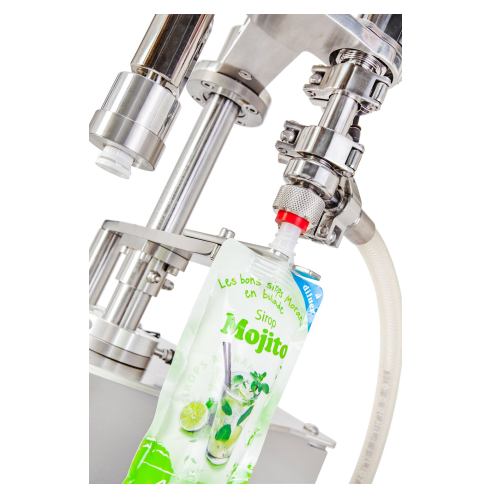
Manual monoblock for filling and capping spouted pouches
For those handling liquid or semi-dense products, this manual mo...
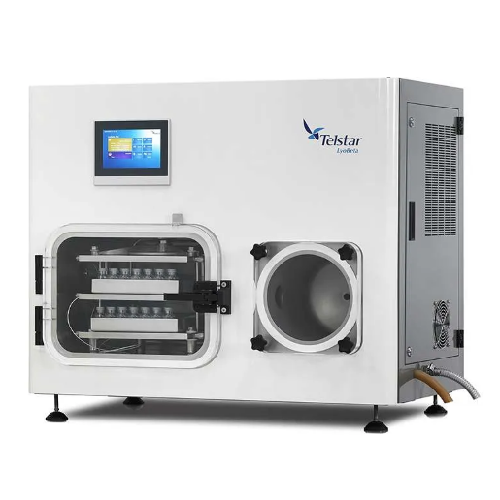
Freeze dryer for small batch scale-up in biotech and pharma
Optimize freeze-drying processes for small batches or high-v...
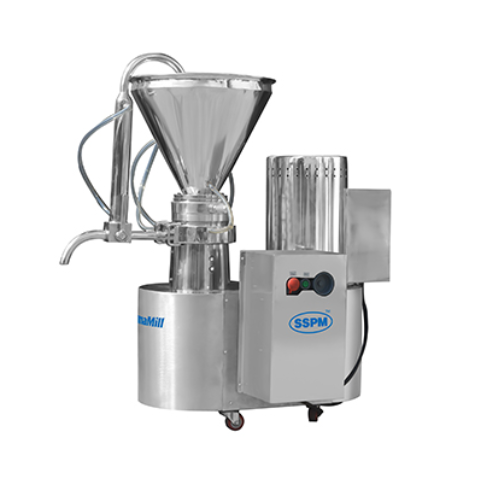
Colloid mill for particle size reduction and emulsification
Achieve precise particle size reduction and stable emulsions...
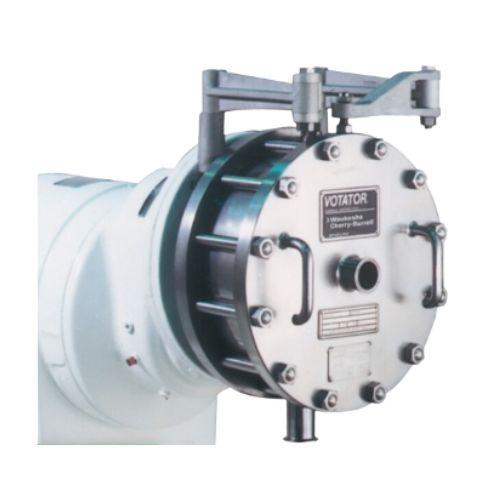
High-shear mixer for emulsions, dispersions, and foams
Achieve precise emulsions and dispersions effortlessly with high-s...
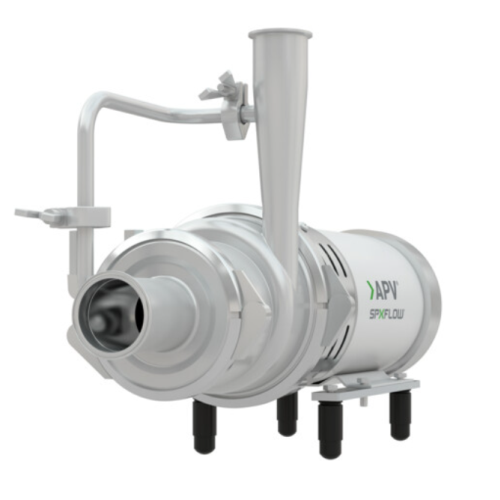
Self-priming centrifugal pump for entrained air handling
Effortlessly manage entrained air and foam in fluid processing w...

Industrial high pressure homogenizer for dairy and pharmaceutical
Achieve consistent texture and stability in products ...
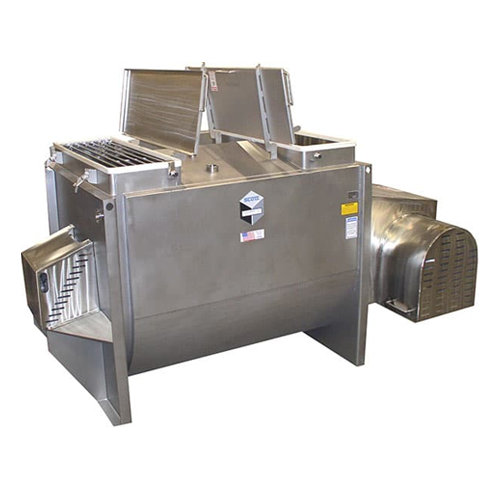
Industrial batch mixer agitators
Achieve precise and efficient mixing of diverse materials with industrial batch mixer agita...
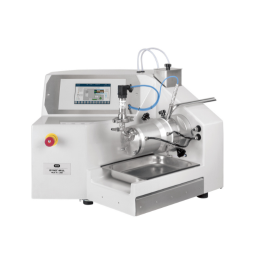
Flexible R&D wet agitator mill for cosmetics
Using nanoparticles in cosmetics requires precise control over material break...
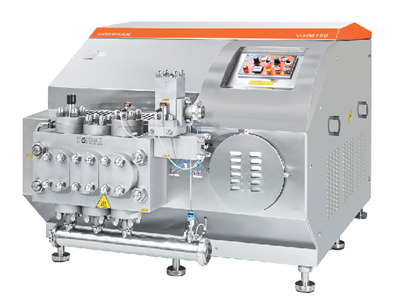
Pilot plant homogeniser
From food to pharma, homogenization is an essential step in the production process that provides unif...
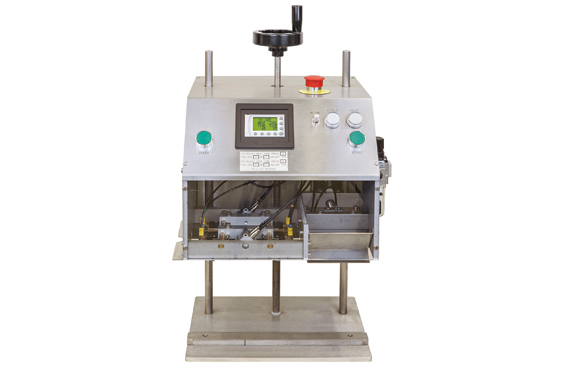
Manual plastic tube sealing equipment
Working in labs or with small batch production lines where you have to seal plastic o...
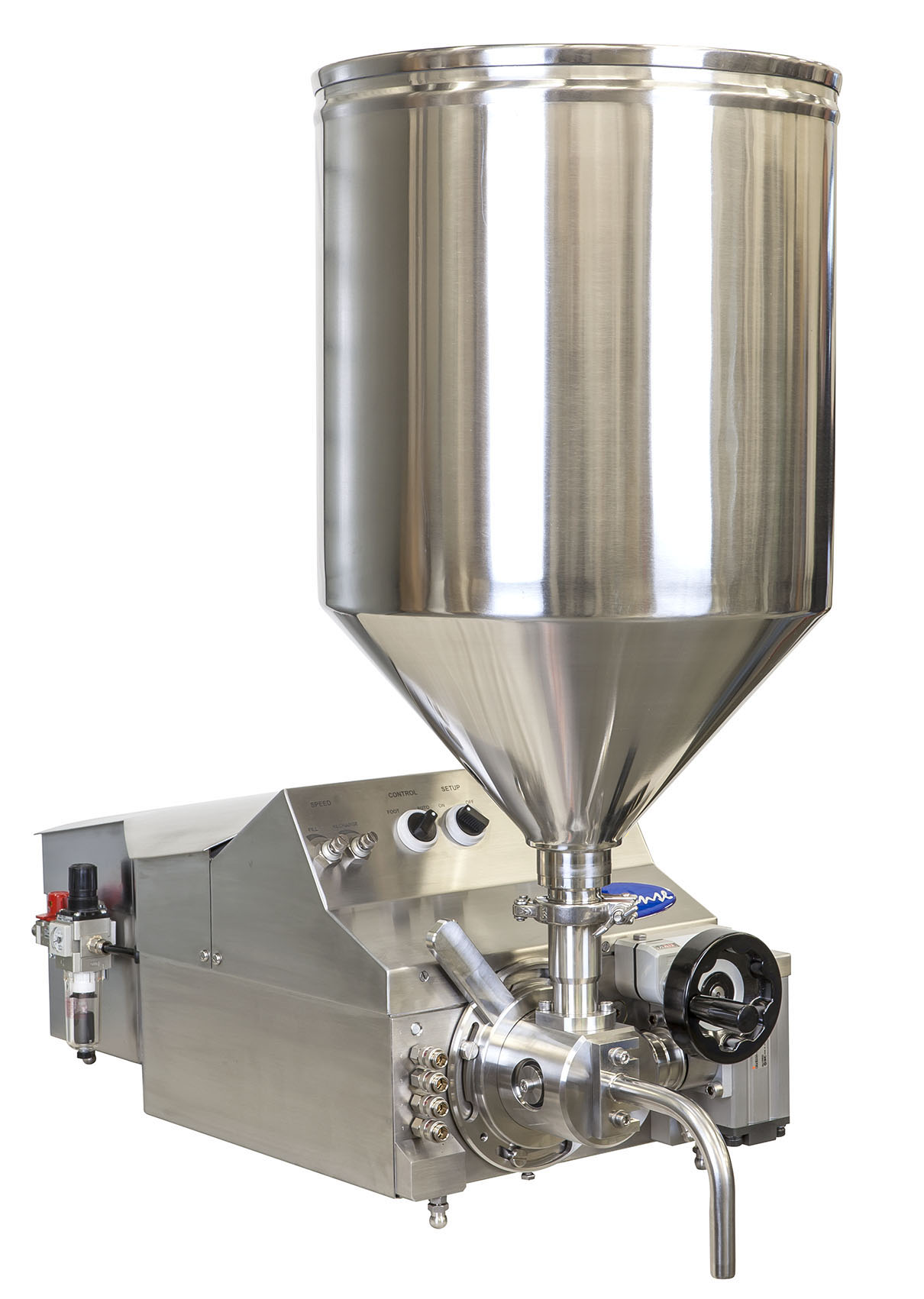
Semi-automatic filler
When you are a small or a medium-sized manufacturer the manual filling processes might often lead to in...
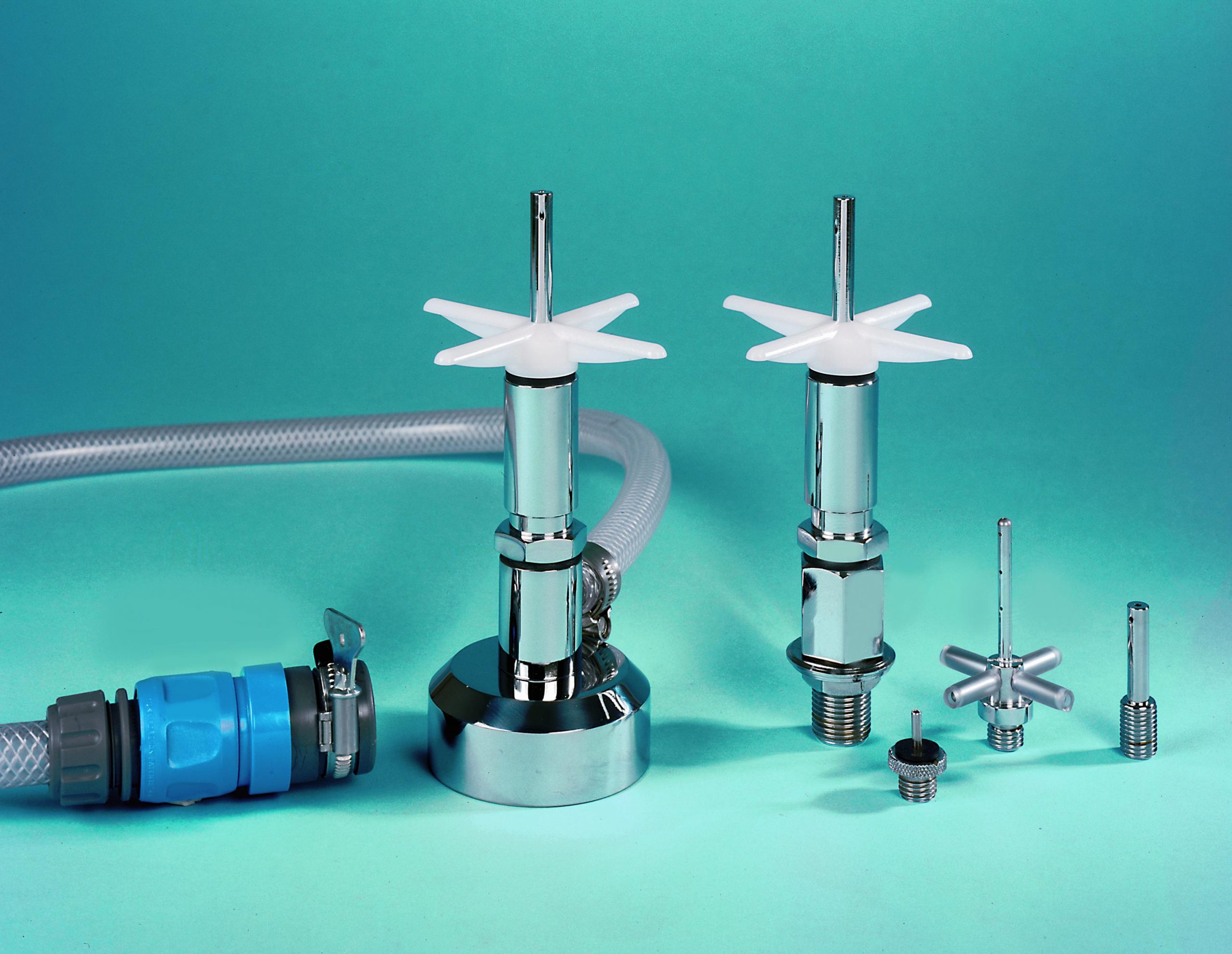
R&D bottle washer
When you pack your products in bottles, vials, syringes, and test tubes you need to wash them before fillin...
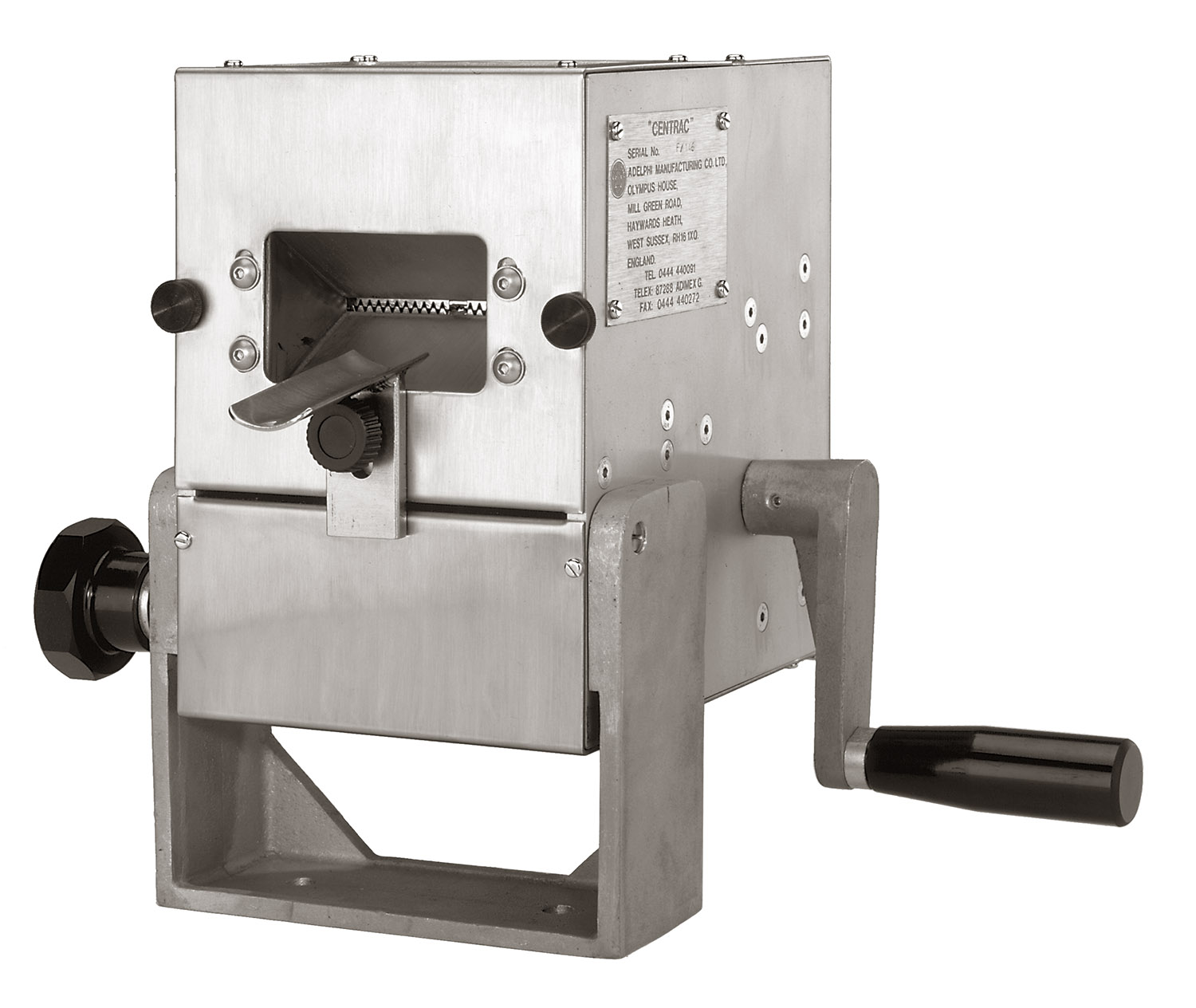
Manual metal tube sealing equipment
For small-batch productions where you utilize metal tubes as containers for your produc...
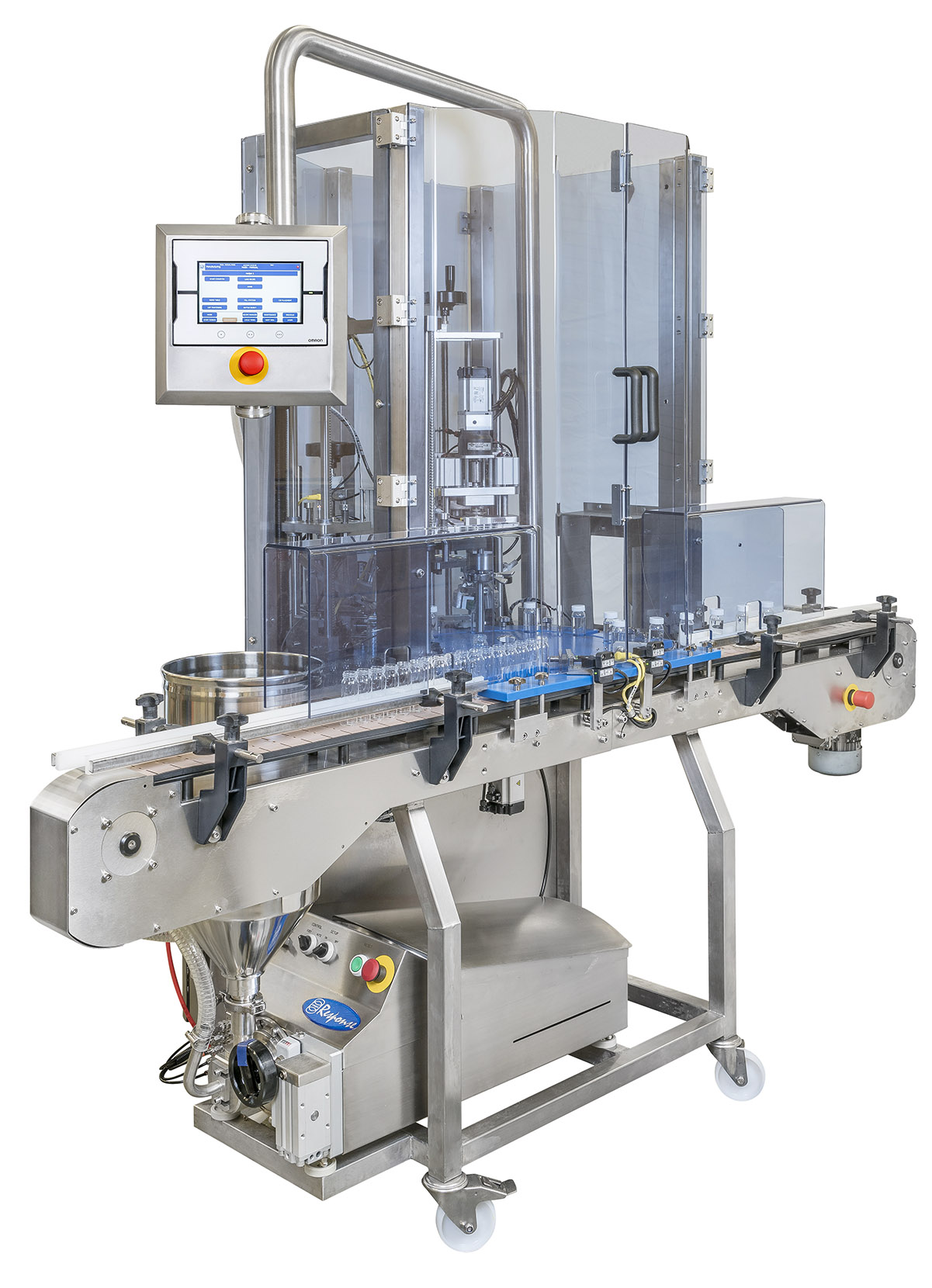
Monobloc filler and capper
If you have separate filling and capping stations you may experience lower throughput rates due t...
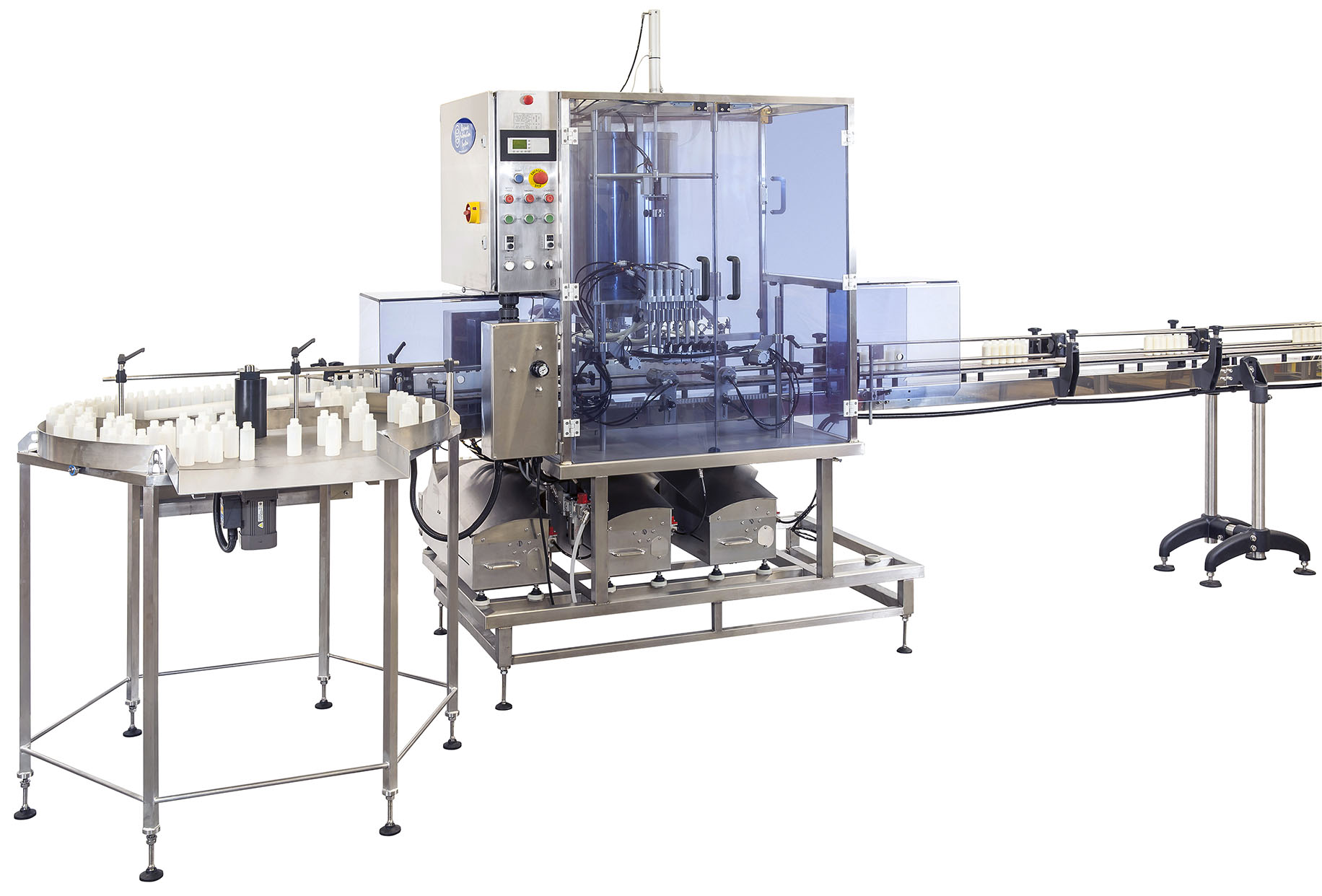
Up to four head automatic filling machine
When your consumer demand is increasing you will need new and more effective pac...
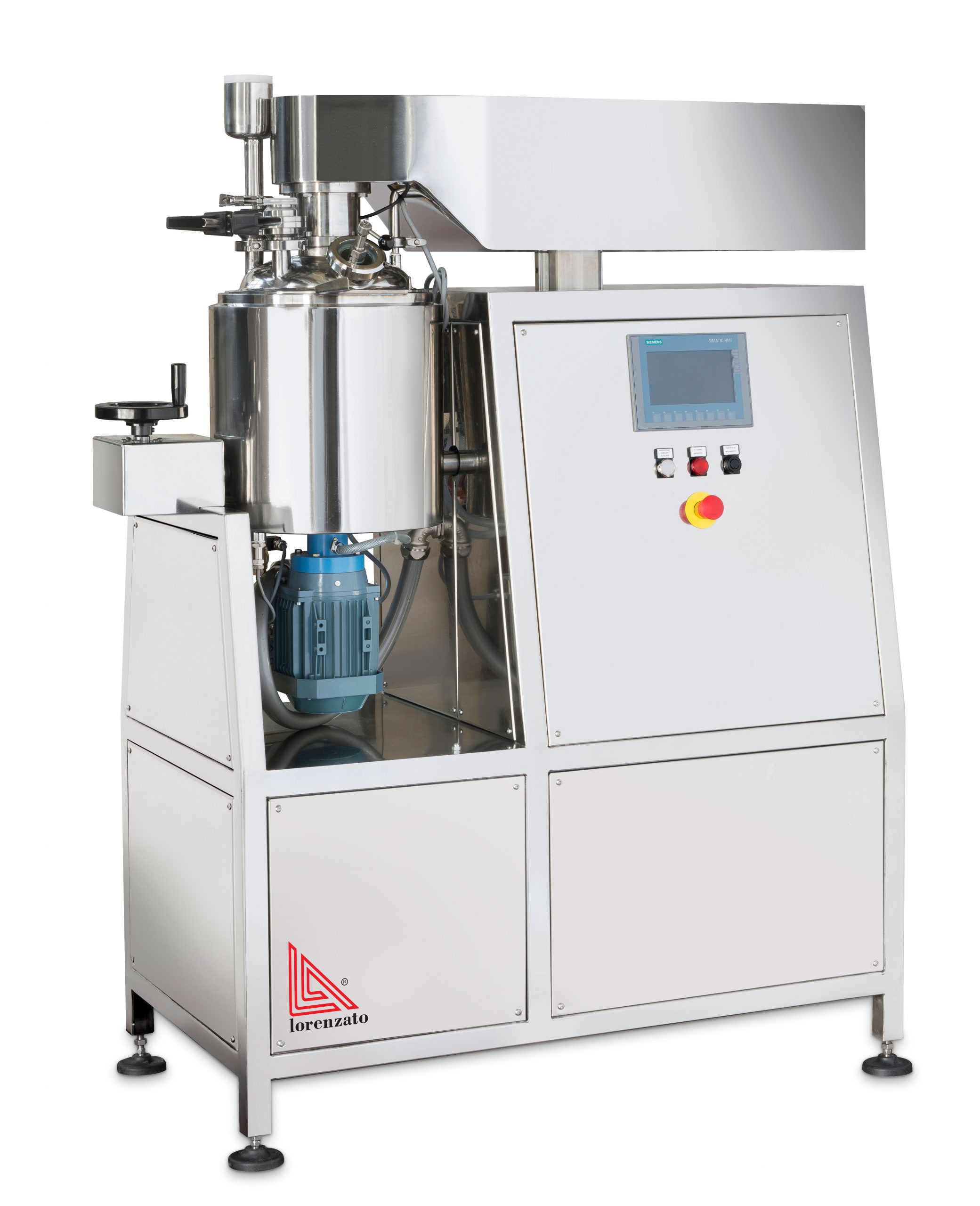
Emulsifier for cosmetic creams
The process of making cream and lotion involves mixing of water phase and oil phase to create...
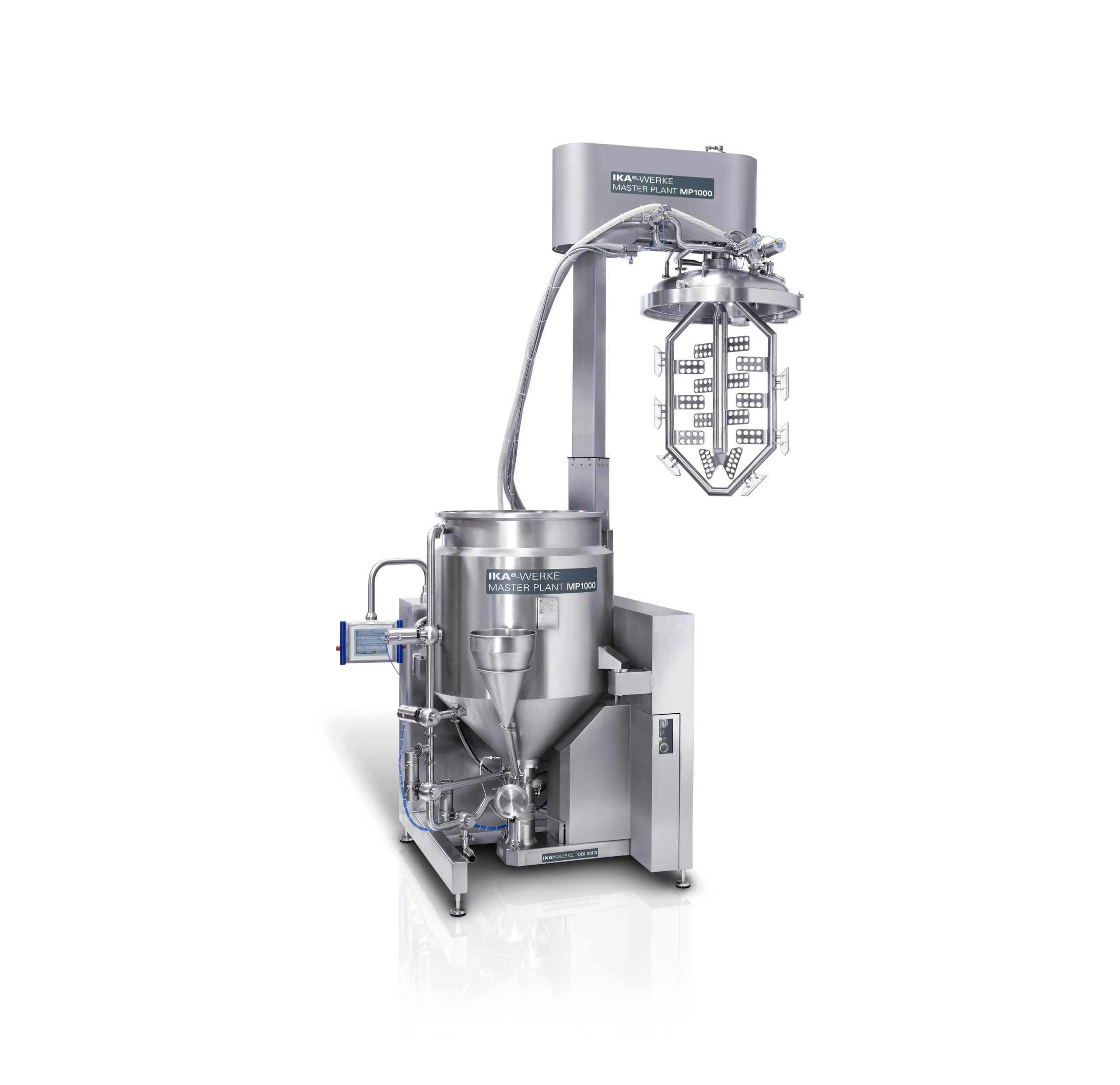
GMP homogenizing system
Manufacturers need production mixing equipment that is capable, flexible, and easy to maintain. Accur...
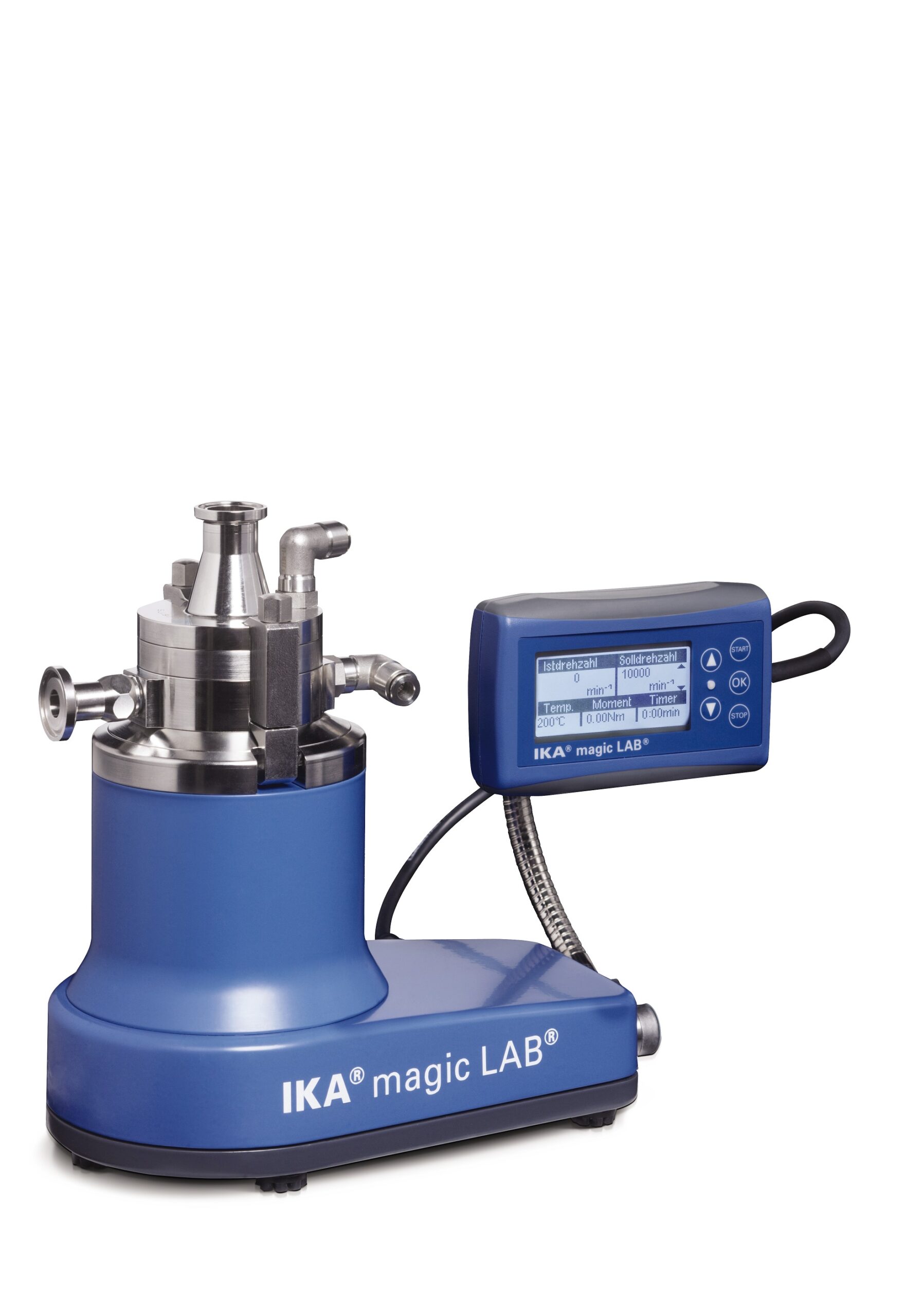
Small-scale laboratory dispersing machine
Developing and validating new processes requires reliable and highly versatile e...
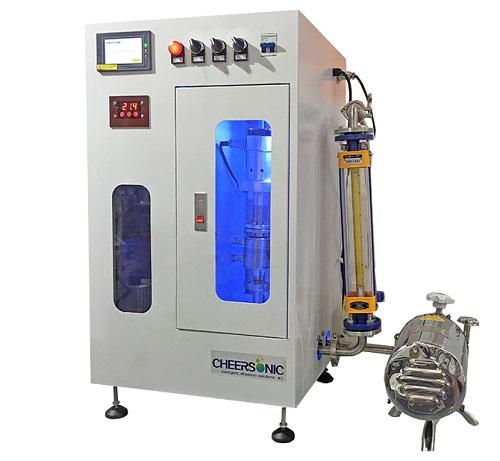
Pilot ultrasonic extractor
In the herbal medicine industry, an ultrasonic extractor is a valid alternative to conventional e...
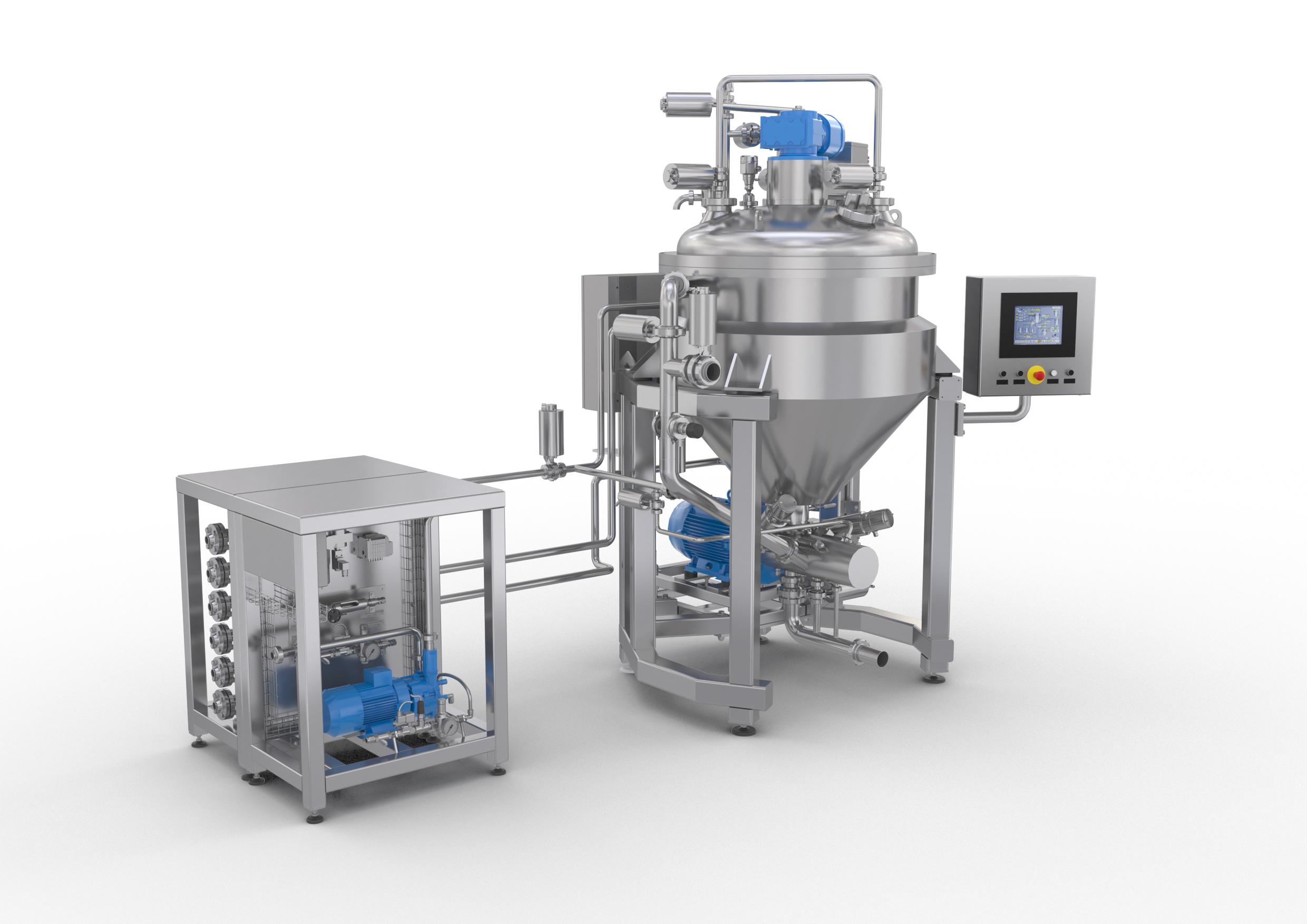
Batch vacuum mixer for emulsion-based products
The production of creams or ointments can be either be a water in oil (w/o)...
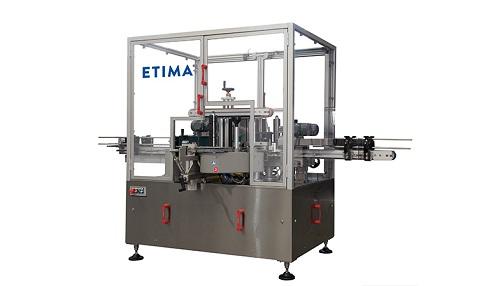
Self-adhesive linear labeling machine for bottles
It is vital to have precise and long-lasting labels on bottles to avoid...

Cosmetic cream filler
From thin liquid baby oils and perfumes to thicker lotions and creams for hair and skincare, cosmetic p...
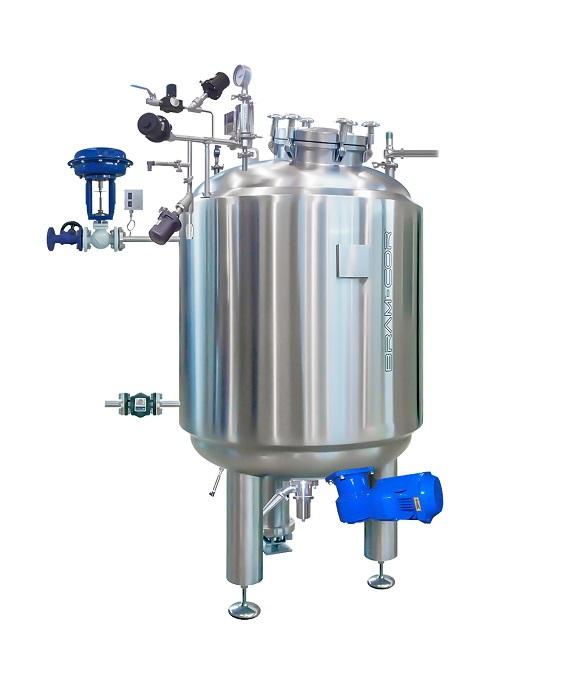
Pharmaceutical formulation and mixing tanks
Preparation lines for formulating pharmaceuticals include fixed and mobile tan...
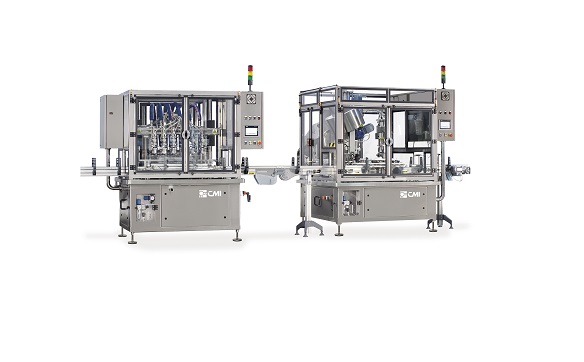
Filling machine for creams
Liquid cosmetics have particular requirements when it comes to filling and capping containers. Mo...
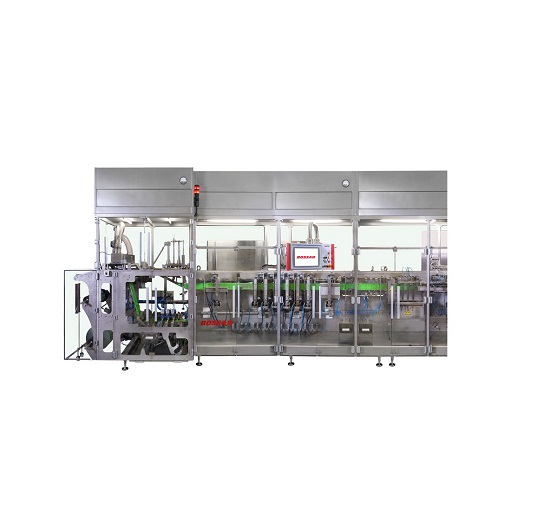
HFFS machine with servo-control system
Traditional HFFS machines use mechanical cams to drive the production path through t...

Homogenizer for creams
Homogenization (or pharmaceutical micronization) is the process of reducing particle sizes, and is a v...

Vacuum mixer for suspensions
The production of high quality pharmaceuticals often requires mixing of suspensions and similar...
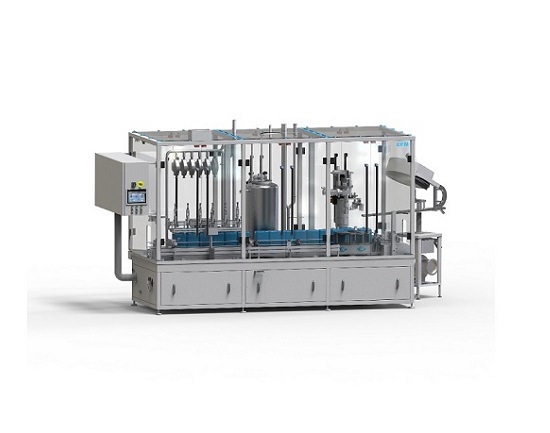
In-line monoblock linear filler & capper
In many food, chemicals and cosmetic industry processes it is vital to have a...
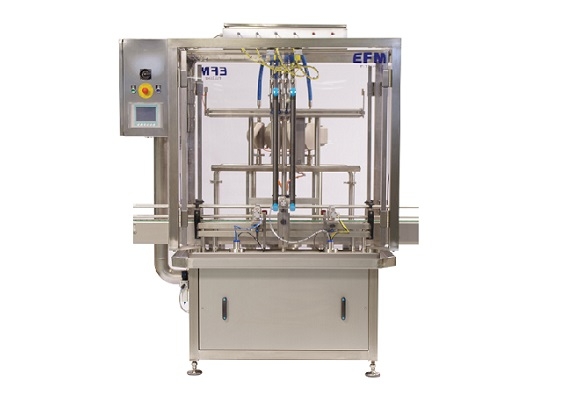
Flowmeter filler
For larger production runs of food, non-food and cosmetics industries, where accuracy and volume of filling i...
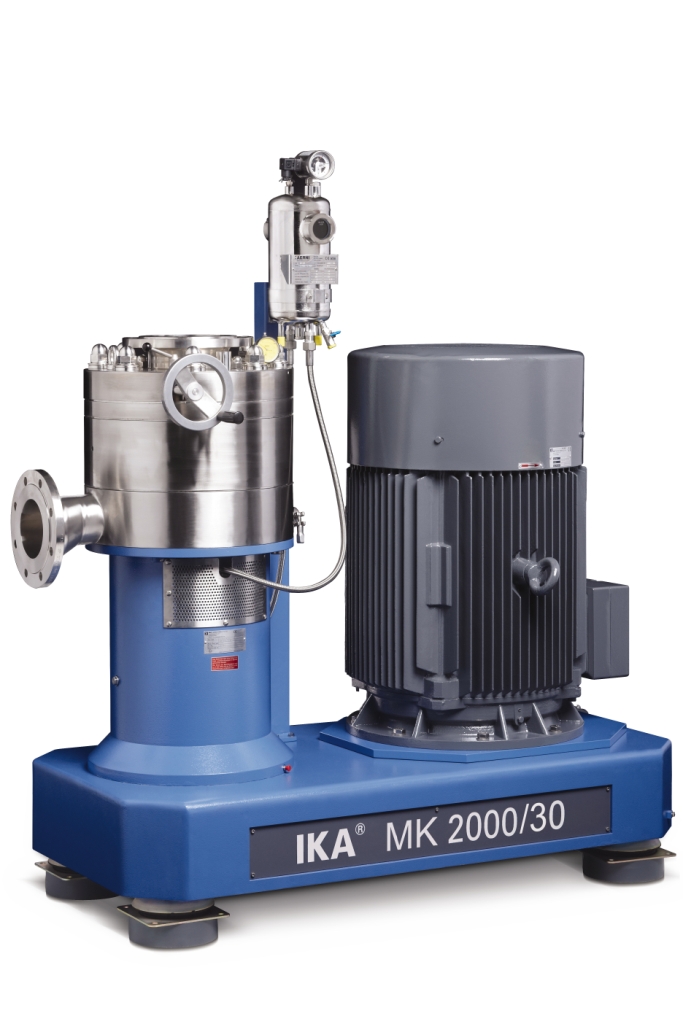
Colloid mill
For creating extremely fine emulsions and high quality dispersions a high pressure homogenizer is often chosen. ...
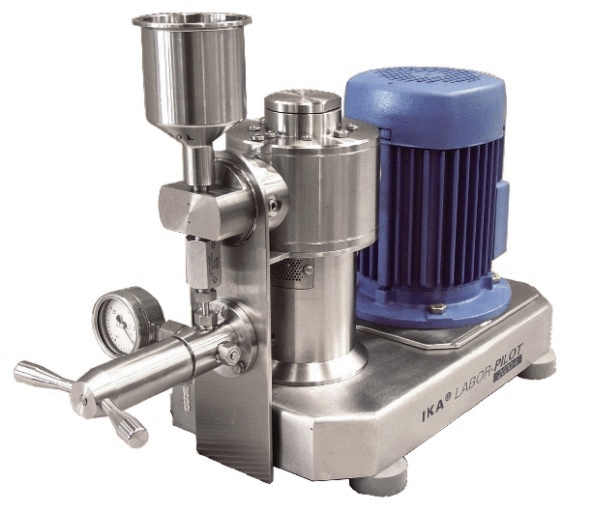
High-pressure homogenizer
When processes call for homogenized emulsions with extremely fine particle sizes the traditional t...
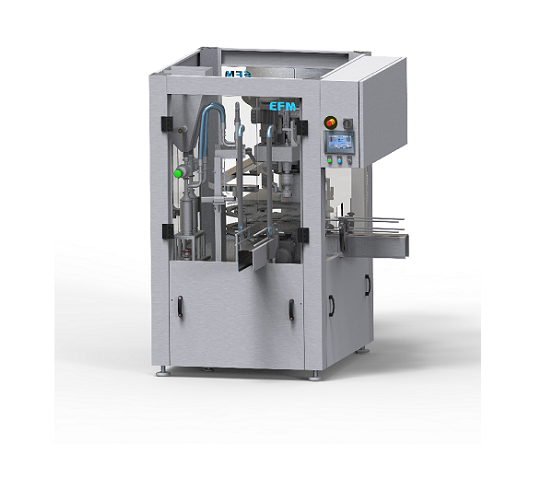
Compact monoblock filler
Filling and capping bottles and pots for food, chemical and cosmetics industries using separate mach...
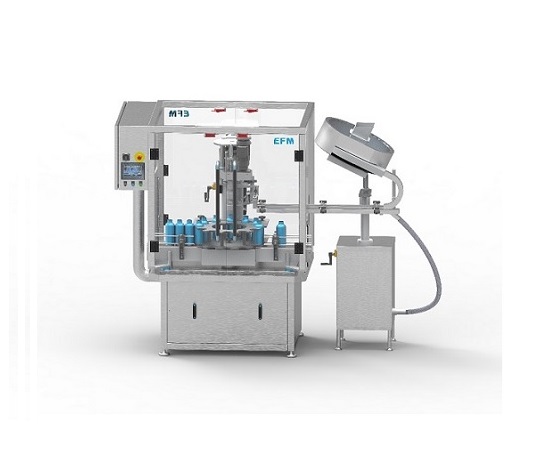
Single head capper
For the stand-alone capping of bottles of up to 30 litre capacity for smaller-scale production you need a ...
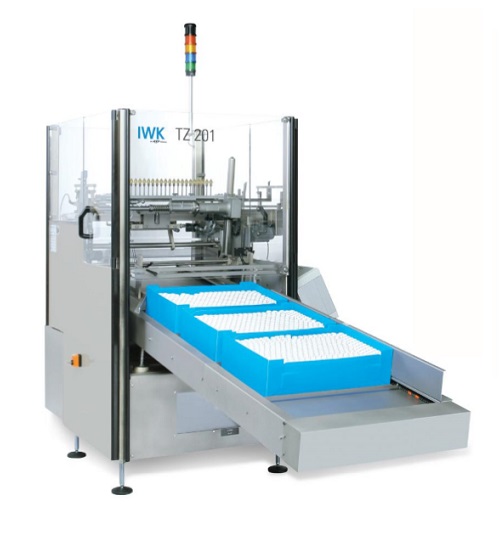
Tube unloader and feeder
The pharmaceutical and cosmetic industries utilise high speed tube fillers on large-scale production...
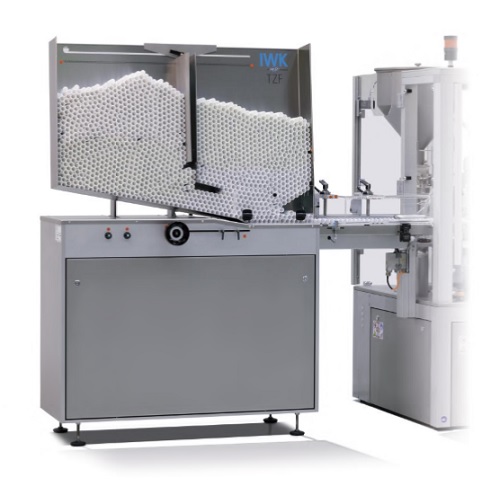
Tube feeding unit for high volume and high speed tube filler
High performance tube-filling machines are used for large s...
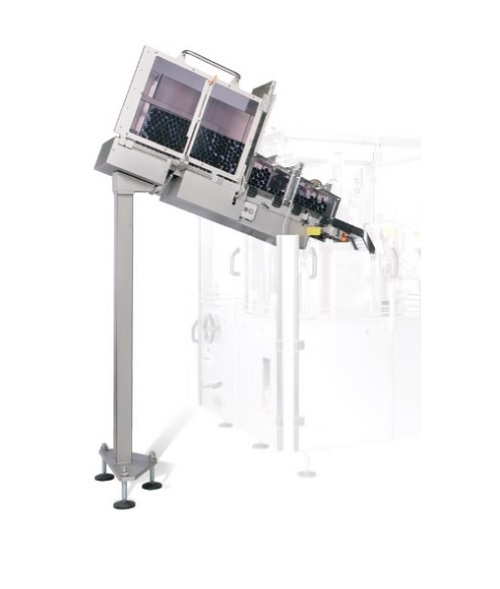
Loading cassette for a tube filler
High performance tube-filling machines are used in the pharmaceutical and cosmetic indus...
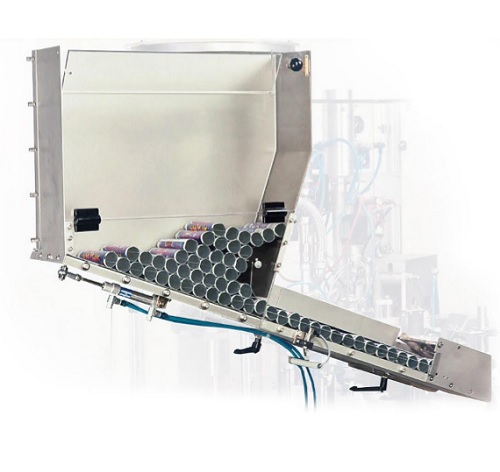
Tube feeder for a small scale production tube filler
Low speed tube-filling machines are used for small scale production ...
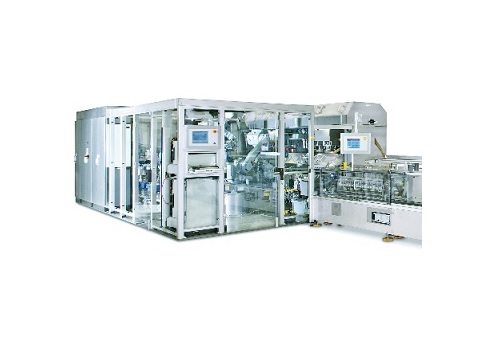
High speed automatic tube filler
For high-volume lines filling pharmaceutical, cosmetic or food products into tube container...
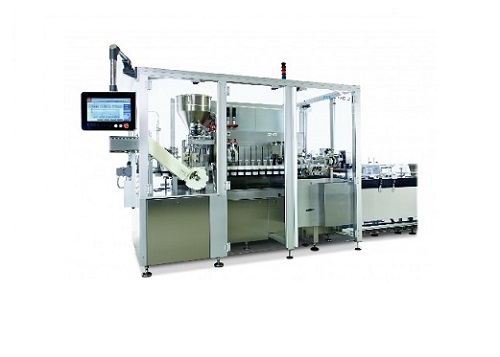
Medium speed tube filler and sealer
For scale-up filling of tube packaging for pharmaceuticals, cosmetics and food products...
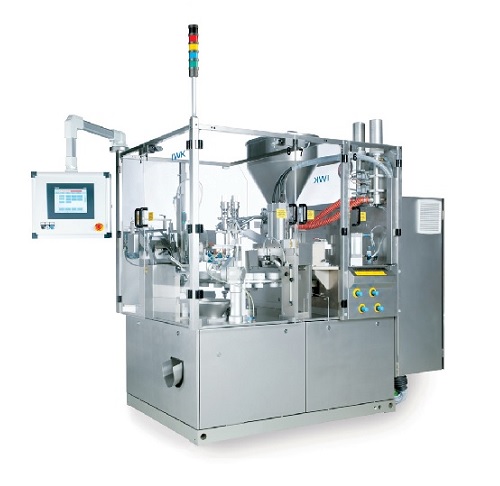
Medium and high speed range automatic tube filler
When scaling up production of pharmaceutical, food or cosmetic products...
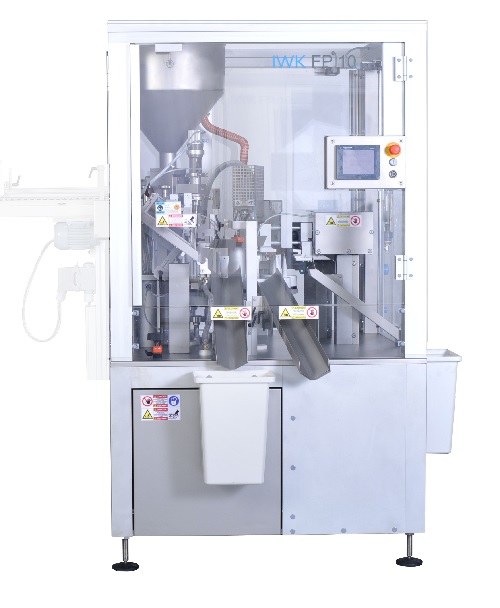
Low speed tube filler
Increasing numbers of products in the pharmaceutical, cosmetic and food industries are delivered in fle...
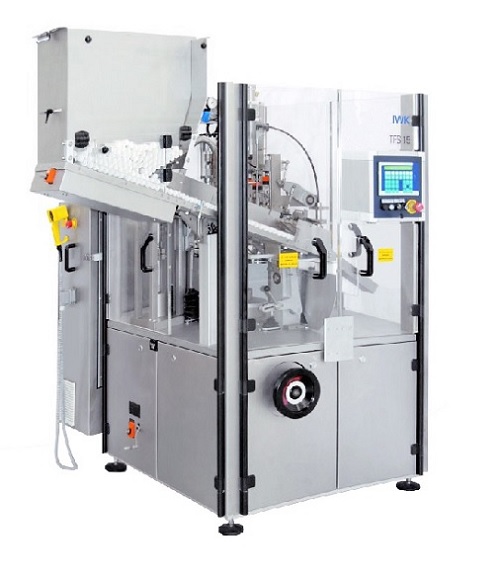
A two-component filling application tube filler
A wide variety of pharmaceutical, cosmetic and food products require tube-...
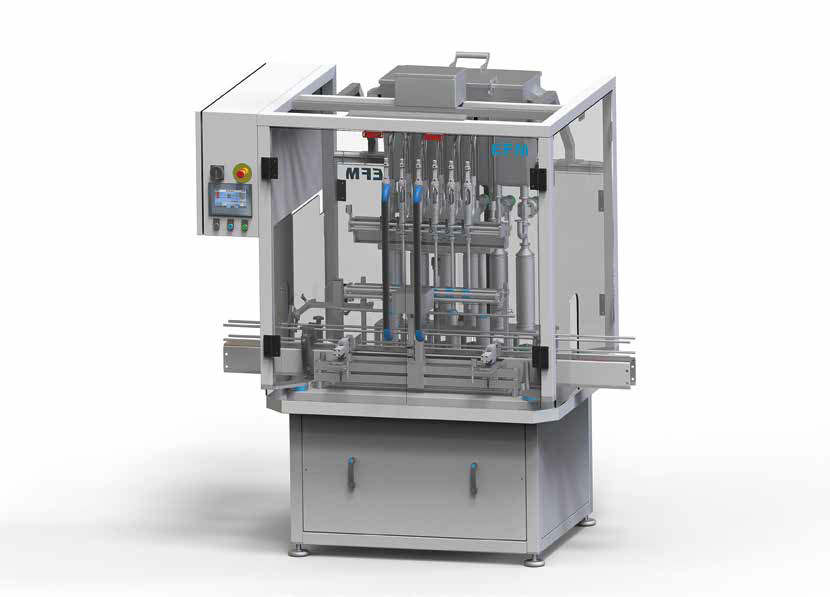
Servo controlled filler
For food and non-food liquid products that are high foam or have a high viscosity a specialist fillin...
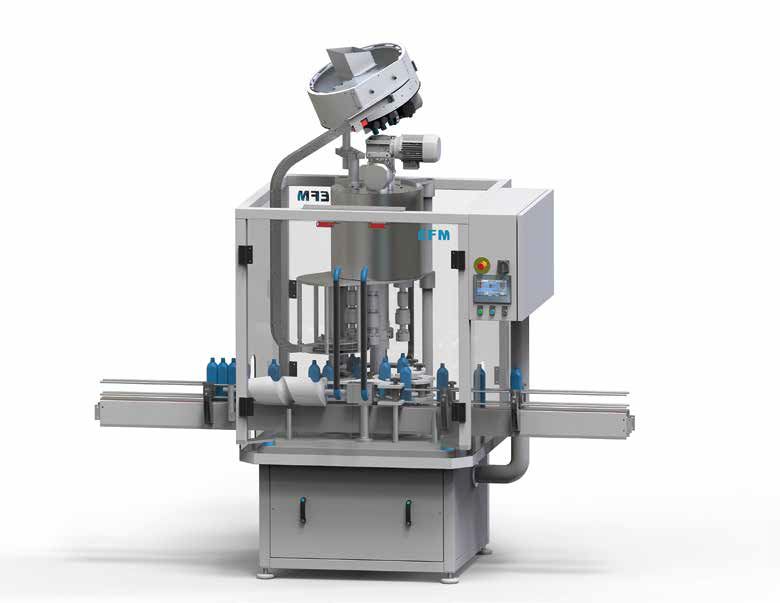
Multi-head capper
For the stand-alone capping of bottles of up to 2.5litre capacity you need a robust and flexible machine wi...
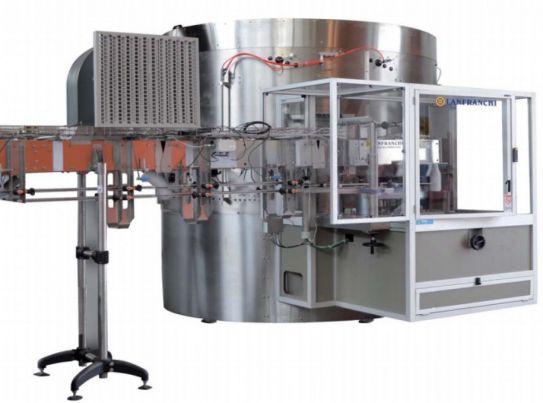
High-speed unscrambler for large bottles
Large volume plastic bottling plants need high-speed unscramblers suitable for lar...
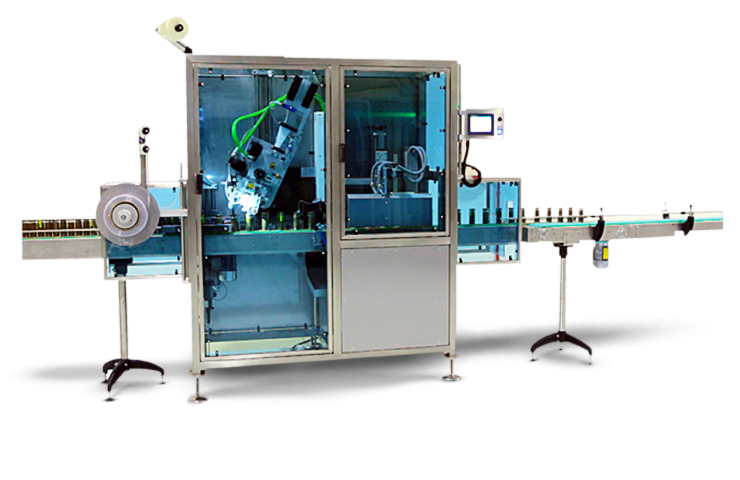
Compact shrink sleeve applicator
Adding tamper prevention to product packaging can be expensive and difficult to set up. Thi...
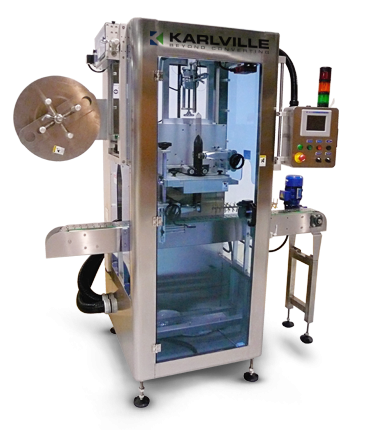
Low speed can sleeve applicator
Flexible automatic low speed application of shrink sleeving to cans is used in various indus...
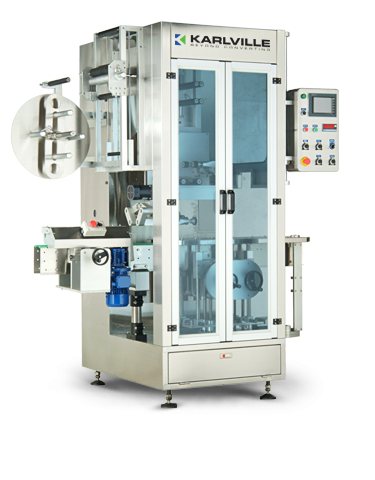
Low speed shrink sleeve applicator
A variety of industries require flexible addition of shrink sleeves to containers on the...
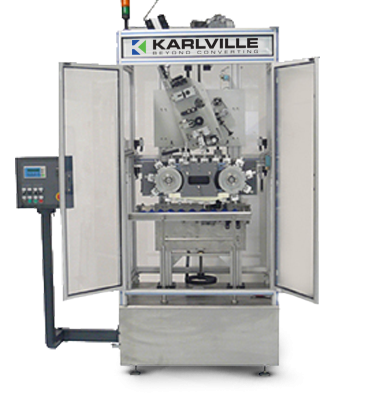
Tamper-evident sleeve applicator for caps
Reliability, continuity and changeover time are key success factors for tamper-e...
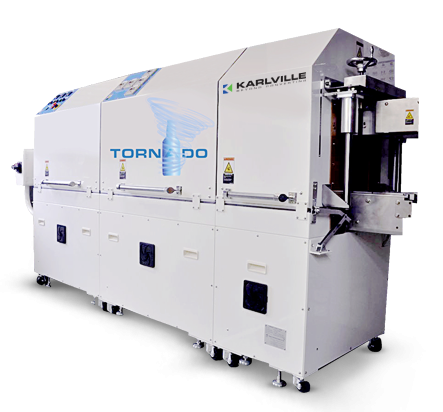
Energy efficient tunnel for sleeve application
Hot air application of shrink sleeves is much more efficient than tradition...
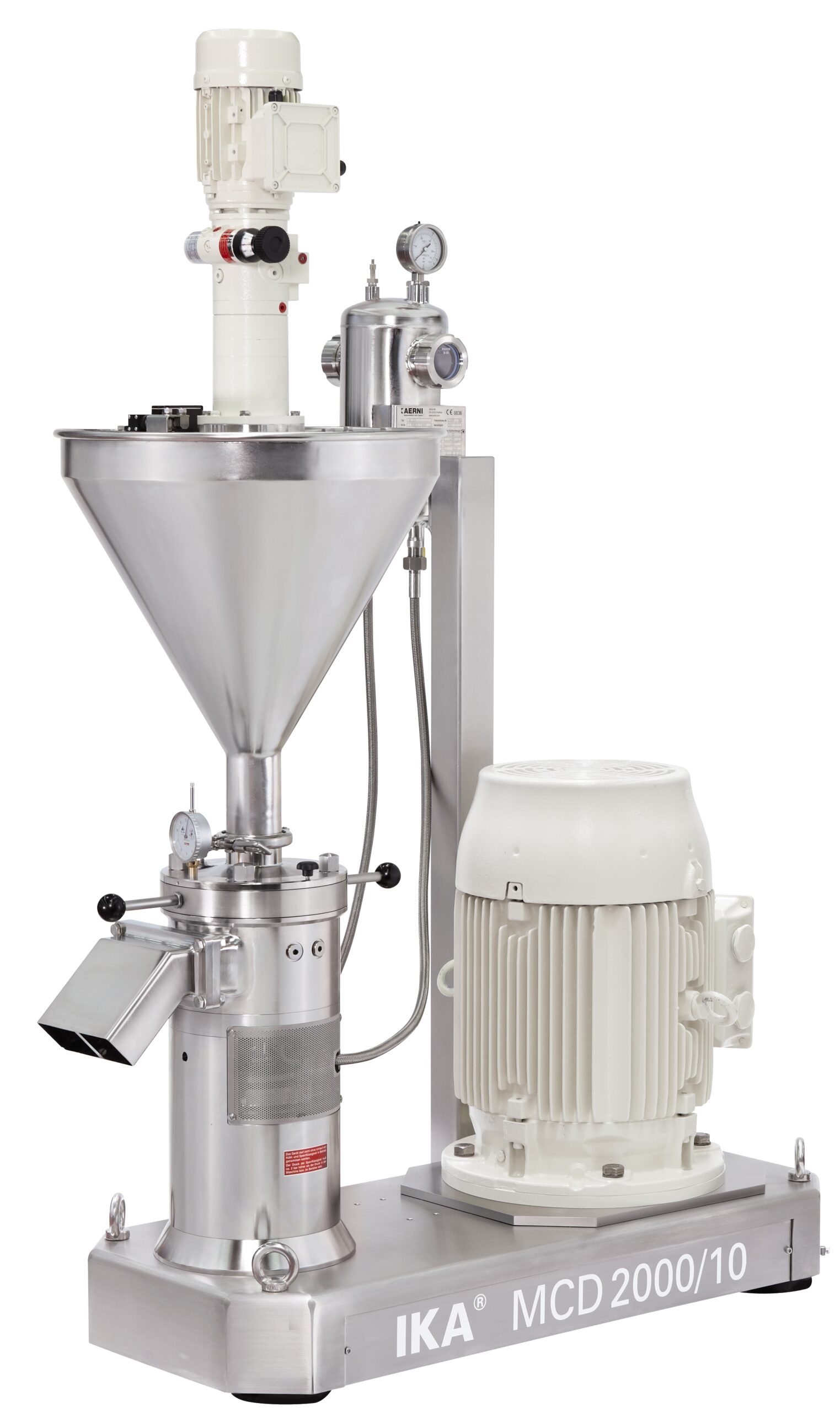
Corundum disk mill
Wet milling and grinding of viscous liquids or pastes containing solid particles such as peanut butter,mus...
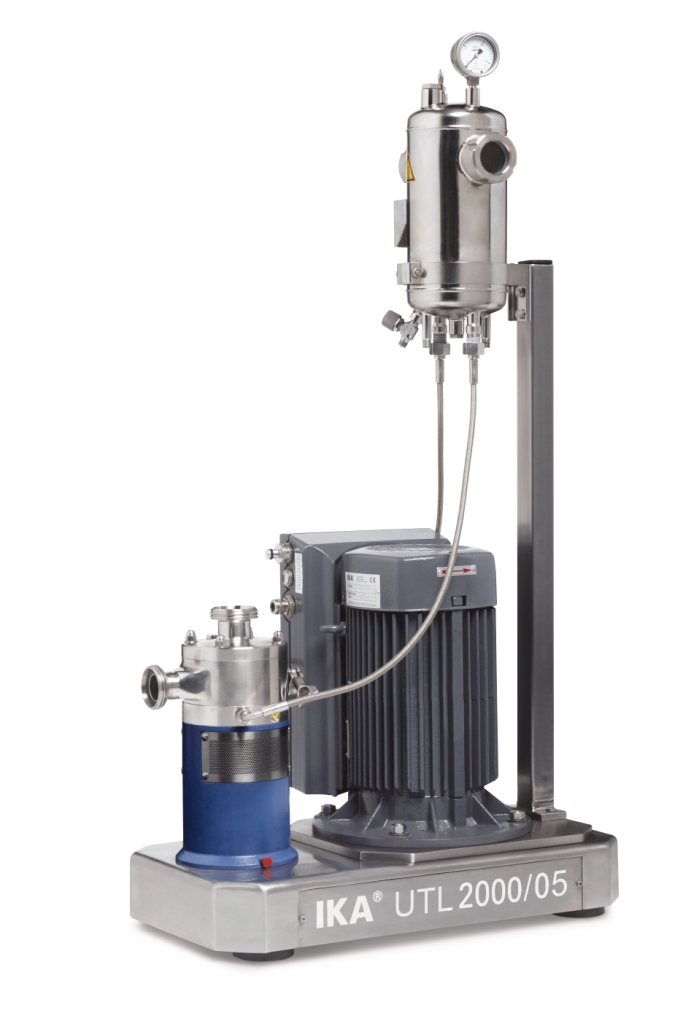
Dispersing machine for emulsions and suspensions
Equipment operating under the rotor/stator principal is often employed wh...
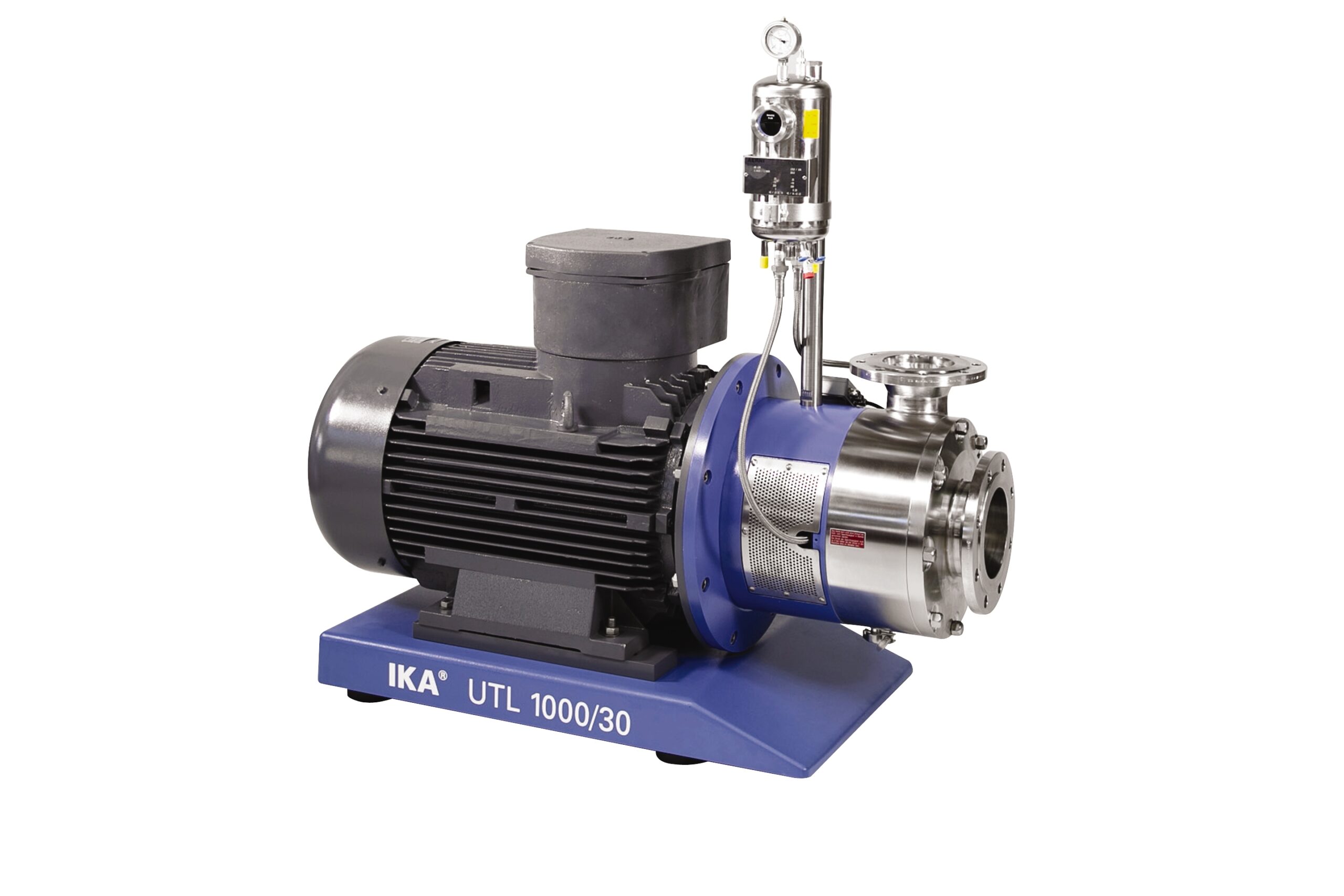
Economic dispersing machine for emulsions and suspensions
For products of medium viscosity and relatively consistent par...
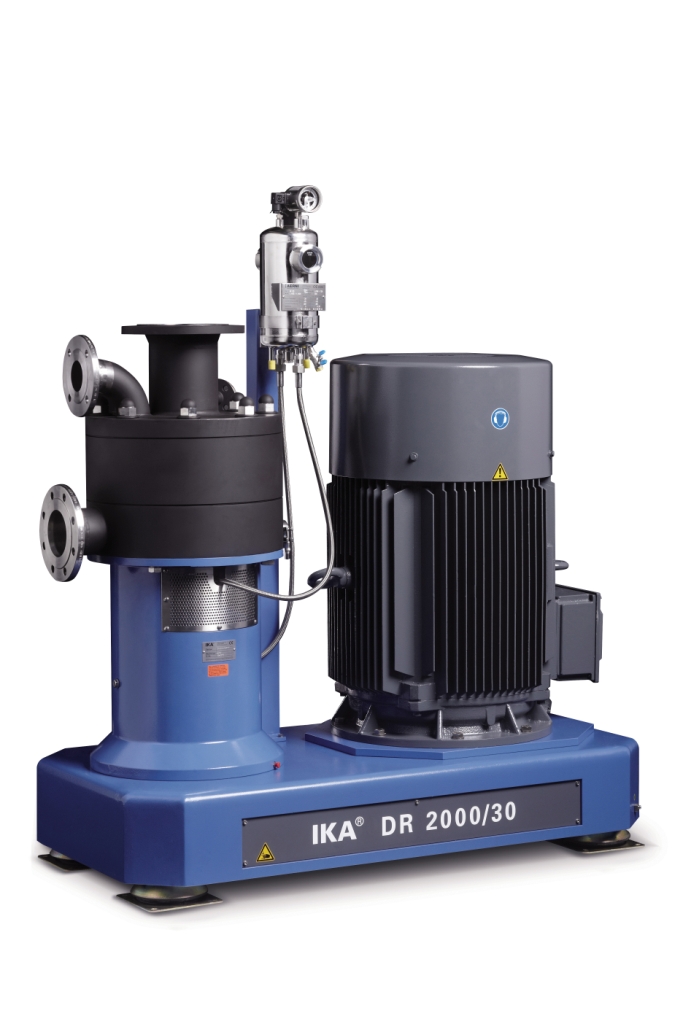
Dispersing machine for very fine emulsions and suspensions
For continuous high performance mixing of solid and liquid ra...
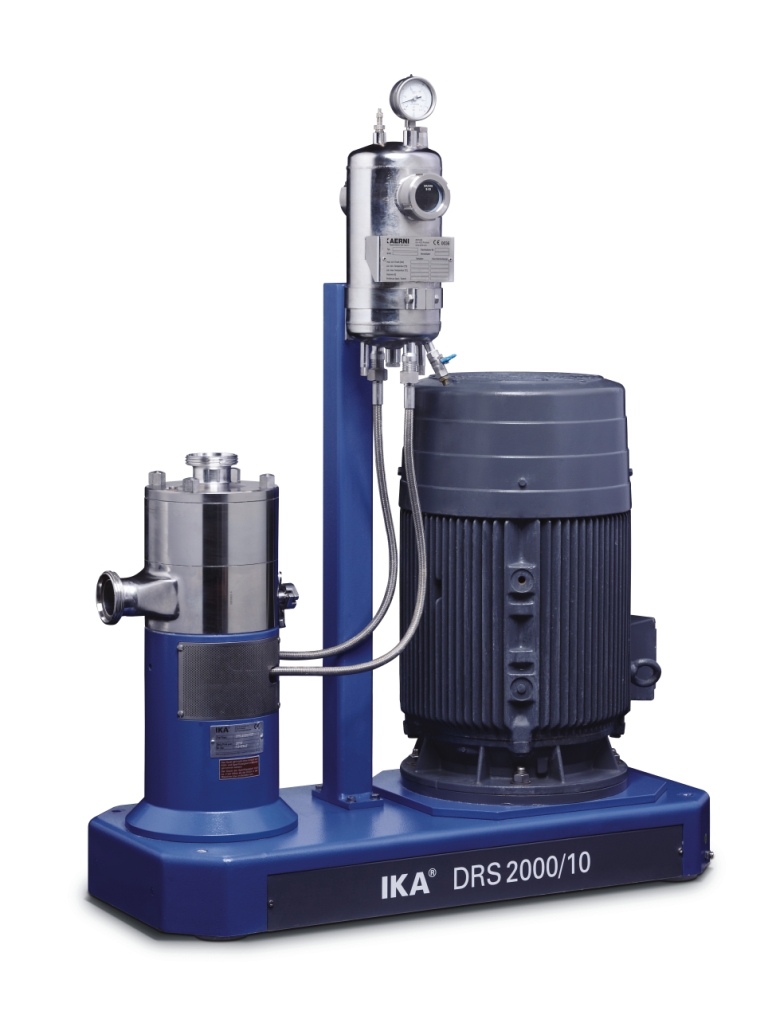
Ultra-fine dispersing machine for emulsions and suspensions
Producing the finest micro-emulsions and suspensions require...

Cone mill machine
When your raw materials include agglomorated suspensions of grainy or crystalline solids and your process n...
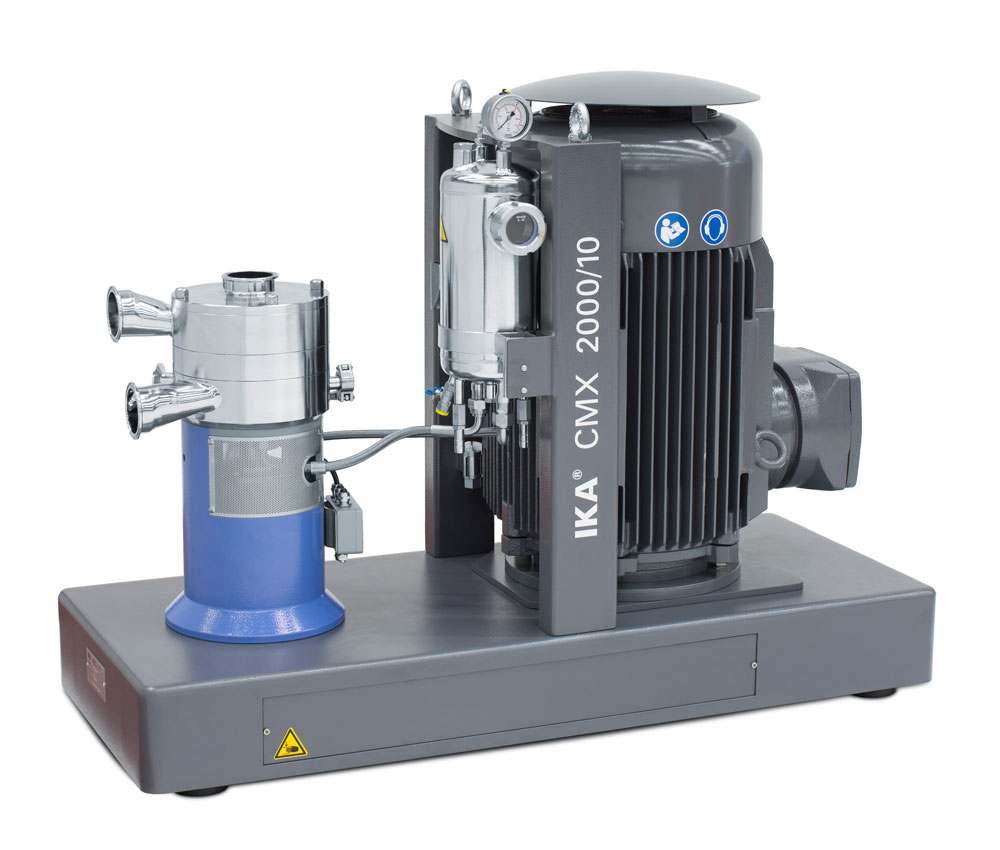
Inline batch mixer for solids and liquids
Several issues often arise when your process requires batch-wise mixing of powde...
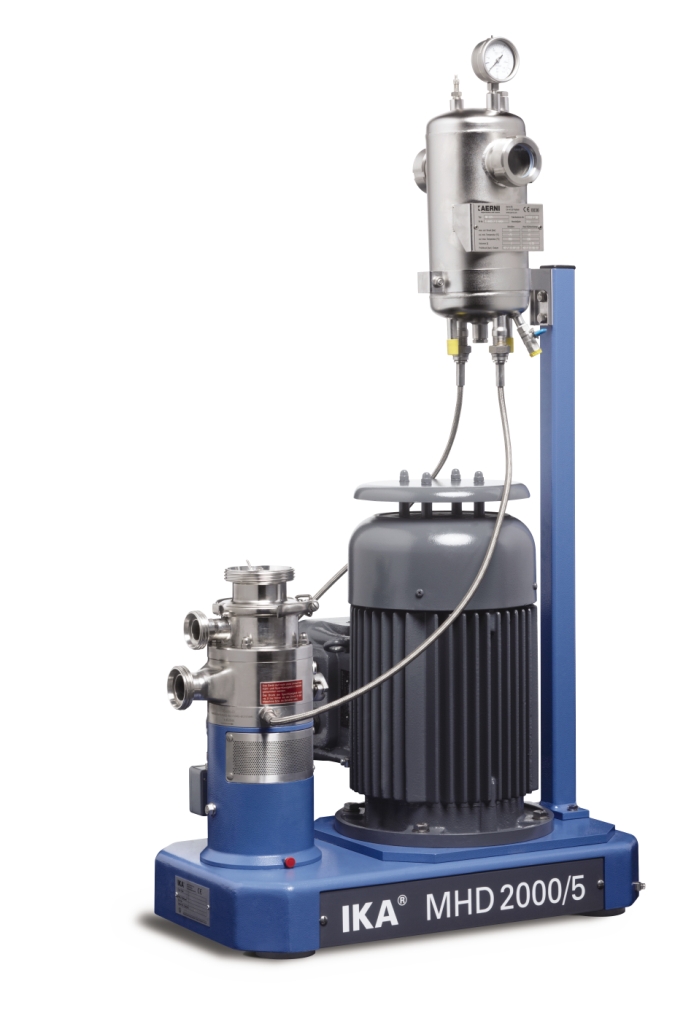
Continuous homogenizing system
Certain mixing tasks present unique challenges and manufacturers need equipment that is speci...
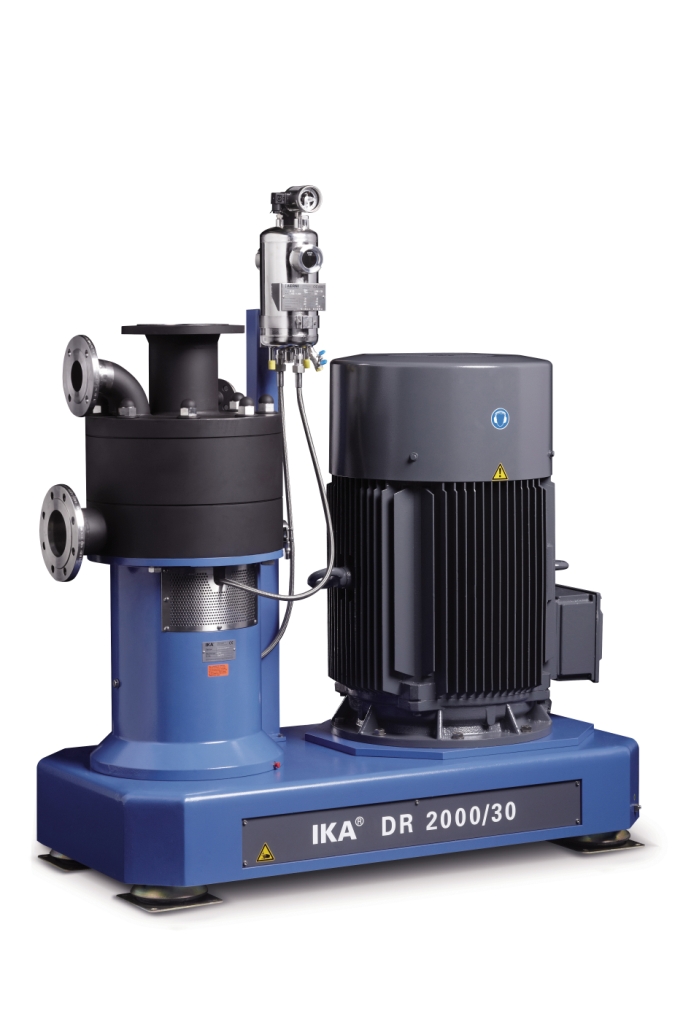
High accuracy homogenizing system
When extremely high accuracy is required in your recipe or formulation traditional mixing...
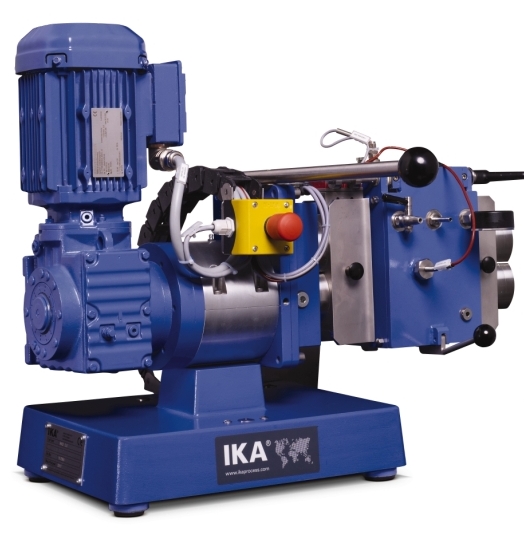
Horizontal kneader
For high viscosity products, better results and reduced process times can be achieved with kneading type r...

Vertical kneader
Production of highly viscous products with high solid content often benefits from kneading processes rather t...
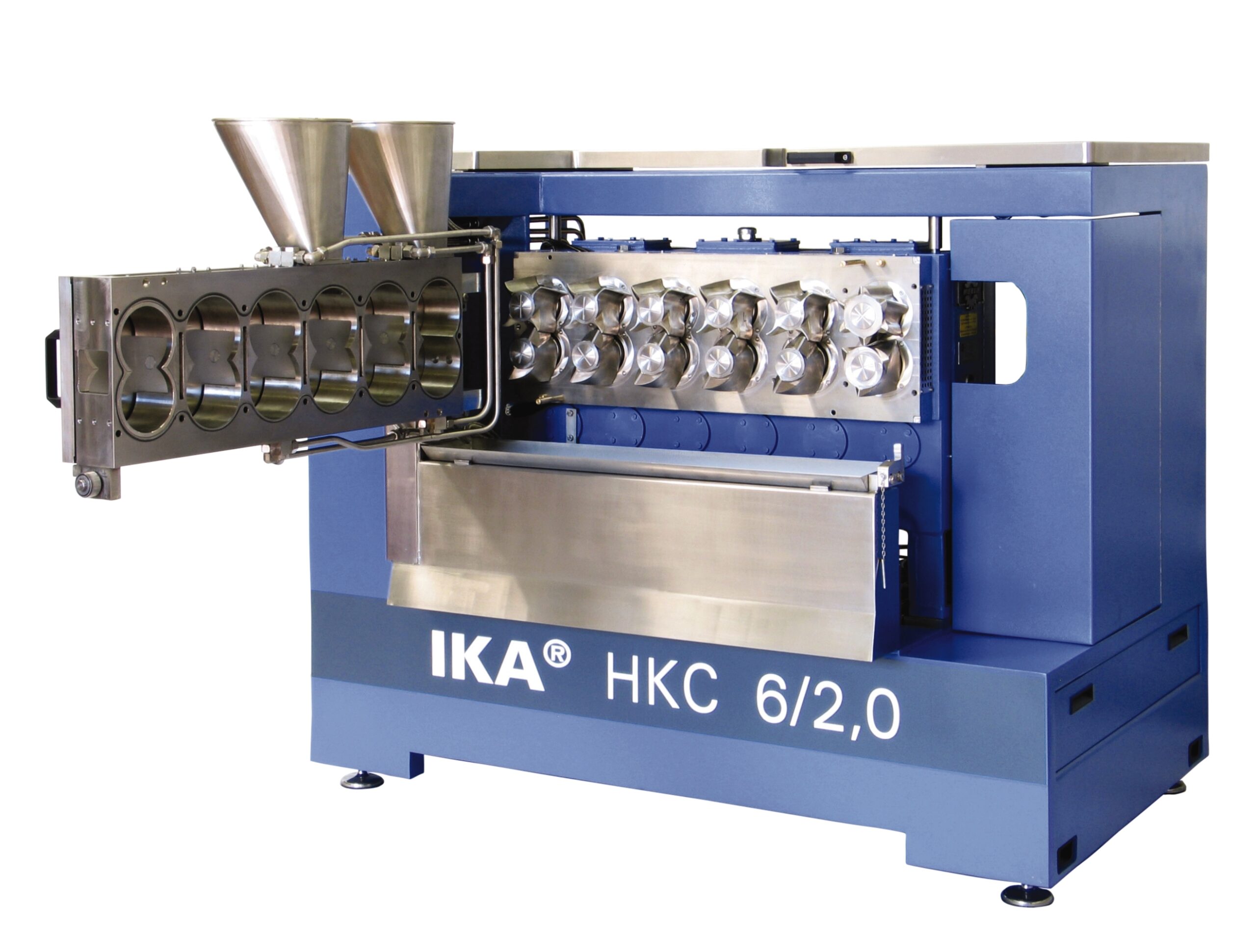
Continuous kneader
Effective mixing of highly viscous products with extremely high solids content can be difficult and the re...
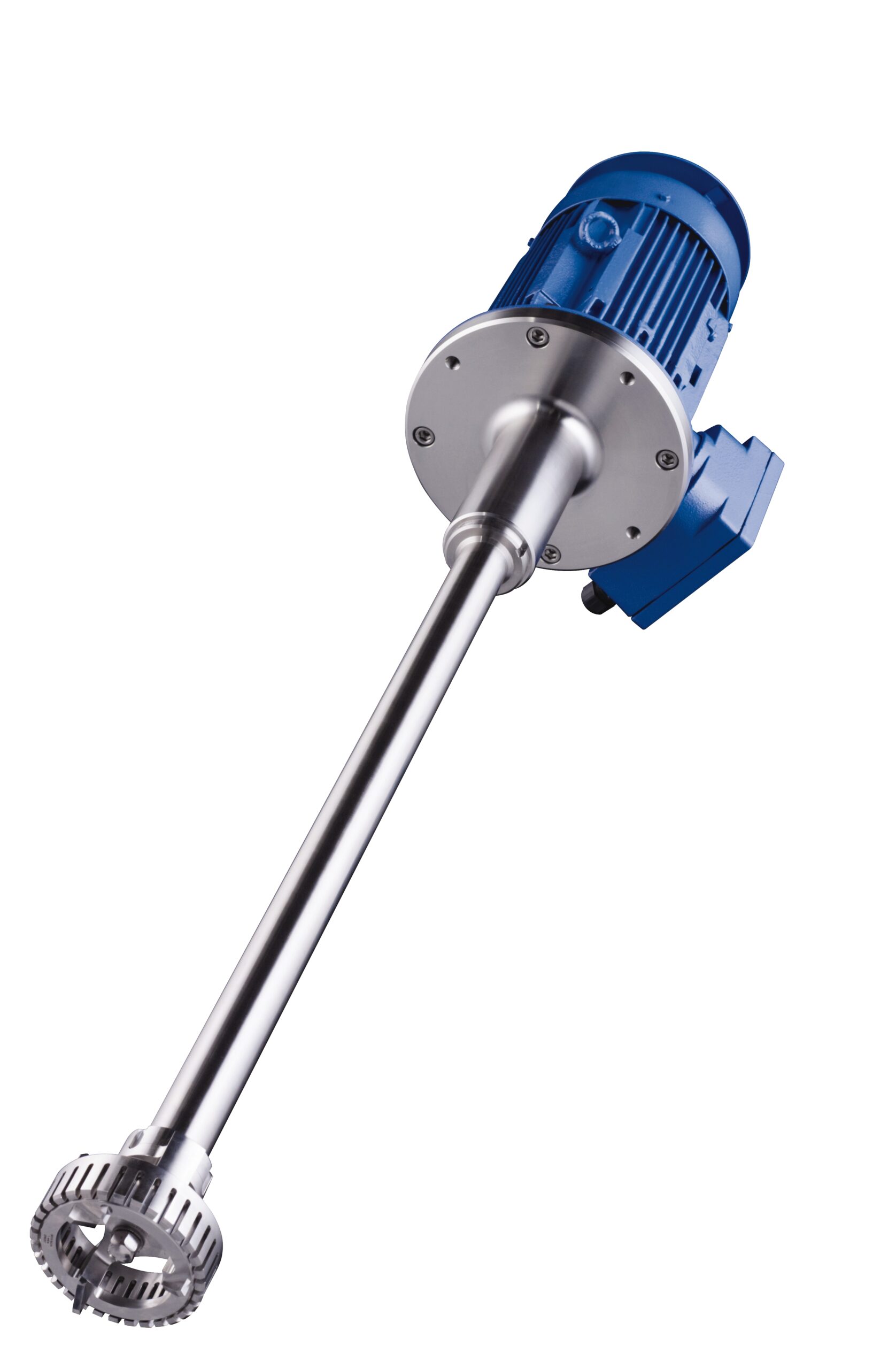
Batch dispersing machine
Equipment operating under the rotor/stator principal is often employed when more traditional methods...
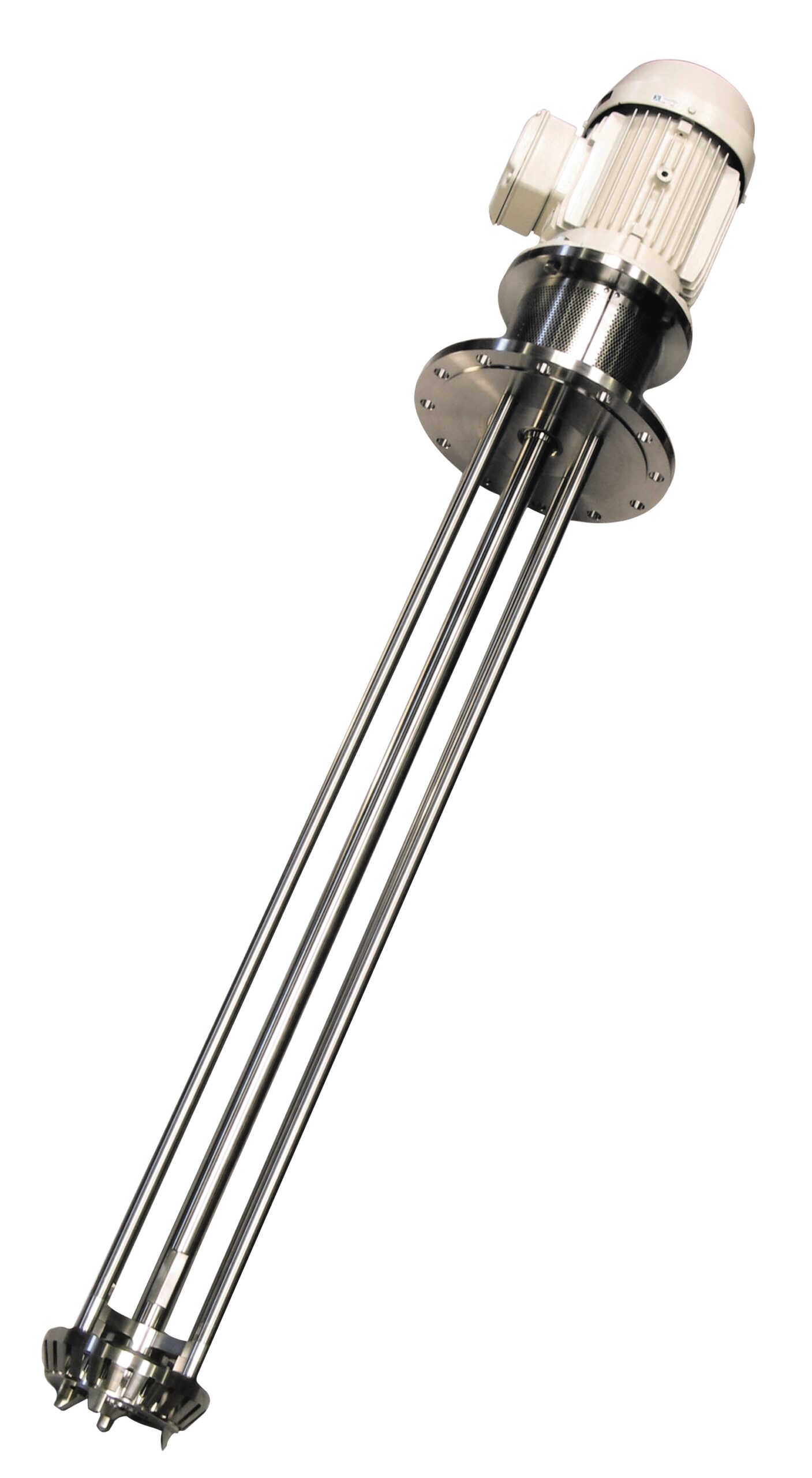
Batch dispersing machine for abrasive products
For mixing and dispersing tasks that cannot be completed by conventional st...
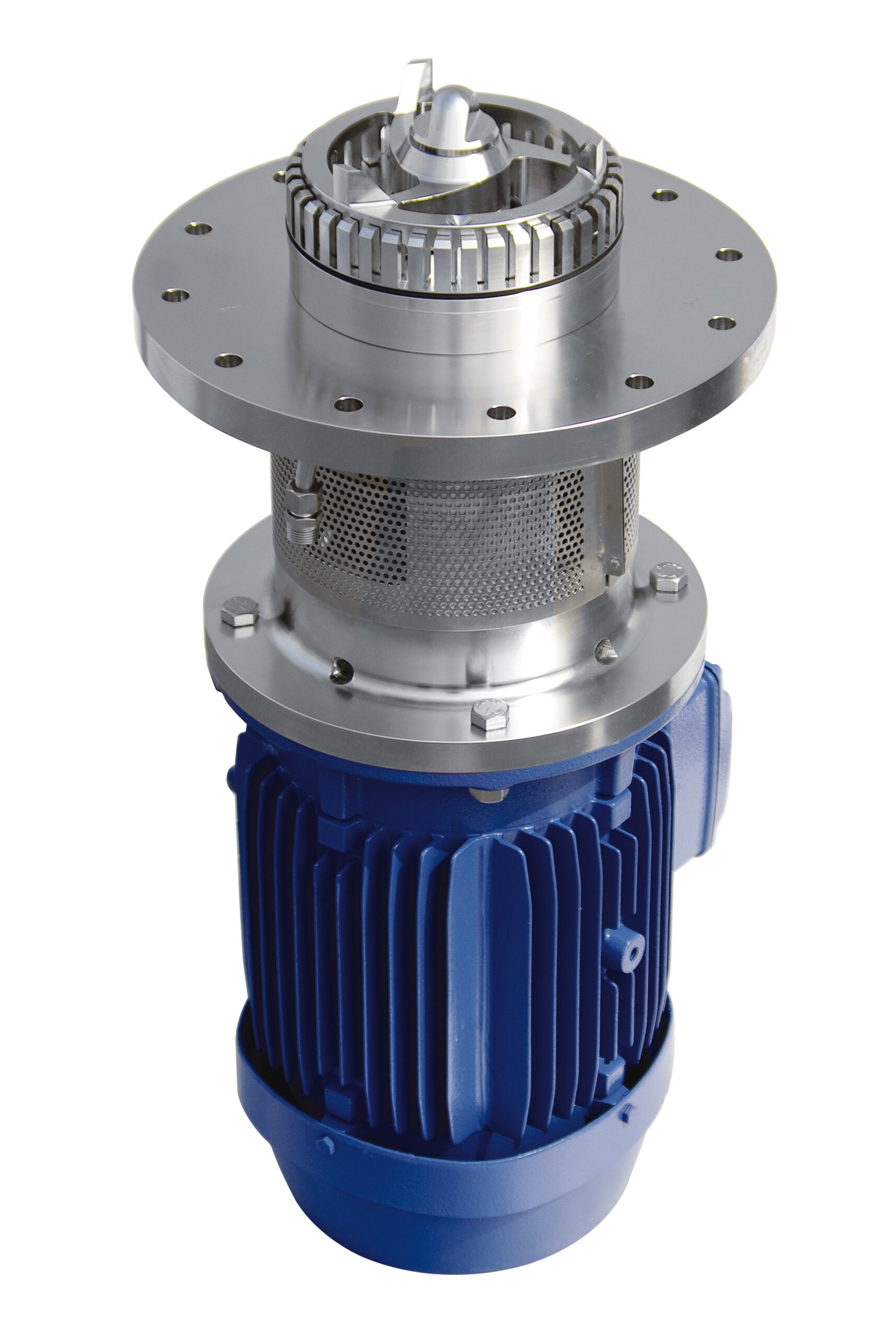
Batch dispersing machine for bottom entry into vessels
When your process requires high performance mixing or dispersion b...
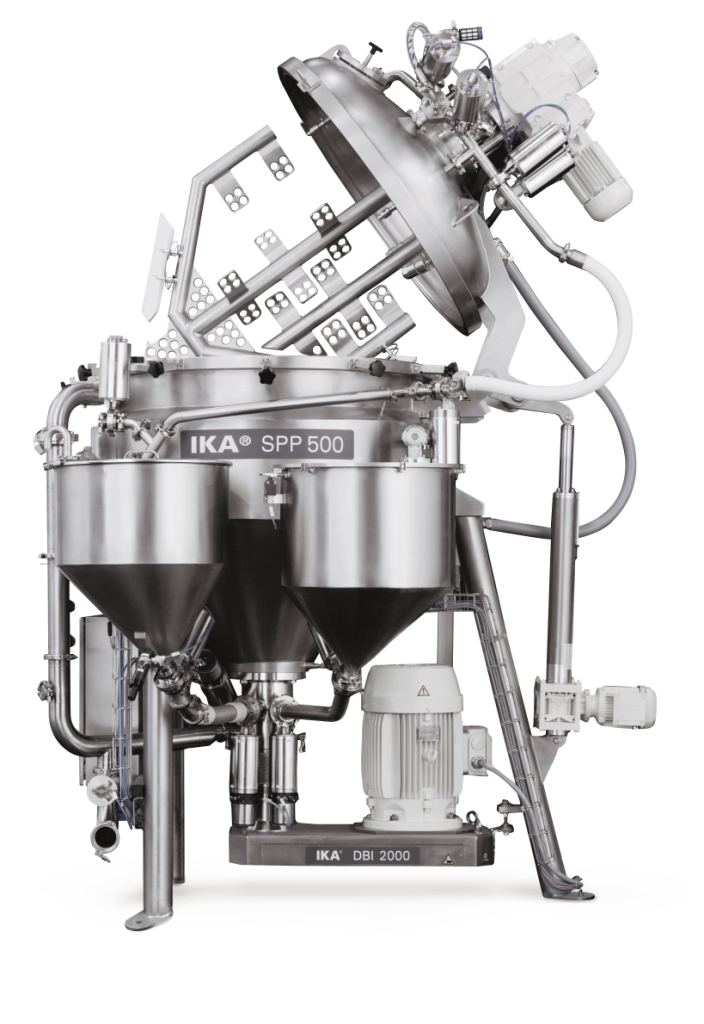
Cost-effective homogenizing and emulsifying system
Manufacturers of cosmetic products need mixing equipment that is capab...
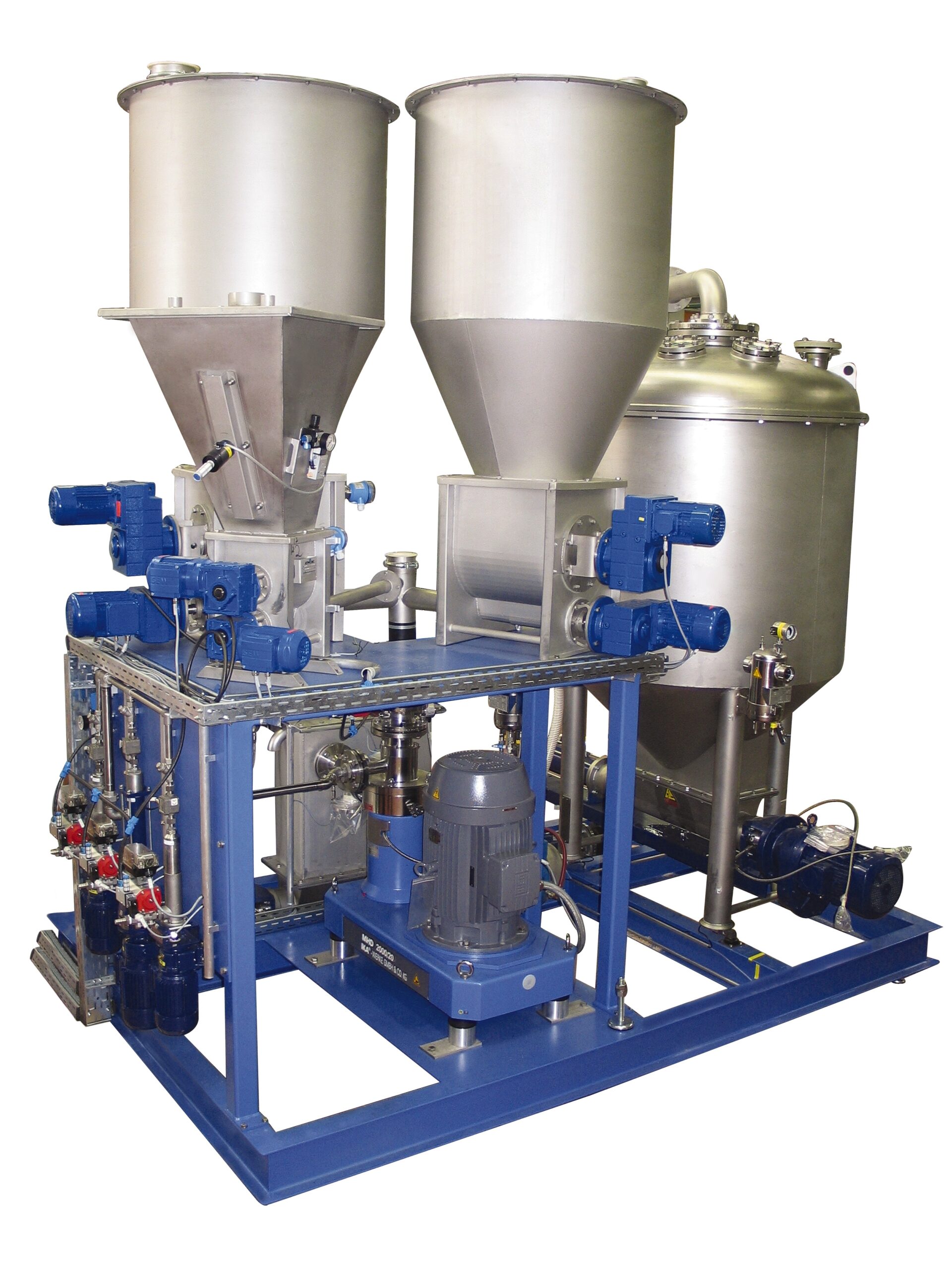
Dust-free continuous homogenizing system
Producers in a wide variety of industries benefit from equipment that can continuo...
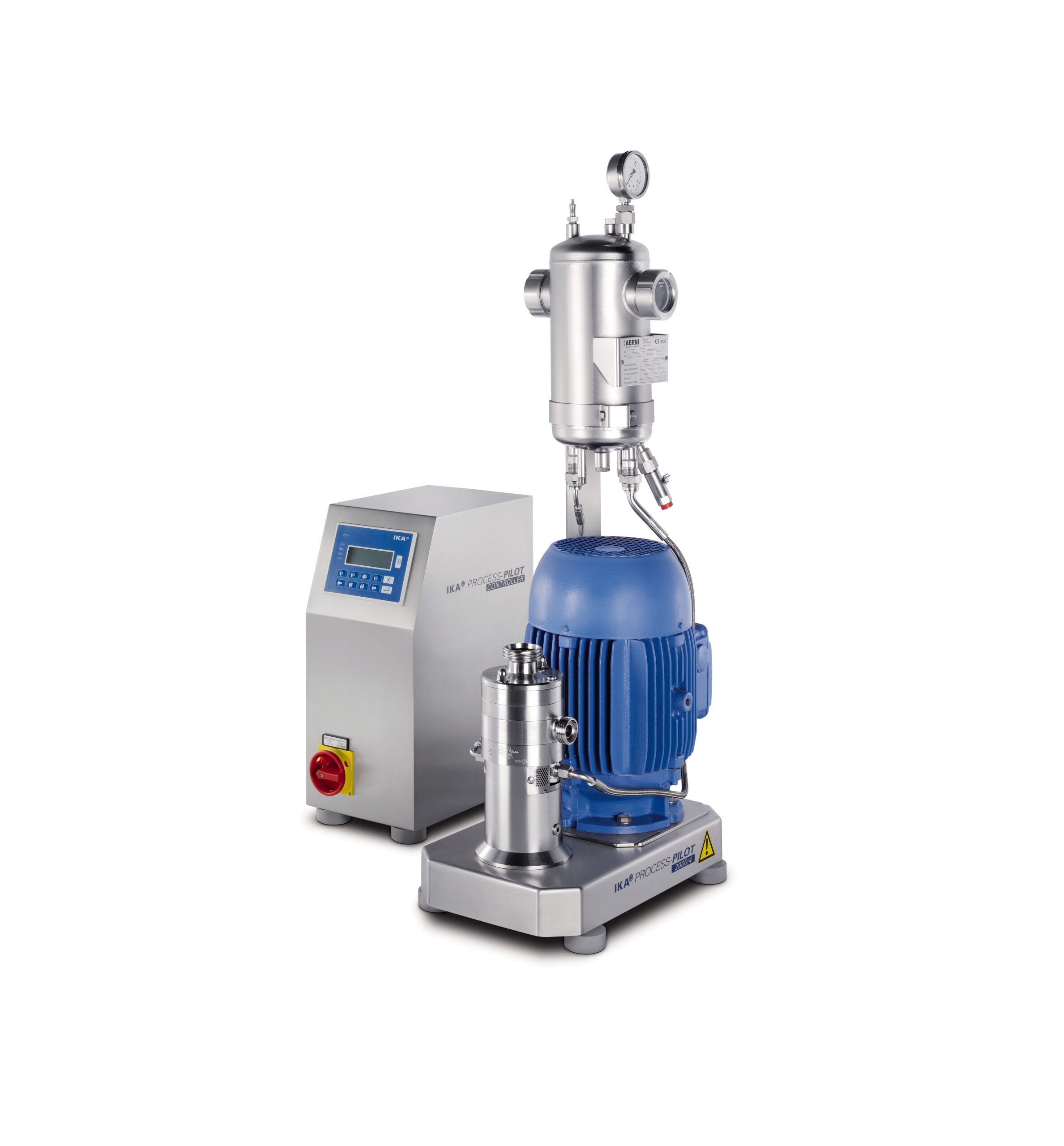
Dilution system for two or more liquids in one pass
Onsite dilution of liquid process ingredients has historically been a...
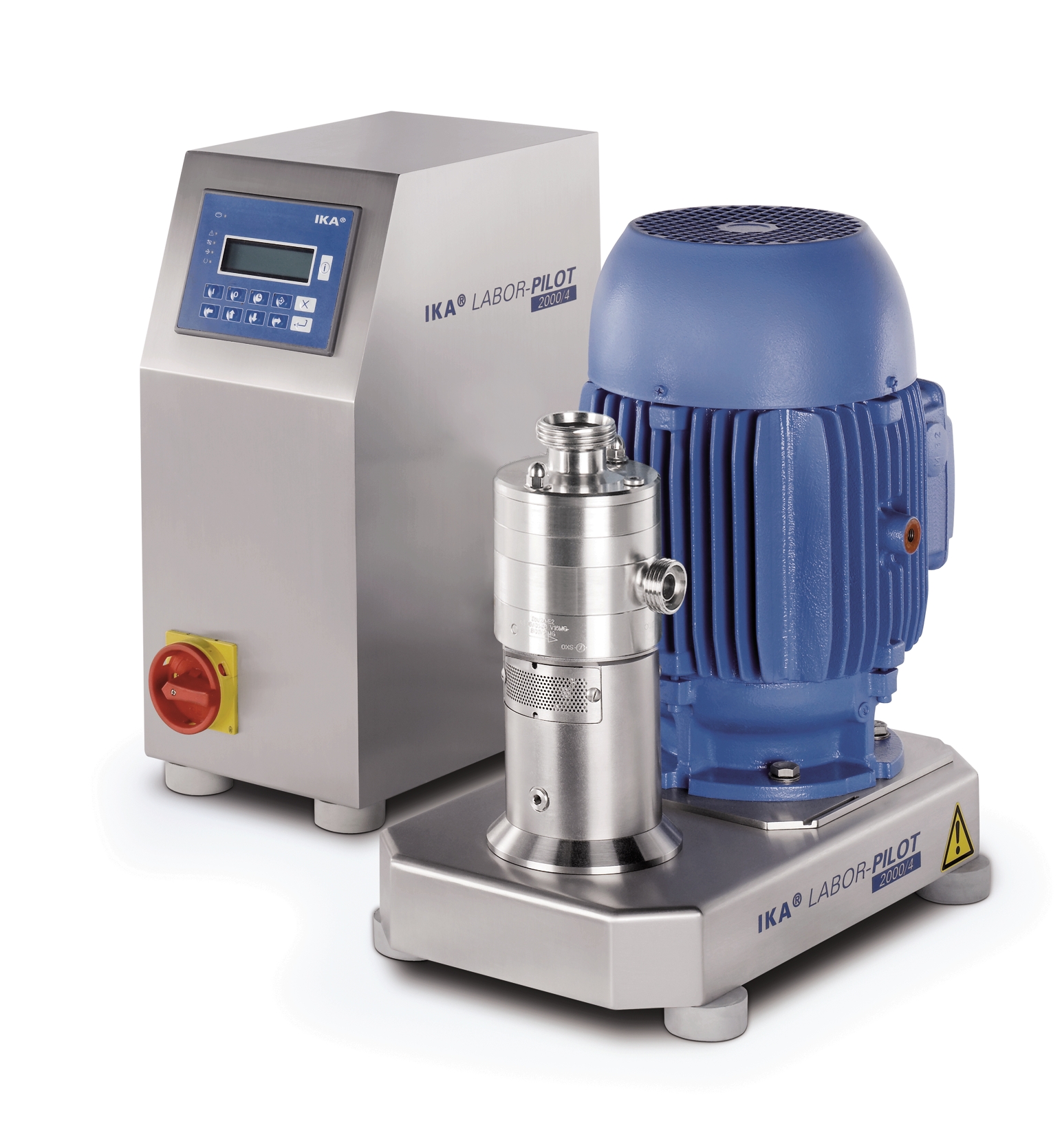
Pilot dispersing machine for testing and scale-up
Innovators in process development need laboratory equipment that helps ...
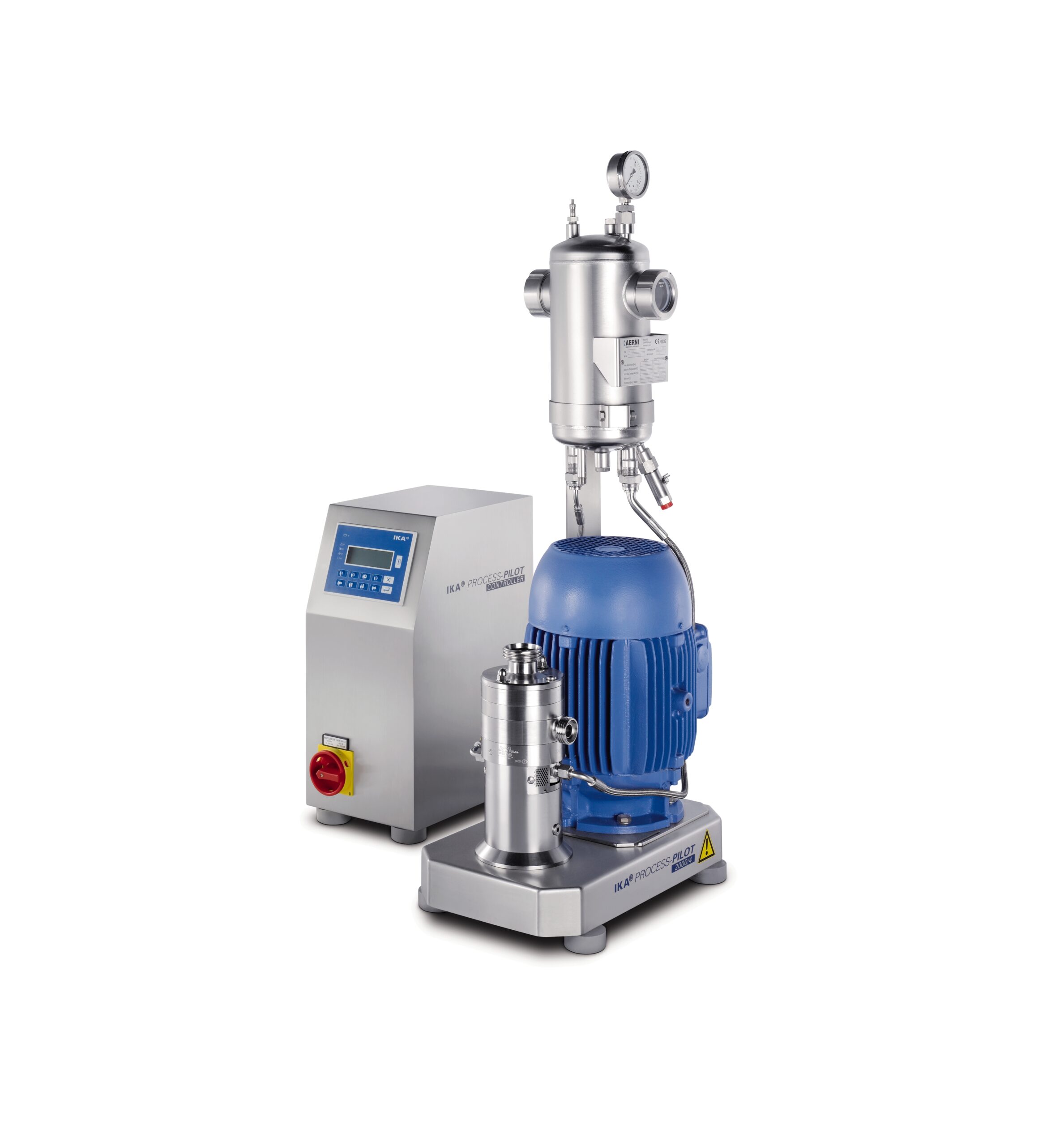
In-line laboratory dispersing machine
Innovators in a wide variety of industries need laboratory equipment on which process...
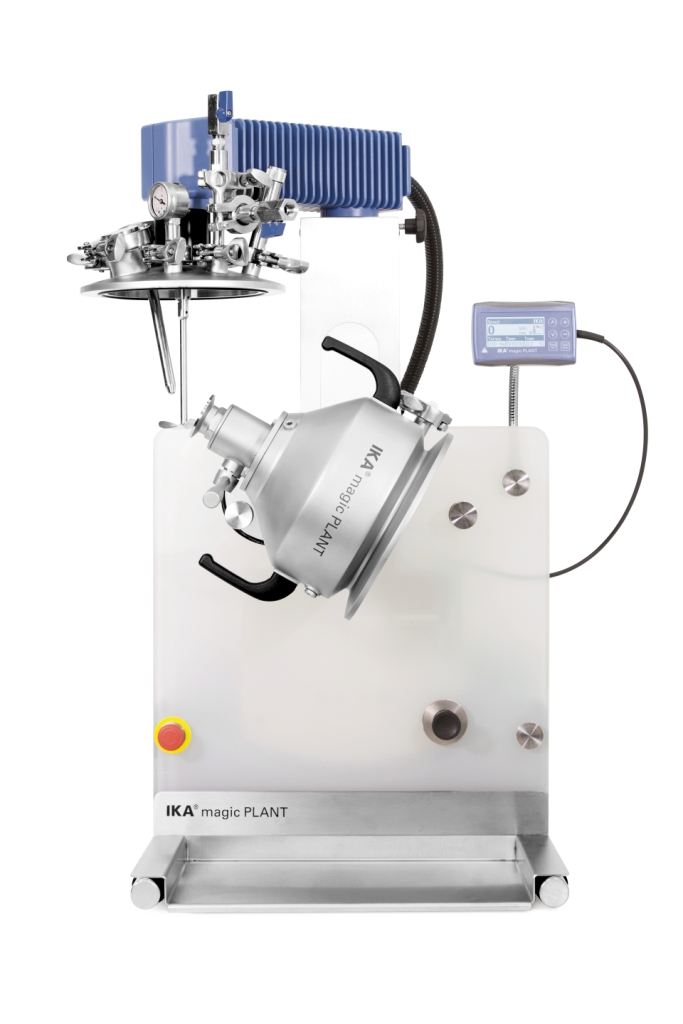
Laboratory dispersing machine for low-viscous masses
Laboratory mixers have not always been easy to work with. Getting a...
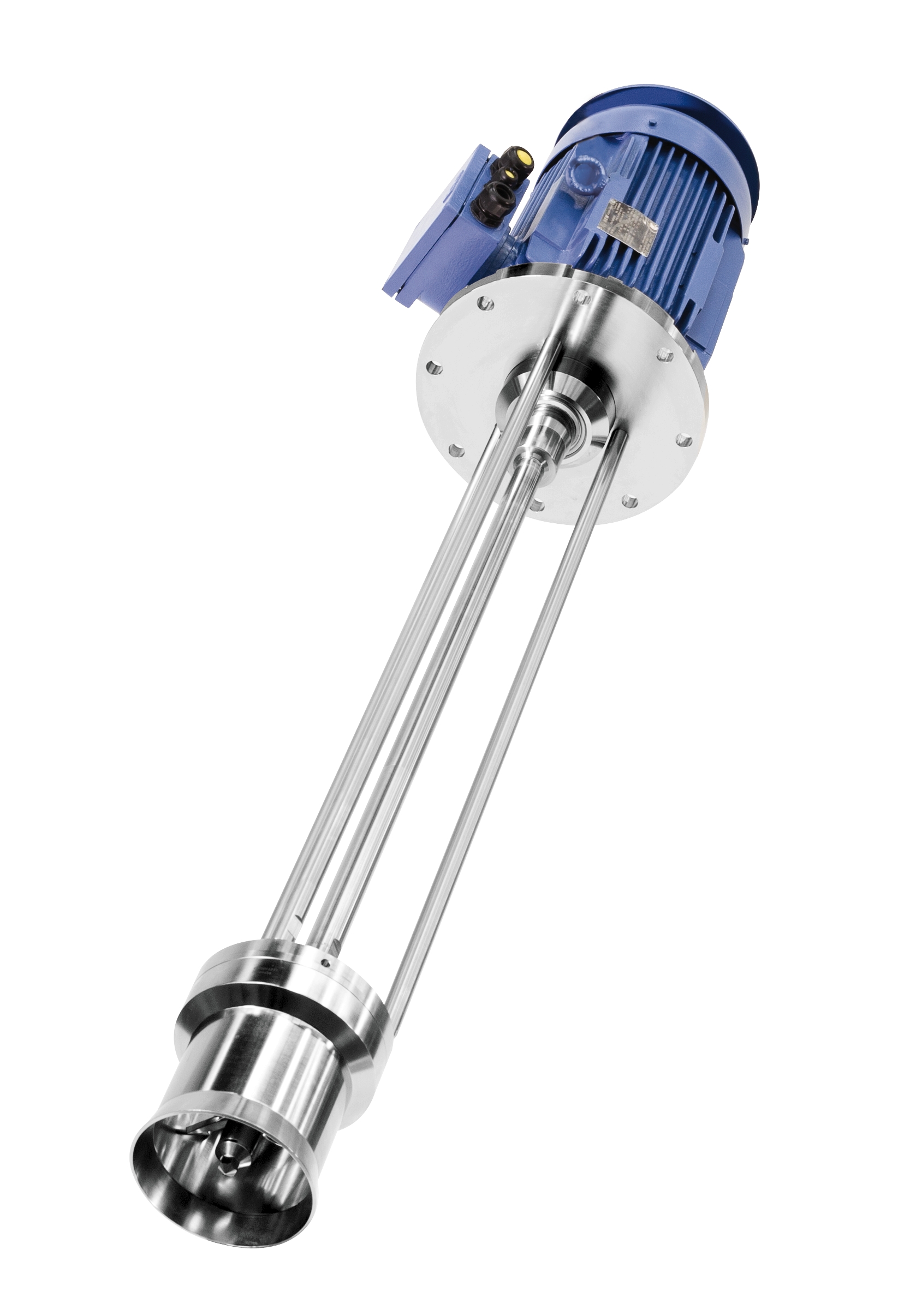
Jet flow agitator for high-viscosity media
Processes including homogenization, dispersing, suspension, emulsification and ...
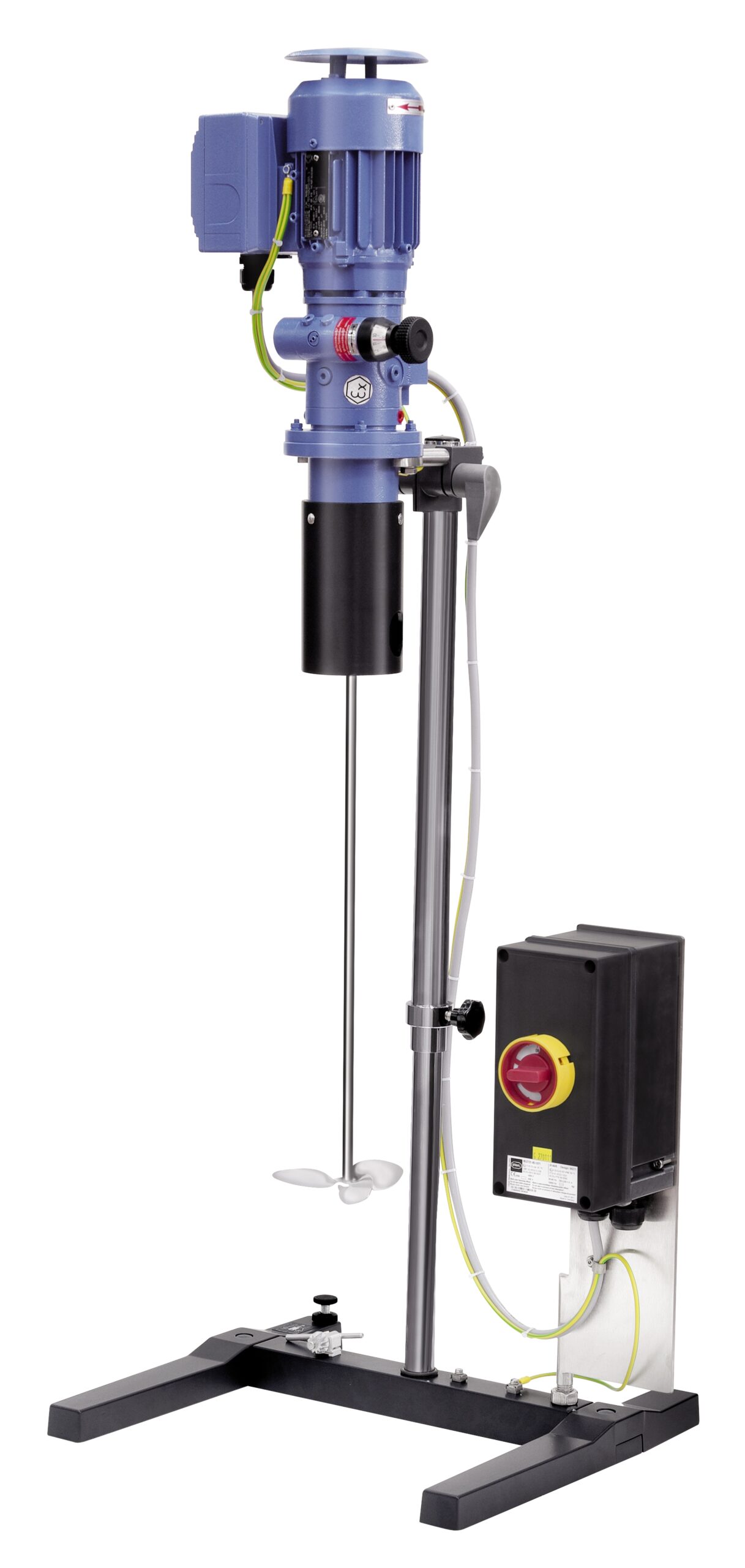
Agitator for medium viscosity media
Mixing fluids of medium viscosity for many production processes requires an agitator wi...

Agitator for low viscosity media
Reliably agitating fluids in open or pressure-less vessels in a laboratory or small scale p...
